THE GRANADA THEATRE CIRCUIT
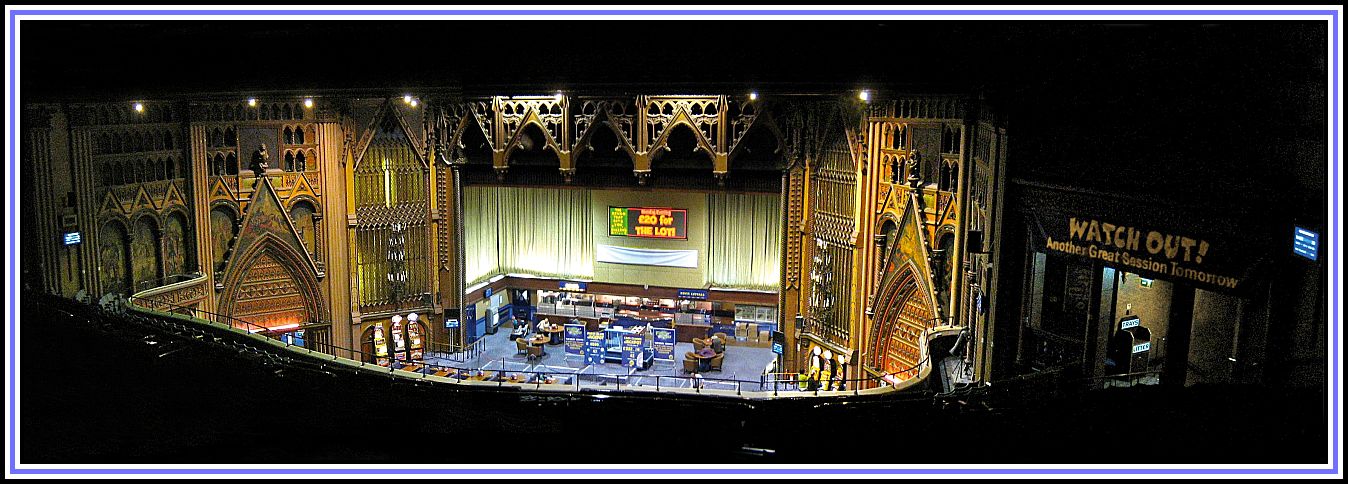 The Proscenium Arch, stage and part of the Auditorium of the Granada Theatre Tooting
The Proscenium Arch, stage and part of the Auditorium of the Granada Theatre Tooting
This panoramic view was produced by Peter Kurton
——oooOOOooo——
Please note that I have written a shorter piece on The Granada Theatre Tooting at the Playing Bingo website.
What follows represents a piece which is more cinema-orientated
and contains much more information about the theatre and its background.
——oooOOOooo——
PART NINE: THE GRANADA THEATRE TOOTING
What do the Stonehenge, The Tower of London and a number of other high-profile buildings have in common with the Gala Tooting? No, this is not a riddle or a trick question. Give up?
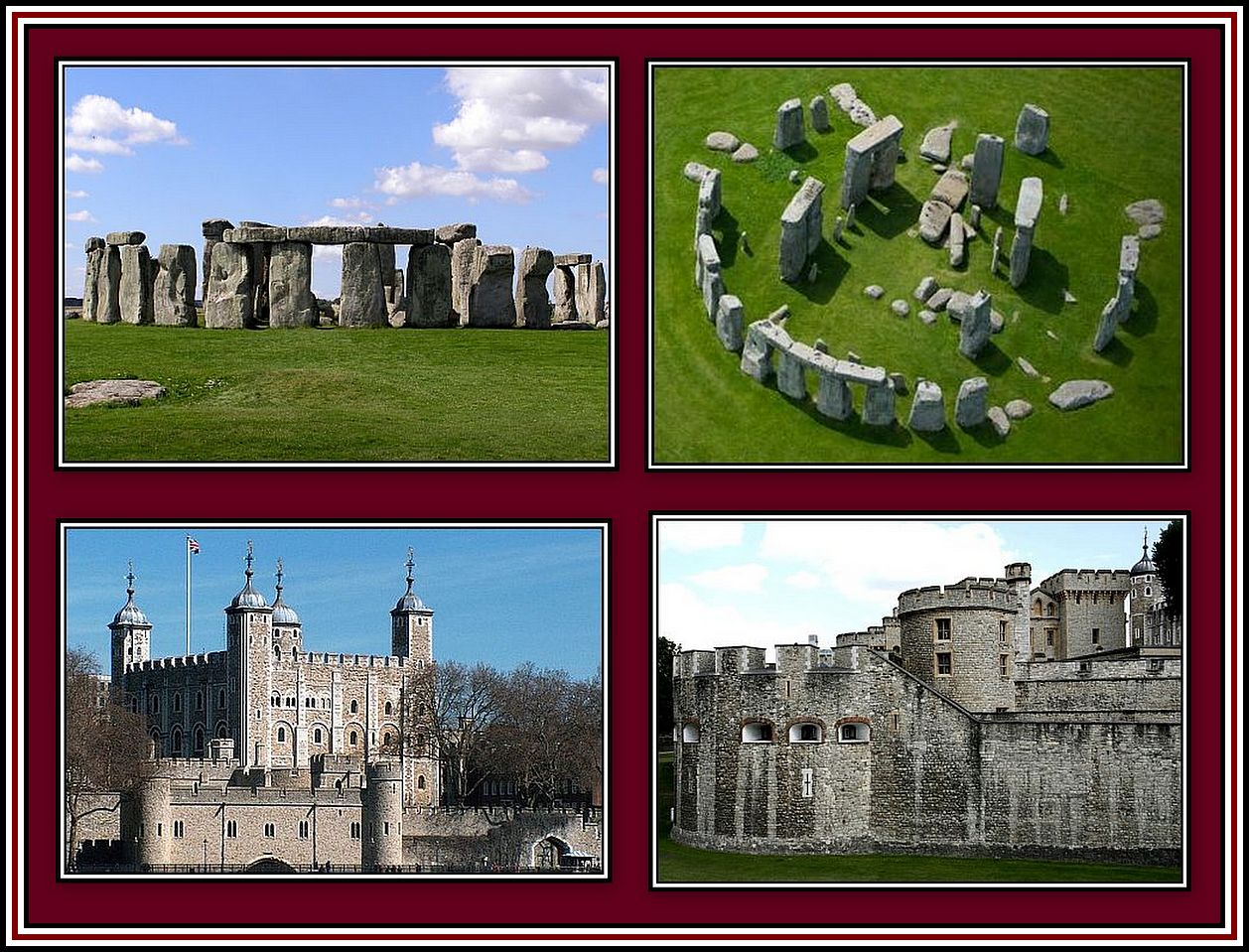 Top: Stonehenge; Bottom: The Tower of London
Top: Stonehenge; Bottom: The Tower of London
Well as of 2000, the Gala Tooting joined these and other national treasures as a listed Grade I building as designated by English Heritage. Yes, a cinema/theatre joined the ranks of Manchester’s Town Hall and Westminister Abbey – can you believe this?
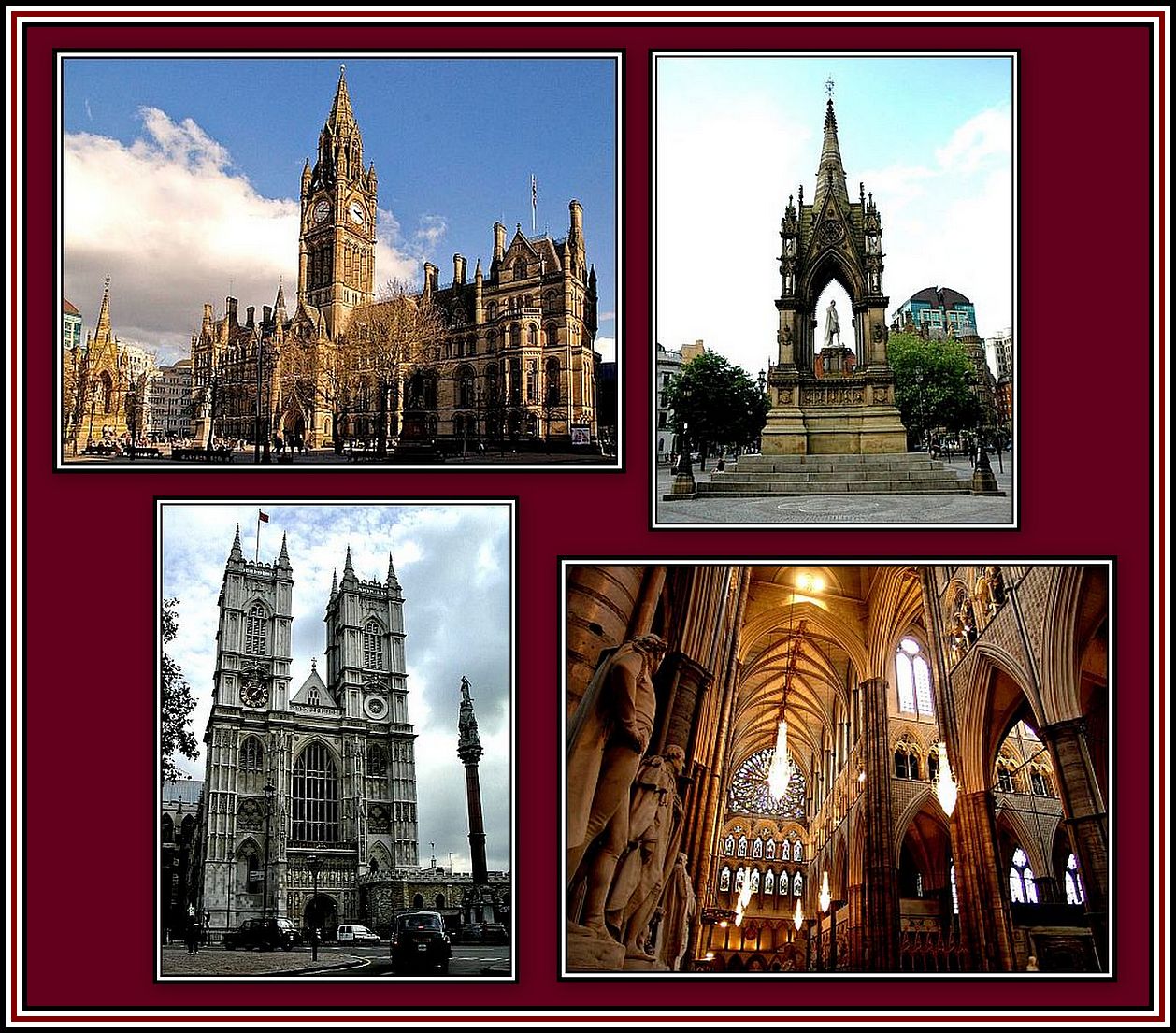 Top Left: Manchester Town Hall; Top Right: Albert Memorial, Manchester;
Top Left: Manchester Town Hall; Top Right: Albert Memorial, Manchester;
Bottom: Westminster Abbey
Was this done because the Board of Trustees of English Heritage enjoys a game of Eyes Down for relaxation? Although the answer to this question remains unknown, it seems that it considers the Gala Bingo Club Tooting to be of value to the nation and worthy of nurturing for future generations to enjoy. It is the first such edifice to be granted this honour, which is not purely symbolic, but rather allows the owners to apply for public funding to help maintain the building.
I am happy that the Gala Tooting has been elevated to these dizzy heights, as I can attest to it being a spectacular building and well-deserving of preservation. Hopefully it will soon be returned to how it looked when it opened as a cinema on 7th September, 1931, as the Granada Theatre Tooting, the Flagship of The Granada Theatre Circuit.
Note the Granada TV Rentals shop to the left of the Theatre
——oooOOOooo——
Just for the record, I am pleased to announce that English Heritage have also granted this honour to three buildings close to my heart: The Bevis Marks Synagogue in Aldgate, which is almost next door to my old school, Sir John Cass Foundation School; The Church of John on Bethnal Green, which is where my mother and later, me, were christened; and Dr. Johnson’s House. I like Dr. Johnson’s writings, as well as those of Boswell and find their remarks both cutting and amusing.
 Left: The Bevis Marks Synagogue; Middle: Church of St. John on Bethnal Green;
Left: The Bevis Marks Synagogue; Middle: Church of St. John on Bethnal Green;
Right: Dr. Johnson’s House
——oooOOOooo——
As with the Granada Theatres at Dover and Walthamstow and with the Phoenix Theatre in the West End, the Granada Theatre Tooting was the work of Cecil A. Masey and Theodore Komiarjevsky. However before launching into describing the magnificent work that Cecil Masey and Theodore Komisarjevsky did in the construction of this theatre, I would like to raise an interesting point. Until I began to look into the building of the Granada Theatre Tooting, I had found no controversy regarding the sites chosen for the building of Mr. Bernstein’s previous Granada Theatres at Dover and Walthamstow or for later theatres for that matter.
Mr. Bernstein employed a number of people to travel around the country with the specific aim of finding suitable sites for the building of new cinemas. Some met with a good response from the various councils and other interested parties while others seem less warm. Mr. Bernstein was known to be patient and waited for a suitable site to become available.
Were the chosen sites for Granada Theatres in areas in need of redevelopment and where houses and shops were in need of demolition? In the case of the Granada Theatre Walthamstow, Sidney Bernstein’s new theatre replaced the older and less spacious Victoria Hall and his plans were not held up by any controversy.
It needs to be remembered that, by necessity, cinemas and theatres were built where there was an audience-in-waiting. They were not built in the countryside or on park land, but in town and city centres and in heavily populated suburbs where the owners were guaranteed patrons eager to go to the pictures.
The site chosen for the building of the Granada Theatre Tooting was on Mitcham Road just a few hundred yards from Tooting Broadway in the Borough of Wandsworth.
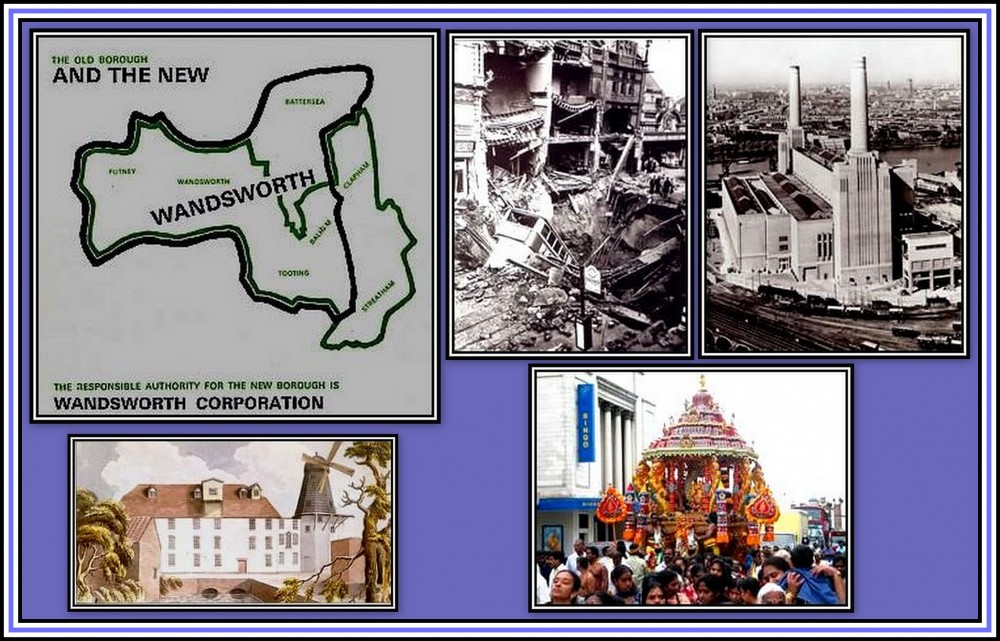 The Borough of Wandsworth
The Borough of Wandsworth
Top Left: Map of the Borough after the new border was drawn in 1965
Top Middle: The disaster at Balham during the Second World War (64 people killed)
Top Right: The building of Battersea Power Station
Bottom Left: Brazil Mill; Bottom Right: Hindu Festival with the Granada Theatre to the left
Today Mitcham Road is a busy road with shops and heavy traffic. However pre-1930, Tooting was on the cusp of becoming a large and busy centre within London. Where the Granada Theatre now stands was once a little village known as Salvador that remained hidden while Tooting grew.
——oooOOOooo——
Allen Eyles in his book, The Granada Theatres, makes mention of a cutting from a scrapbook at the local history library that states that the theatre replaced an historic area. According to the report mentioned in the cutting, Salvador was a small village hidden from the developing throng around it. The village consisted on a small beer house, called The Britannia and one or two shops that were sufficient for the inhabitants who lived in little cottages with long gardens, which were apparently cultivated to the full.
The village of Salvador must have been an idyllic setting since, according to the cutting, a number of its inhabitants never put so much as a foot outside of the place. Sounds a bit like the lives of the Emperors of China who were forbidden to leave The Forbidden City. Despite this, I have to confess that the description of the village made it sound too wonderful to be true ……. rather like a Shangri-La in the midst of a growing South London!
Naturally, at the thought of such an idyllic place, my imagination quickly runs away with itself. I can easily imagine a place with a village green surrounded by ancient trees whose constantly green foliage is gently rustled by the cool breezes blowing back and forth across the village. I can imagine a place where flowers are forever in bloom; a place where maidens and youths frolic in meadows throughout the day watched by cows chewing the cud with daisy chains on their heads; a place where days were forever sunny and sunsets endless and covered the village in a golden hue. Oh yes, a place where no one aged and where everyone lived happily without a smart phone and still read books and actually had interesting conversations. And where English Beer was on draft at The Britannia and English Cheddar Cheese was always available for a Ploughman’s Lunch! (I feel a sigh coming on!)
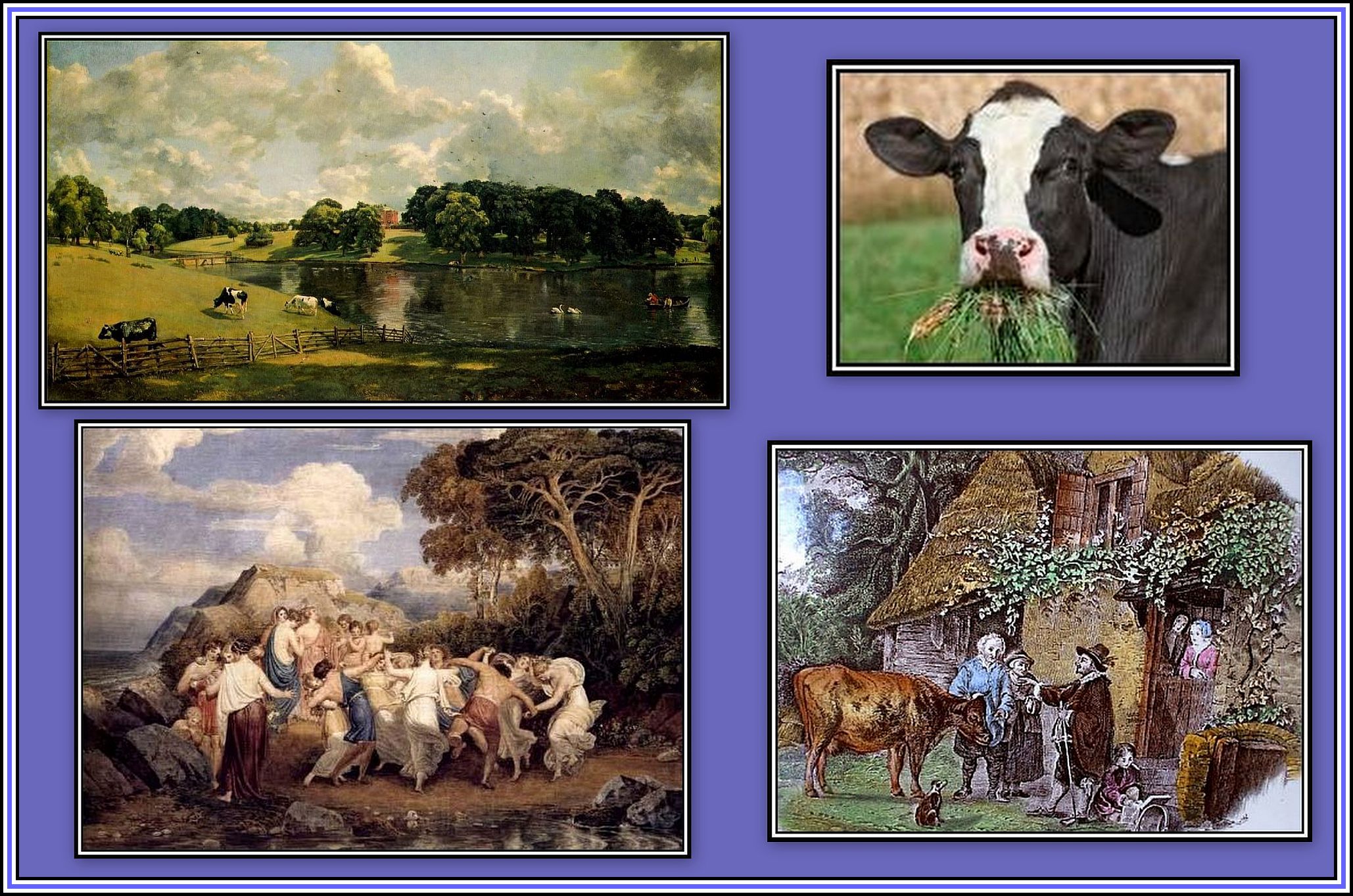 Nymphs & Shepherds
Nymphs & Shepherds
Top Left: Wiuvenhoe Park by John Constable (1776-1837)
Bottom Left: Nymphs & Shepherds by Joshua Cristall (1767-1847)
Bottom Right: selling a cow
Traditionally, this was eaten in the field by farm labourers and consisted of some crusty bread, cheese and water or beer;
Top Left: The Ale House Door by Henry Singleton (1766-1839)
Perhaps James Hilton had this place in mind when he wrote Lost Horizon! The cutting next says that the building of the Granada resulted in practically wiping out Salvador. Seemingly ……. half of the houses and the quaint little alleys were cleared away for the great cinema, which now stands on the site and the tremendous Granada over-shadows the remaining cottages.
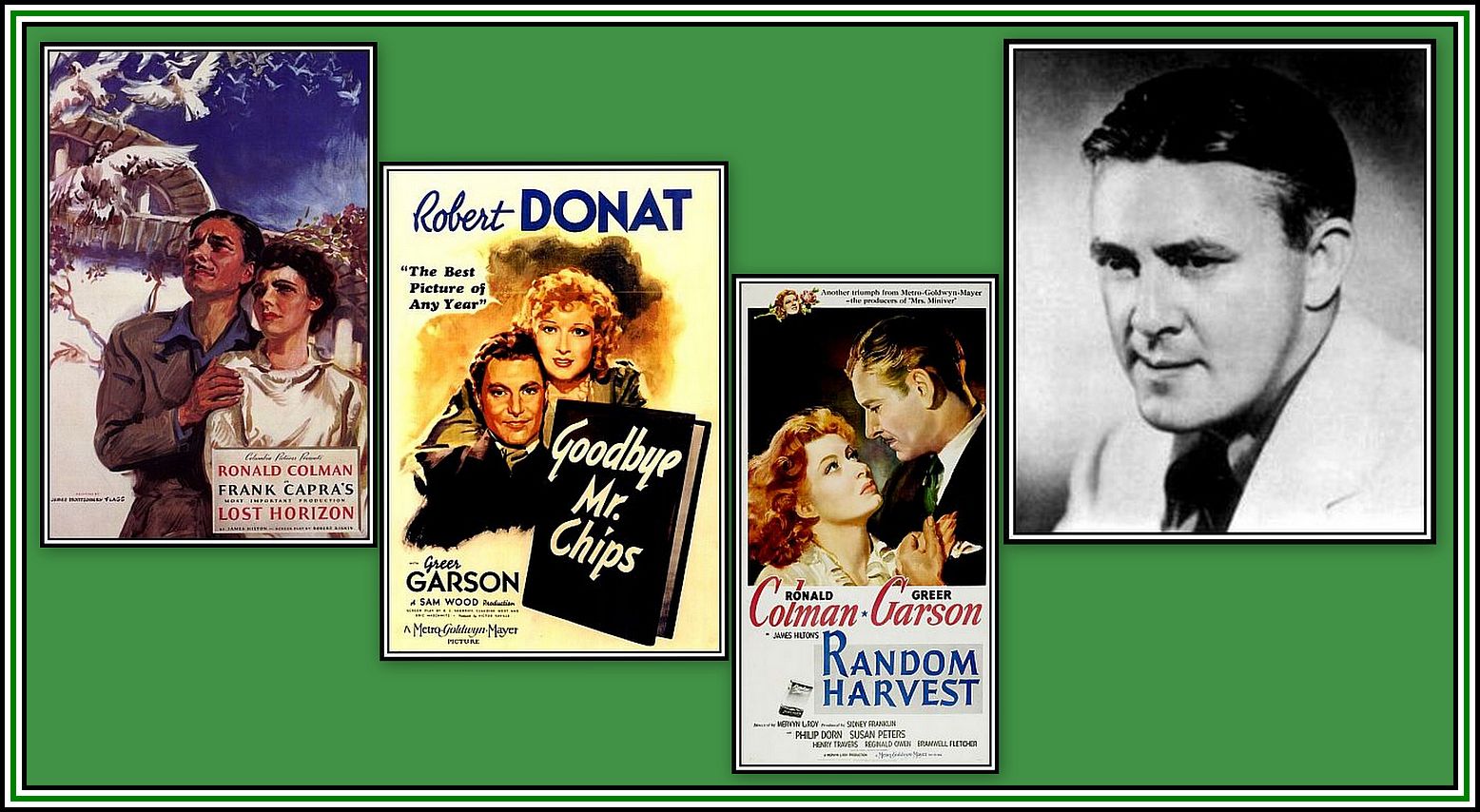 James Hilton (1900-1954), author of Lost Horizon, Goodbye Mr. Chips & Random Harvest etc
James Hilton (1900-1954), author of Lost Horizon, Goodbye Mr. Chips & Random Harvest etc
Mr. Allen Eyles asks in his book ……. Did the Granada clear slums or did it destroy a picturesque enclave of country cottages? He went on to say that even in October 1929, there were protests launched against the building of the Granada because of the loss of housing. However, it was emphasised that ……. generous compensation was given, and where necessary, equivalent or better accommodation was provided for the displaced.
Although I am a great admirer of the Granada Theatre Tooting and of the brilliant people that built it, I have to confess a certain sadness at the loss of the village of Salvador. It is perhaps unfortunate that Mr. Bernstein did not buy land on the other side of Mitcham Road, but there is little value in the speculation of if onlys!
——oooOOOooo——
So what is actually known about the real village of Salvador? Was it the bucolic village that I seem to favour or something else? More of the real village of Salvador may be learned by clicking here, or if you chose, by following the link at the end of this piece.
——oooOOOooo——
The Granada Theatre Tooting opened on the 7th September, 1931 to much pomp and circumstance. Clearing of houses on the site had begun in May 1930 and construction of the theatre was started in August. It had taken just over thirteen months from start to opening, which seems to me to have been a remarkably short period of time to produce such a magnificent picture palace. Mr. Bernstein had planned a simple opening for his flagship, which not only proved to be effective, but also spectacular and remarkably well received by the audience in attendance. At seven o’clock on the dot, sixteen trumpeters of the Life Guards blew a fanfare from the steps before the theatre. The building façade was illuminated and Mitcham Road was crowded with people. The fanfare called the audience to enter the theatre, and such was the demand for tickets, that two thousand or so patrons were unable to gain access.
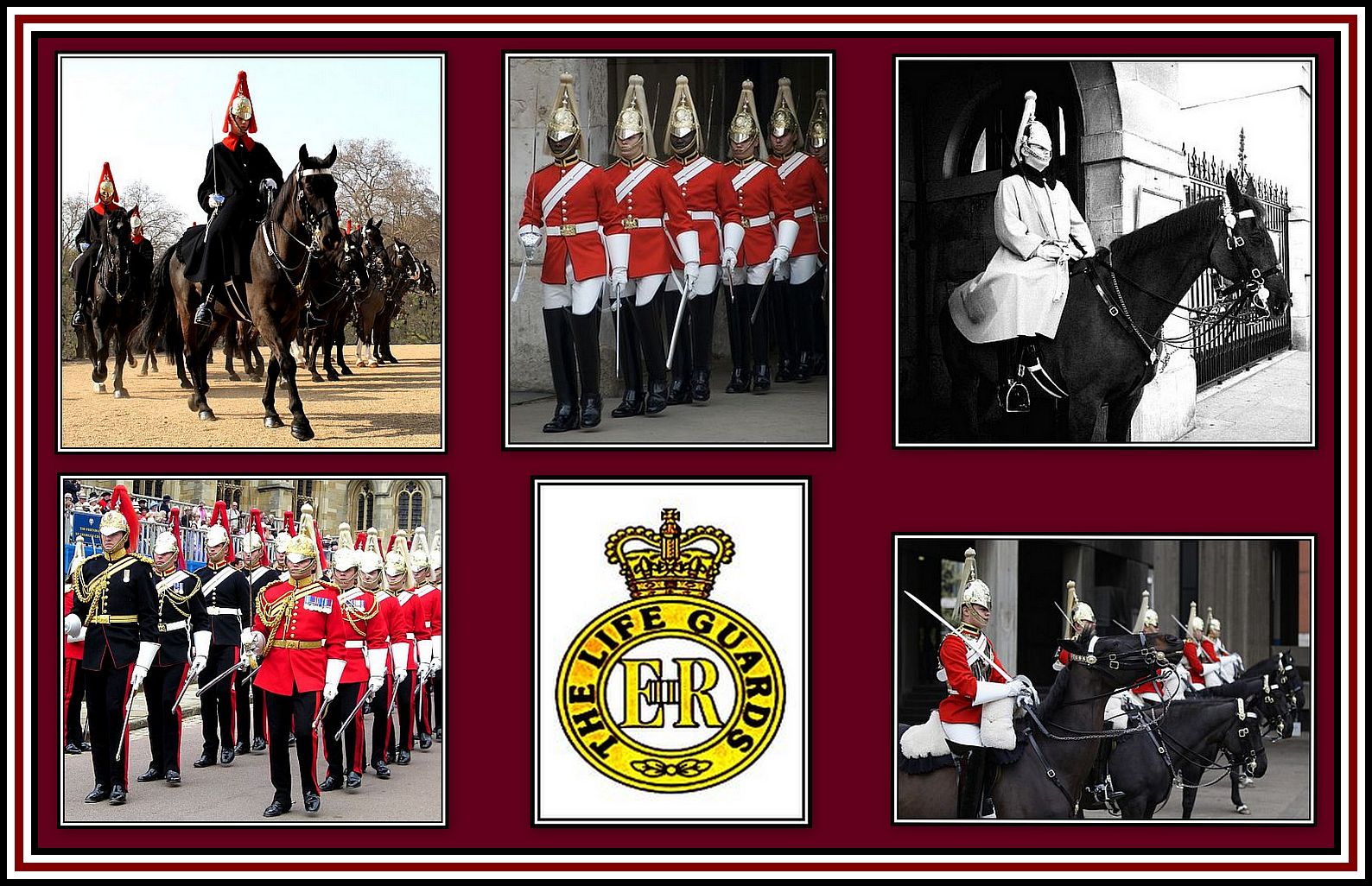 The Life Guards
The Life Guards
They were founded in 1685 and consisted of the Blues and Royals and now in a Union
According to Allen Eyles, when the lights went up in the auditorium, the audience burst into an applause that swept through the theatre! It is unfortunate that the opening was not filmed, as I for one would have loved to have seen and heard this.
The evening’s entertainment began with a lighting display to highlight the interior decoration. This apparently was a treat of rare beauty. In addition, there was a shadowgraph showing the construction of the building in steps. Cecil Audrey Massey, Theodore Komisarjevsky and a number of others responsible for the work were introduced while this shadowgraph was in progress. Finally, a backcloth was lowered to reveal the finished building. Wonderfully dramatic and great showmanship!
To add further to the excitement generated, a Baby Austin was driven onto the stage and a small child came out to accept a bouquet of flowers from a page and the theatre was declared open!
 The Austin Seven
The Austin Seven
I once owned such a car – NV1190 – in black & blue; built in 1932 and still on the road today!
Perhaps I could have done without the Baby Austin, small child and the page, and even the bouquet, but I have to hand it to Mr. Bernstein, his grand opening of the flagship certainly made a splash! And this was obviously the aim! Once the car and the children were ushered off the stage, the main events of the evening’s entertainment were able to proceed ……….
…… and this included a recital on the Mighty Wurlitzer by Alex Taylor. I expect that this was an especially spectacular event, as I am sure that the full range of the organ was heard to great effect (please see further down the page for more about the organ).
Top Left: The Wurlitzer Organ;>Top Right: The Organ at The Musical Museum, Brentford
Bottom Left: recordings made on the Organ of the>Granada Theatre Tooting;
Bottom Right: DVD of the Raising the Tooting Wurlitzer
Mr. Bernstein had decided on an all-talkie film show with no live performance to introduce the Granada Theatre to the public. The film, Monte Carlo, staring Jeanette MacDonald and Jack Buchanan and directed by Ernst Lubitsch was chosen as the main feature film for the opening together with the British short feature, Two Crowded Hours, directed by Michael Powell.
Top Left: Ernst Lubitsch; Middle Left: Poster of Monte Carlo;
Middle Right: Jeanette MacDonald; Top Right: Jack Buchanan;
Bottom Left: Michael Powell; Middle: Scene from Two Crowded Hours; & Bottom Right: Scene from Monte Carlo
The theatre received much praise when opened and was considered to be the grandest built in Britain. It was always well patronised, as going to a Granada Theatre Tooting was undoubtedly seen as an event.
The Granada Theatres played mostly films on the Gaumont circuit release, but occasionally obtained Odeon circuit release films. The theatre had been built to accommodate stage shows and concerts and had a large stage, an orchestra pit and a number of dressing rooms backstage. From January 1934 and for the next four years, a circus with animals including elephants performed on the stage and supported the film programme. From 1936, pantomimes were also staged, usually for two week runs around Christmas and continued into the early-1950’s. In 1948, the theatre presented productions of Goodnight Vienna with Bruce Trent and The Dancing Years starring Barry Sinclair with each playing for one week. Until 1973, the theatre presented films, stage shows and organ recitals until cinema attendance declined and led to its closure as a cinema in 1973 ………. but more of this later.
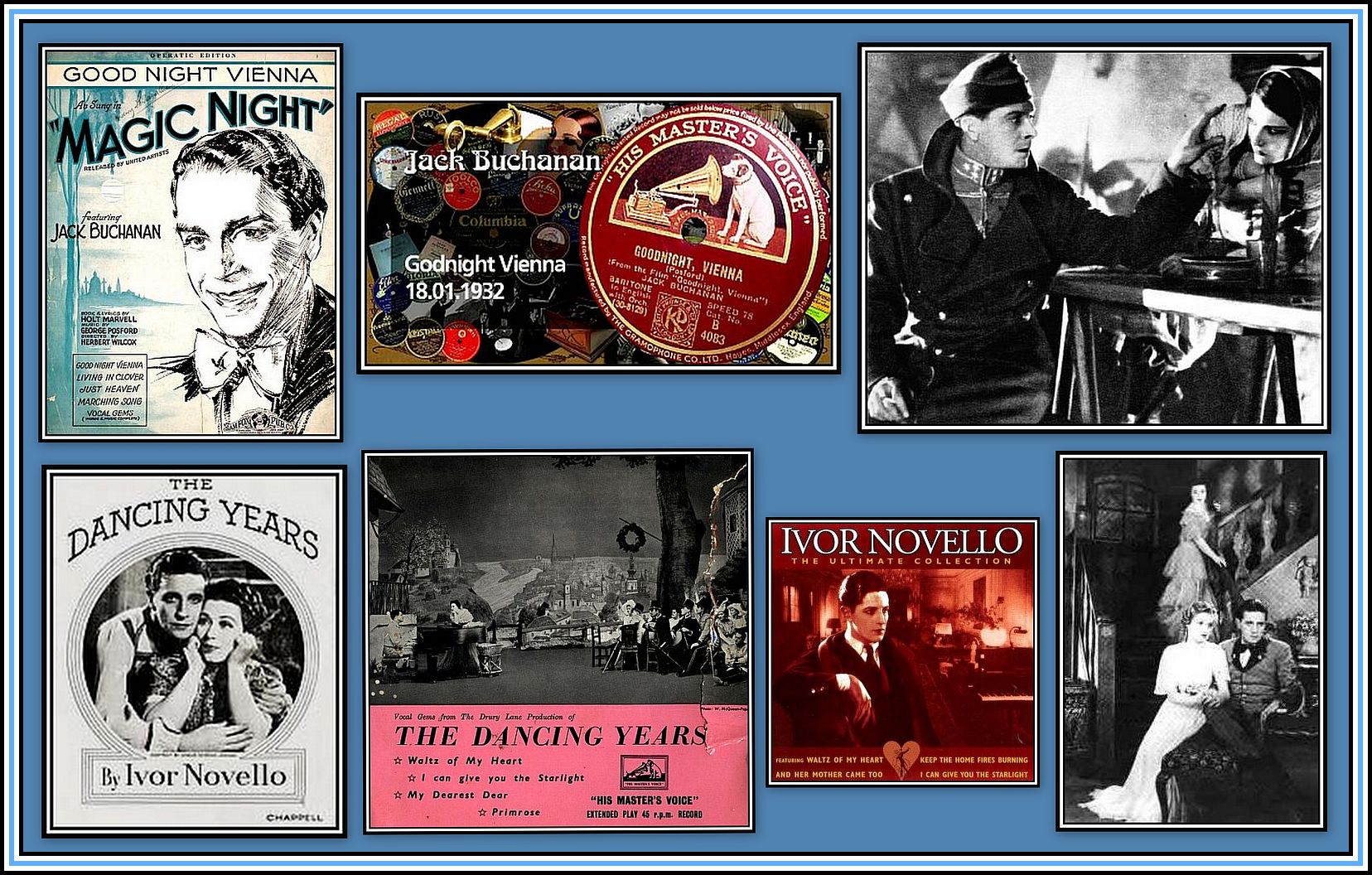 Shows presented at the Granada Theatre Tooting
Shows presented at the Granada Theatre Tooting
Top Row: Goodnight Vienna was filmed with Jack Buchanan & Anna Neagle;
Bottom Row: The Dancing Years by Ivor Novello;
Bottom Right: Ivor Novello with Roma Beaumont & Mary Ellis (on the stairs)
——oooOOOooo——
The richness and lavish appearance of the Granada Theatres is best exemplified by its flagship, the Granada Theatre Tooting and was a direct result of the endeavors of the circuit’s most famous designer, Fyodor Fyodorovich Komissarzhevsky (Фёдор Фёдорович Комиссаржевский; 1882-1954) or as he was later known, Theodore Komisarjevsky together with the architect, Cecil Audrey Masey.
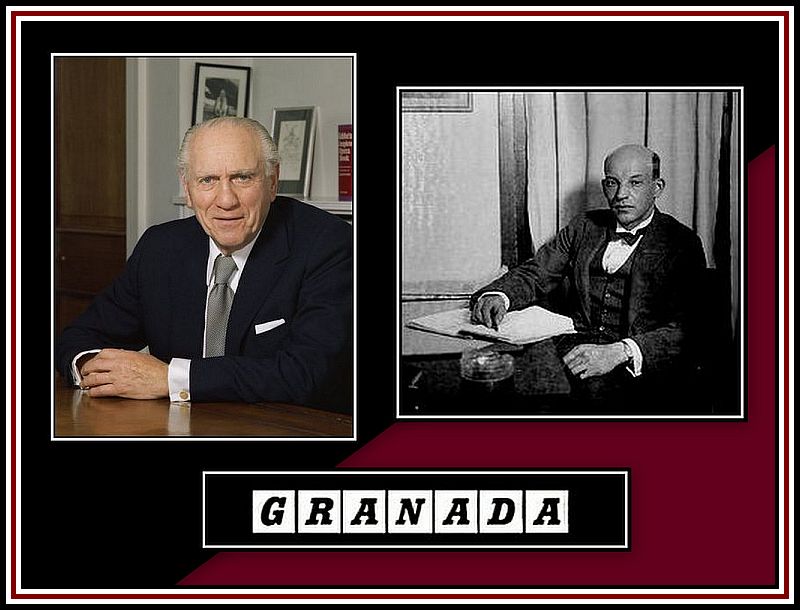 Left: Sidney Bernstein; Right: Theodore Komisarjevsky
Left: Sidney Bernstein; Right: Theodore Komisarjevsky
Unfortunately I can find no photographs of either Cecil Bernstein or Cecil Audrey Massey at this time
It is somewhat amusing to think that Mr. Komisarjevsky was paid £500 for work in producing the interior design for the theatre. Out of interest, the total cost of building the Granada Theatre Tooting is believed to have been £145,777 6s 6d. It is difficult to say exactly what these values are in today’s money, but according to one source, as of 2011, one pound from 1930 was worth:
- £51.90 using the retail price index;
- £52.80 using the GDP deflator;
- £155.00 using the average earnings
- £237.00 using the per capital GDP and
- £327.00 using the share of GDP
Whichever method used to compare the value of £500 in 1930 to its value today is immaterial, as obviously the sum was a lot of money at the time. However, when you look at what Mr. Komisarjevsky produced for that sum, I would say that he worked cheaply and deserved far more for his efforts. But then, I am looking at the work from a different stance, and if both parties were happy with this payment, and one can only conclude that they were since they continued to work together for a number of years after this, all was well.
——oooOOOooo——
Unfortunately, I never visited the Granada Theatre Tooting when it was a cinema. I saw it for the first time in November 2010 and by then it has long since ceased to be a Granada Theatre and the Circuit had also long since ceased to exist. It now belongs to Gala Bingo with a manager who is proud to be associated with such a glorious building.
——oooOOOooo——
I took the Underground to Tooting Broadway Station and came out to find the mostly ignored statue of King Edward VII standing in front of the entrance.
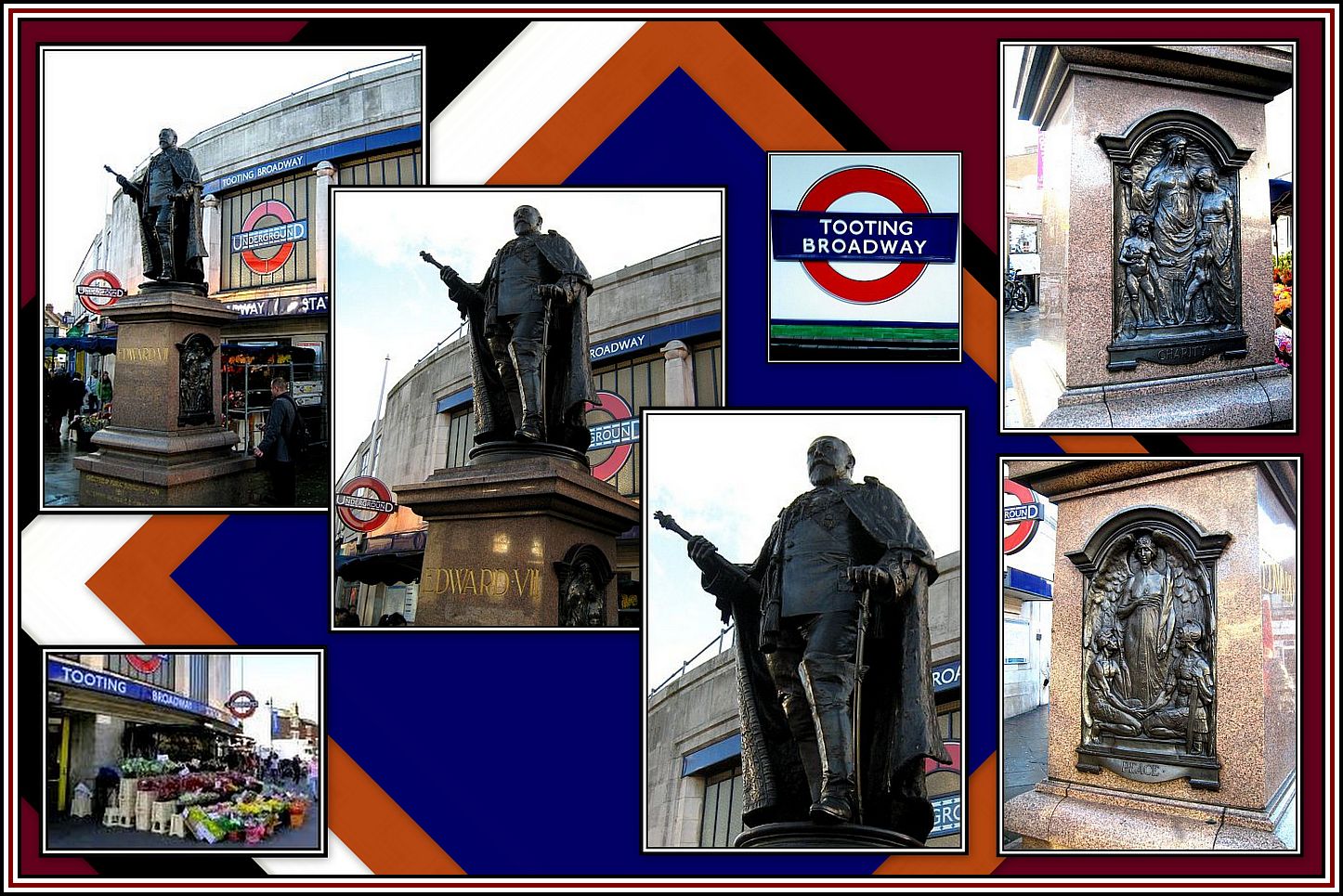 King Edward VII Statue before Totting Broadway Underground Station
King Edward VII Statue before Totting Broadway Underground Station
For some unknown reason, I had not bothered to learn the address of the theatre or to find out exactly where it was in the area. Such an omission is quite typical of me, I am afraid to say. I have this idea that I am going to magically find what I am looking and if I am having trouble a friendly passers-by will point me in the right direction. However, what I fail to appreciate is that most things that interest me nowadays are either demolished or else have undergone changes and now have a different function and are often known by another name. In addition, and unfortunately, many passers-by are not as friendly as they were in the past.
When I asked passers-by where the Granada was, no one seemed to know what I was talking about. Eventually someone with some knowledge of the history of the area said, Do you mean the Gala?
The penny dropped! I had forgotten that the Granada Theatre Tooting had closed its doors as a cinema on the 10th November, 1973 and remained closed until the 14th October, 1976 when it had re-opened as a Granada Bingo Club. The venue was taken over by Gala Bingo in May 1991 when its name was changed. Yes, I replied, I was indeed looking for the Gala.
I had forgotten that almost forty years had passed since the Granada had functioned in its original capacity and that the majority of people on Mitcham Road that day were either perhaps not born or else not old enough to remember its glory days! The Gala was a mere stone’s throw from where I was.
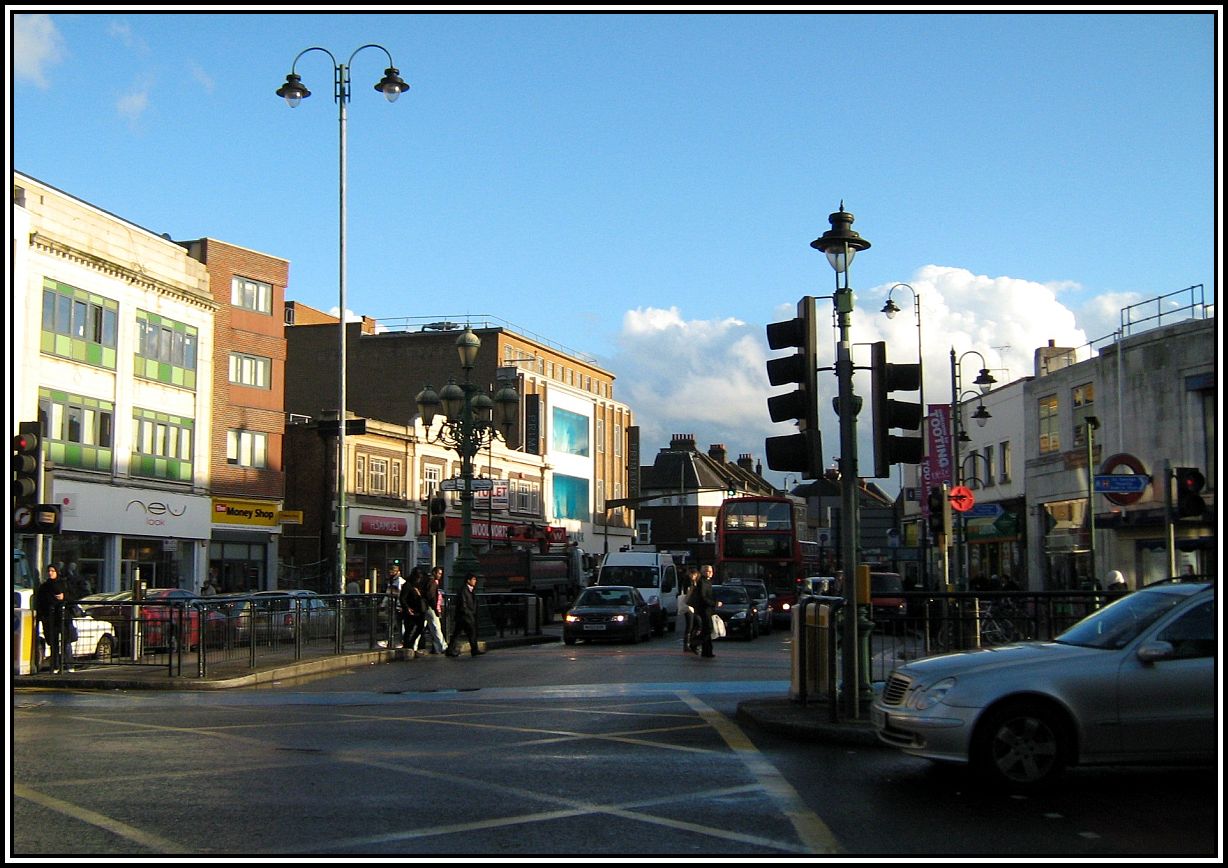 Gazing towards the Mitcham Road and looking for the Granada
Gazing towards the Mitcham Road and looking for the Granada
I was standing outside of a miserable looking store that I discovered was a Woolworth department store and about to close. I took a minute and went inside for old tyme sake. The place was like a bazaar. There were lots of makeshift counters and bins overloaded with stuff from China and coats and dresses on hangers cramped onto circular racks. It was a miserable looking place and the dim lighting did not help make the place more enticing.
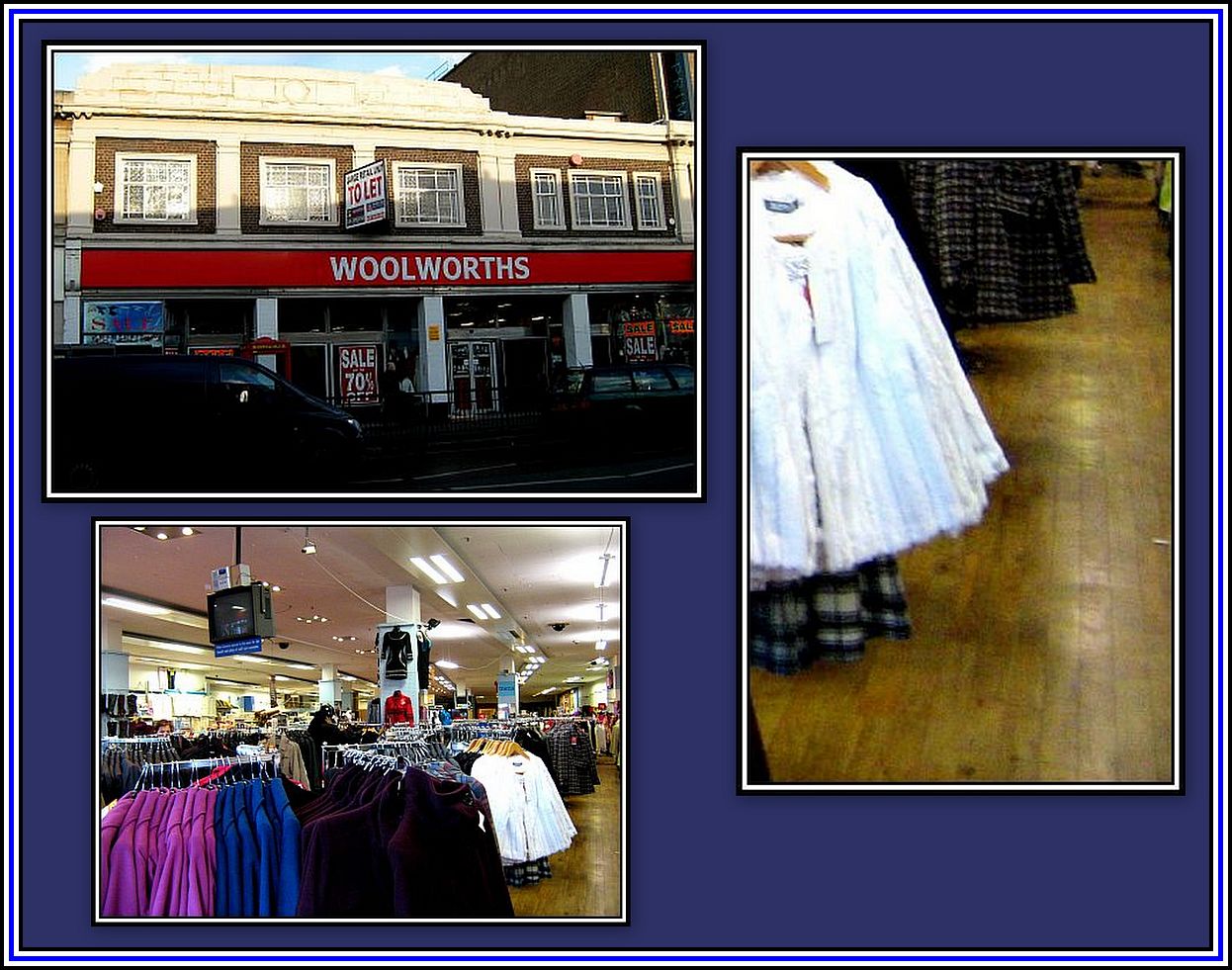 Woolworths on the Mitcham Road
Woolworths on the Mitcham Road
I noted that the floor was still in the Woolworth style, that is, of wooden slats. I remember the old stores at Aldgate East from when I was a child. In those days, every kid thought of Woolworth’s as an Aladdin’s Cave filled with treasures. This was also a time when almost everyone wore leather soled shoes and walking on the wooden floor of Woolworth made a clattering sound that stayed in the memory.
Sadly the clientele in the Tooting store were not wearing leather shoes. Most people were poorly dressed and wore cheap shoes from the local shops and markets or else expensive plimsolls or trainers as they are now called.
 Plimsolls, Trainers and a Soft Shoe
Plimsolls, Trainers and a Soft Shoe
I made some attempts to talk to some older people who looked disinterested in their surroundings and seemed to be merely standing around with nothing to do, but they were obviously in a miserable mood and too grumpy to acknowledge my presence. I came out and turned left and made my way along the Mitcham Road. Just a few yards further down and on the other side of the road stood the Gala. Although no longer the proud flagship of the glorious Granada Theatre Circuit, it still retained a certain grandeur even if it did look somewhat out of place in its surroundings. As I stood and looked at this imposing building, it was easy to imagine the effect it must have had on its opening night on the 7th September, 1931 when its appearance was fresh and new.
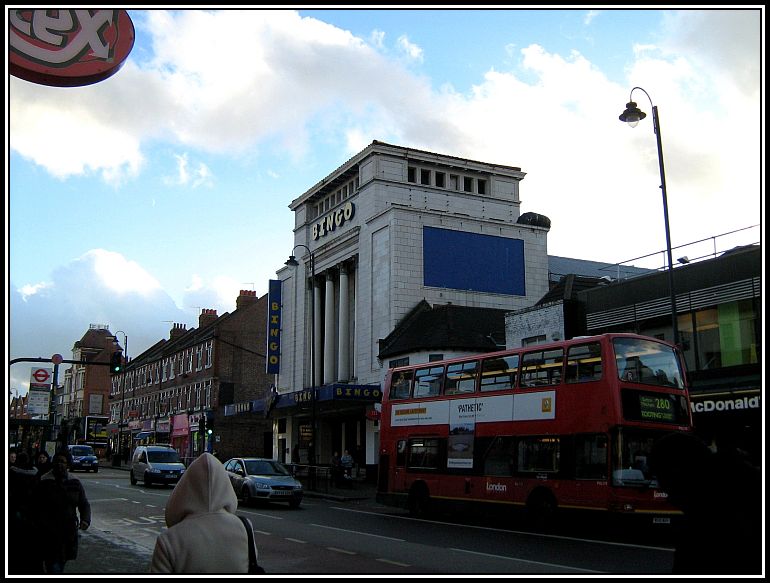 The First Glimpse of the Granada!
The First Glimpse of the Granada!
——oooOOOooo——
Ceil Aubrey Masey’s original design for the theatre was in a modern style and was rejected by London County Council. Although Mr. Bernstein seemed to prefer a more classical style for his theatres, there is evidence to support the fact that he approved the original design. However, he apparently thought better of this and had Mr. Masey design an exterior that shared some similarity to the Phoenix Theatre, but on a grander scale. Both theatres have Corinthian-style pillars over the entrance, but those of the Phoenix Theatre are smaller and more delicate in appearance.
The exterior of the Granada Theatre Tooting is a huge imposing Moderne Italianate tower of a building made of white artificial stone that dominates its space on Mitcham Road, Tooting. Its appearance is somewhat austere and perhaps unremarkable except for its imposing size. A passerby could be easily forgiven for not expecting the remarkable treasures to be found inside.
There are four tall Corinthian columns supporting the entablature with the name of the theatre above it. Today, the name of Granada has been replaced by the word, Bingo. Between the columns are the decorative windows of the Minstrel Gallery where the restaurant-cum-café was once found.
The columns may be illuminated by floodlights set on the canopy, which extends over the pavement and around the corner into Granada Street. The reader will note that Granada Street is closed to traffic now, as shown in the bottom photograph of the Gala Bingo canopy.
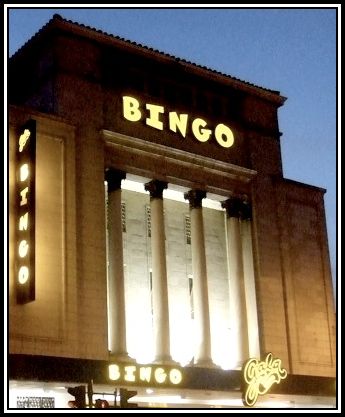 Columns illuminated from the canopy at night
Columns illuminated from the canopy at night
The right side wall of the building is decorated by two Corinthian pilasters separated by metal lattice work. On the right side of the frontage, there is a vertical sign with the name of the theatre illuminated by lighting set around its edges and which today advertises Bingo. This style of advertising the name of a cinema was found with American movie palaces, but was rarely seen at the time in Britain at the time of building.
Between the entablature and roof is a series of nine square openings. These openings are also found on the side walls, but here they only number six such openings. The roof is covered with Spanish clay tiles.
At the time of building, to the left of the entrance area was a separate entrance that led to the restaurant-cum-café. When it was closed in 1954, the entrance was closed off.
Four wide steps with a metal rail on either side leads up from the pavement to a small atrium before the theatre’s entrance doors. On the side walls of the atrium were once displayed advertisement windows that contained stills and posters of the current films being shown.
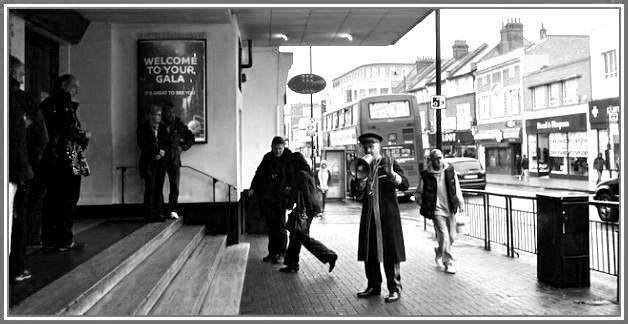 A Gala Commissionaire drumming up business
A Gala Commissionaire drumming up business
I crossed the road and walked up the steps, which are protected by the canopy extending over the entrance area. They lead up to five double wooden doors with large windows.
The doors open into an imposing reception area or outer hall that was decorated in a Gothic style. When the building was a cinema, there were ticket widows set into the side walls. Today this space is used as a reception area. This outer hall is light in appearance and attractively decorated. The ceiling is painted in yellow and has white imitation beams crossing it with small light fixtures hanging from the spaces between the beams.
Bottom Left: side wall where ticket windows once were
Bottom Right: Close up of one-time ticket window
Above the large glass and wooden doors leading into the Grand Foyer is a repeated semi-circular decoration in gold.
There is now a large counter space before an inner set of the doors leading into the Grand Foyer where members of the Gala Bingo Club may log in by swiping their cards through a machine and where newcomers may provide the necessary information to join.
The floor was once of marble. One of the features of the Granada Theatre Circuit was that the floor of the Grand Foyer and entrance was never carpeted. Today, it is carpeted with a motif characteristic of Gala Bingo.
Once the administrative formalities are over, the patron is now ready to pass through the second set of doors and make their way into the Grand Foyer and pass into what promises to be a magical world.
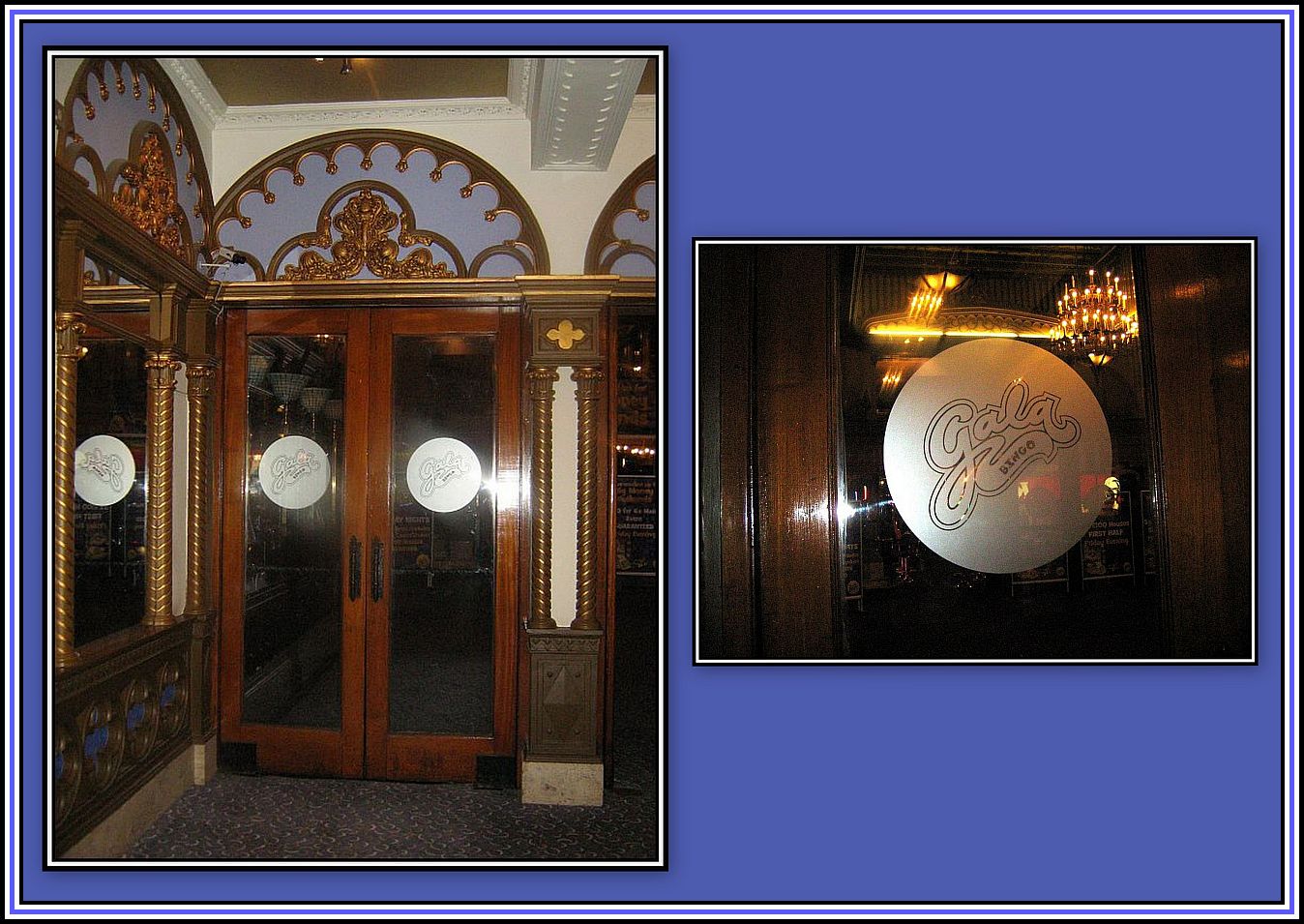 Gala Logo (Right) on Entrance Doors (Left) to the Grand Foyer
Gala Logo (Right) on Entrance Doors (Left) to the Grand Foyer
——oooOOOooo——
The whole of the interior of the building, designed by Theodore Komisarjevsky, is in Gothic style and is decorated throughout with masterful ornamental plasterwork by Clark & Fenn. Joseph Bernard Clark was an ornamental plasterer who, with Harry Fenn, a surveyor, specialized in ornamental fibrous and Plaster of Paris plasterwork. Much of their work was prefabricated in their factory in nearby Clapham. This allowed them to transport mouldings in a ready-made state for installation. Their work may also be seen at the church of St. Clement Danes in The Strand, the Theatre Royal Drury Lane and the London Palladium.
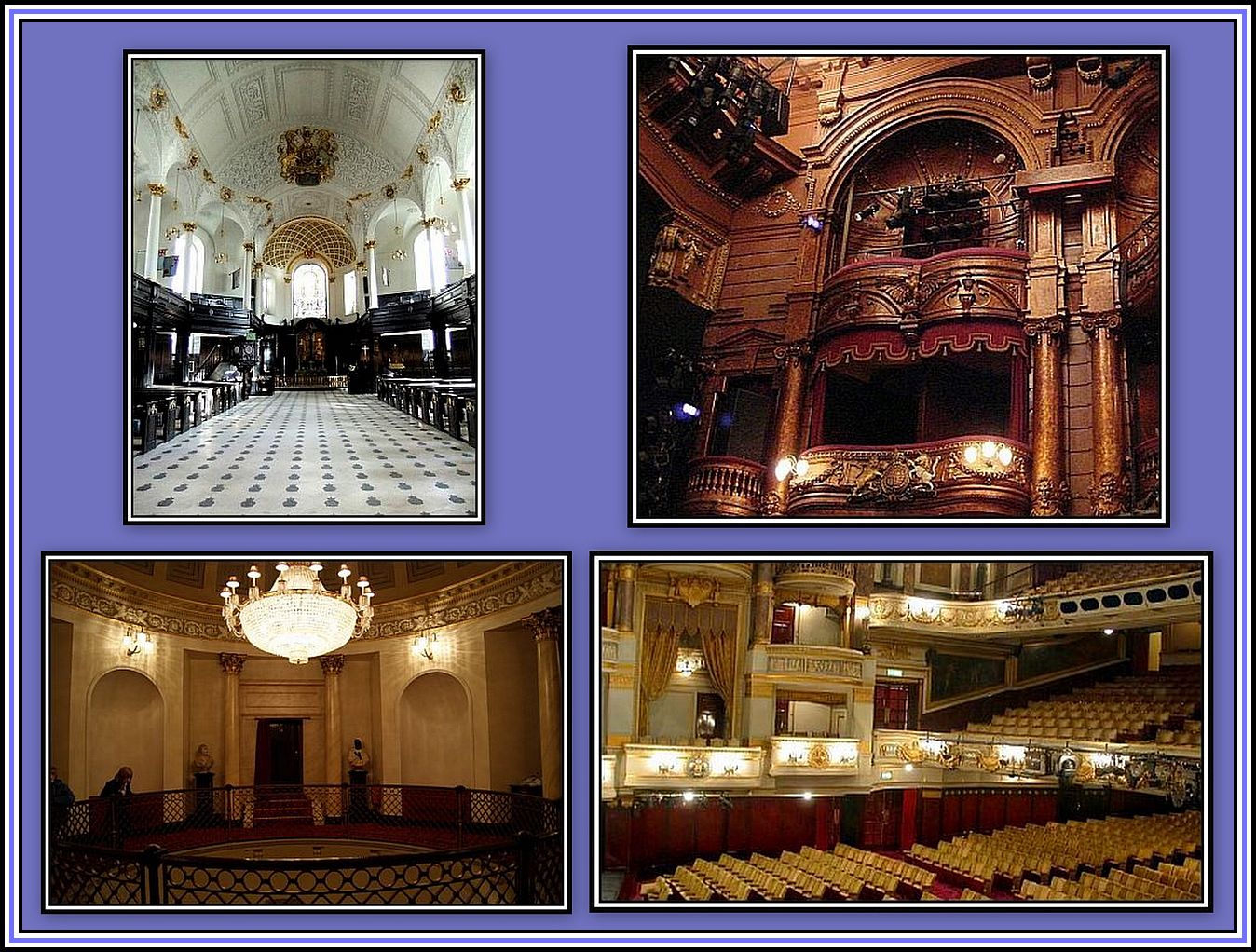 Top Left: St. Clement Danes; Top Right: The Palladium; Bottom: Theatre Royal Drury Lane
Top Left: St. Clement Danes; Top Right: The Palladium; Bottom: Theatre Royal Drury Lane
As I passed through the doors and into the foyer of the Granada-Gala Tooting, I was amazing by the sight of the Grand Foyer. Standing at the entrance, it proved difficult to know where to look first for the scene that welcomes is nothing short of breathtaking. I remember standing there for a while astonished at what was before me.
View looking towards the auditorium and staircases to the circle
View from the Gallery looking towards the Minstrel’s Gallery and exit.
This photograph was reproduced with the permission of Nomadic Vision Travel Photography
The Grand Foyer is, without fear of exaggeration, spectacular and is deserving of the most careful inspection. It is also huge and was decorated to resemble a medieval banqueting hall with a marble floor that, like the entrance hall, is now carpeted.
Coming through the doors from the entrance hall, the Grand Foyer proves to be a truly grandiose sight and there is much to catch the eye. The ceiling is highly ornate with pseudo-oak beams with repeating scalloped work between.
The ceiling, chandeliers and gallery
There is also a number of shimmering glass chandeliers hanging down from the ceiling with the central one being the largest and grandest.
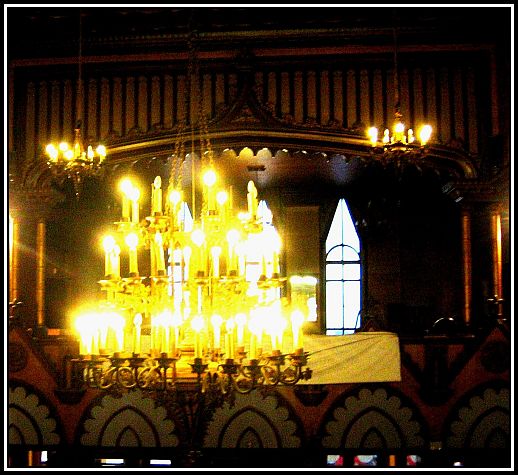 The Central Chandelier of The Grand Foyer
The Central Chandelier of The Grand Foyer
The sidewalls were painted to resemble stone work and each is decorated with a series of six pointed mirrors in an arch, which are in turn are supported by highly decorative pilasters. A number of the arches have candle lighting on either side of the pointed mirrors.
Left: left wall and shop; Right: right wall from right staircase
The decoration of the pilasters is of an oak leaf pattern together with capitals formed of griffins playing the trumpet and harp.
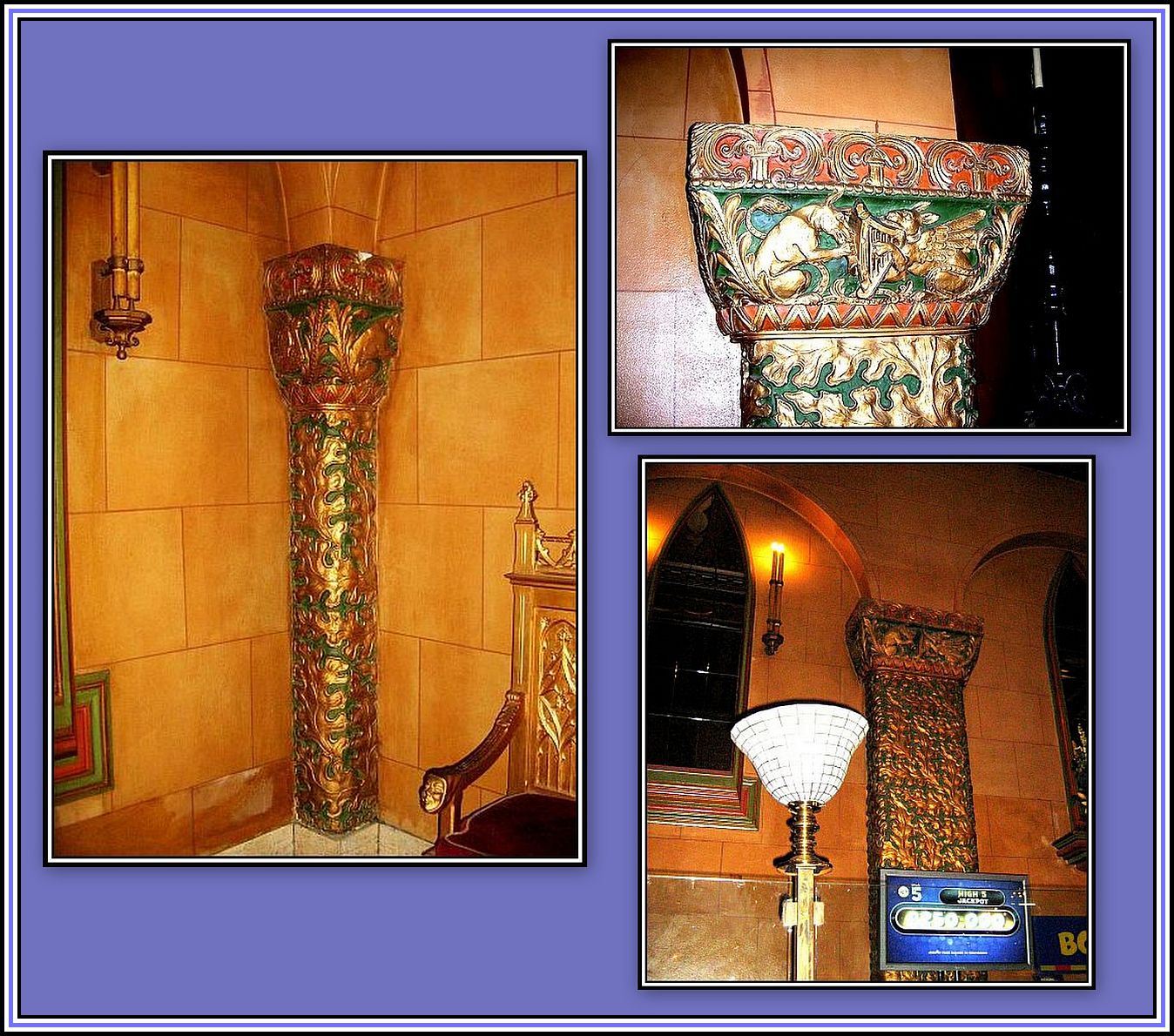 Pilasters decorated with oak leaves and with capitals decorated with griffins
Pilasters decorated with oak leaves and with capitals decorated with griffins
Higher up, above the arches, mirrors and decorated pilasters and close to the ceiling, are a series of heraldic lions painted on a squared background. Between the lions are small windows with stained glass in a diamond pattern that are illuminated from behind.
During its cinema days, the grand foyer was known to hold 500 people while they waited to enter the auditorium. At one time, the centre of the foyer held a kiosk where confectionery was sold, which I assume was once a Miss Candy. Today there is a long counter close to the left side wall where various commodities sanctioned by Gala are sold to members and visitors.
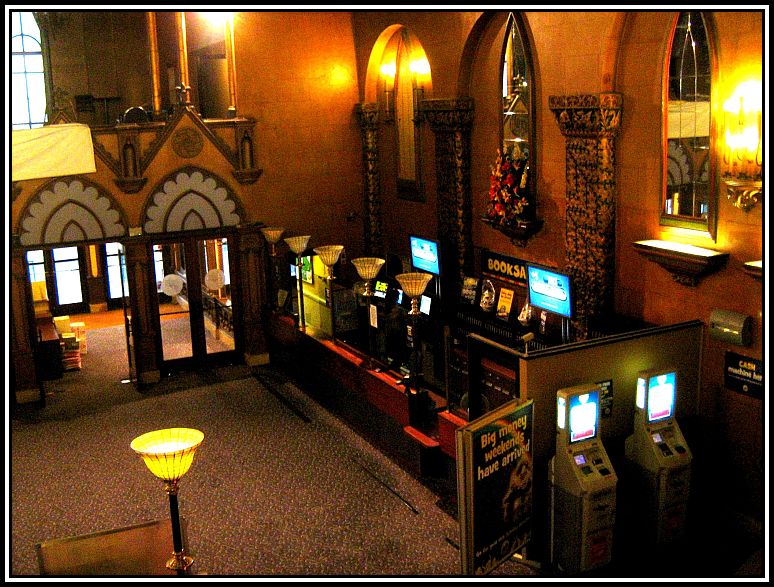 Sales Counter in The Grand Foyer
Sales Counter in The Grand Foyer
Despite the grandeur of the walls and ceiling, I found that it is the wide marble staircases at either side of the far end of the Grand Foyer area that caught my attention. Each staircase has a brass balustrade and leads up to a landing and then joins a central gallery.
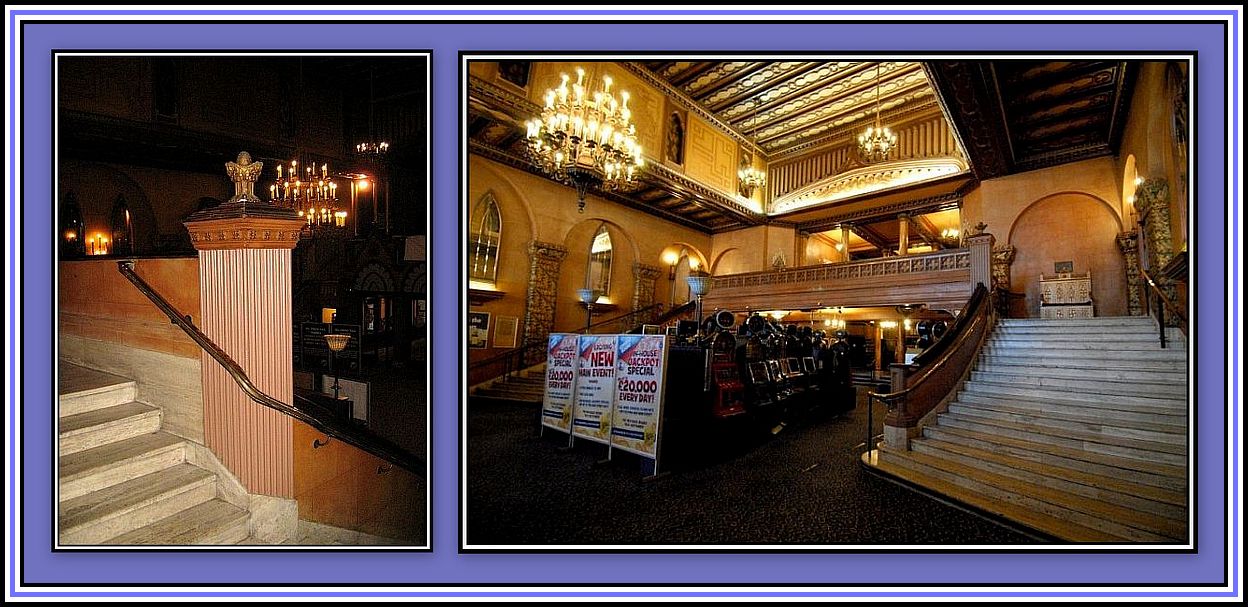 Side Staircases leading up to the Central Gallery
Side Staircases leading up to the Central Gallery
The Gallery has four marble columns with a mirrored wall behind, which gives an added sense of space to the area. The gallery in turn allows the visitor access to the balcony or to the magnificent waiting area known as The Hall of Mirrors and The Circle.
Between the Grand Foyer staircases at ground level is an Atrium complete with four marble columns and mirrors that leads through to the auditorium. This area is now filled with slot machines for the enjoyment of patrons.
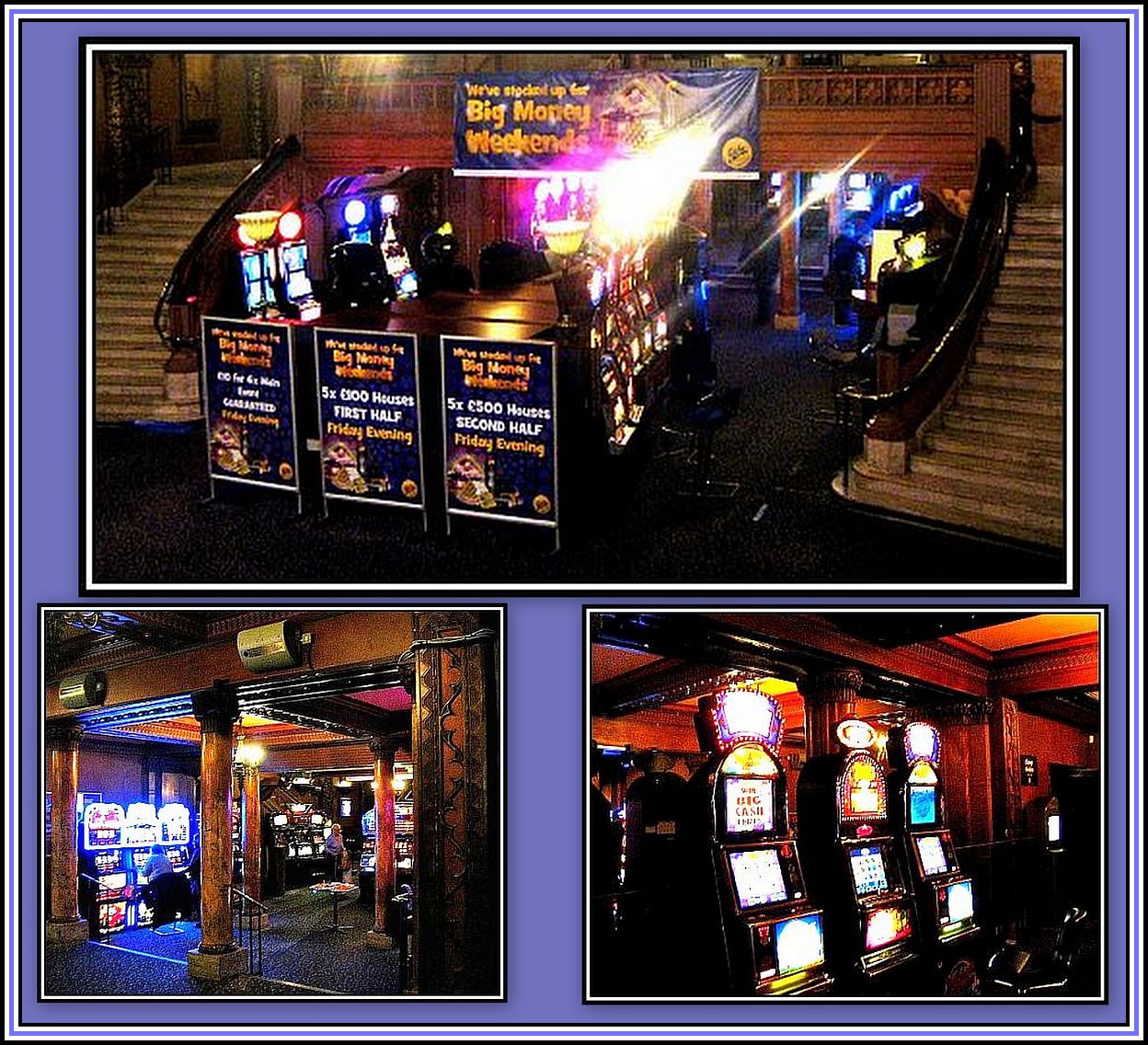 Top: The Atrium under the Gallery Walkway; Bottom Left: columns supporting the Gallery;
Top: The Atrium under the Gallery Walkway; Bottom Left: columns supporting the Gallery;
Bottom Right: Pokie Machines now housed in the Atrium
——oooOOOooo——
When I visited the building, I have to confess that I could not wait to enter the auditorium. I was literally bursting at the seams and rushed through the Grand Foyer and the atrium in order to get there as fast as possible! Naturally I had seen pictures of it and knew that I was in for a special treat. However, nothing, absolutely nothing that I had seen prepared me for my initial view of this magnificent sight. I passed through the atrium with the sounds of the slot machines in my ears and found myself standing before one of the most spectacular and breathtaking sights that I have ever had the good fortune to see. No matter how much I try, I will never be able to do justice in words to the majesty of this Gothic Aladdin’s Cave.
 Panoramic View of the Stage from the Circle
Panoramic View of the Stage from the Circle
This view was produced by Peter Kurton
The auditorium is huge and, as a cinema, it could seat over 3,000 patrons, which it did regularly during the heyday of cinema-going. It is richly decorated in, and as Mr. Komisarjevsky described, an ecclesiastical, continental Gothic style. His influence here came from the architecture of Northern Italy where this style had been reinterpreted with strong colours.
The ceiling above the circle is high and coffered. As with the ceiling of the Grand Foyer, it is dark and heavy with decoration and looks as if it is made of an exotic dark wood that had been carved to produce a pattern across its vast expanse.
From it hangs light fixtures that once illuminated the whole auditorium during the intervals between the presentation of films or mid way through a stage show where the latest rock sensation was performing or when a pantomime was presented.
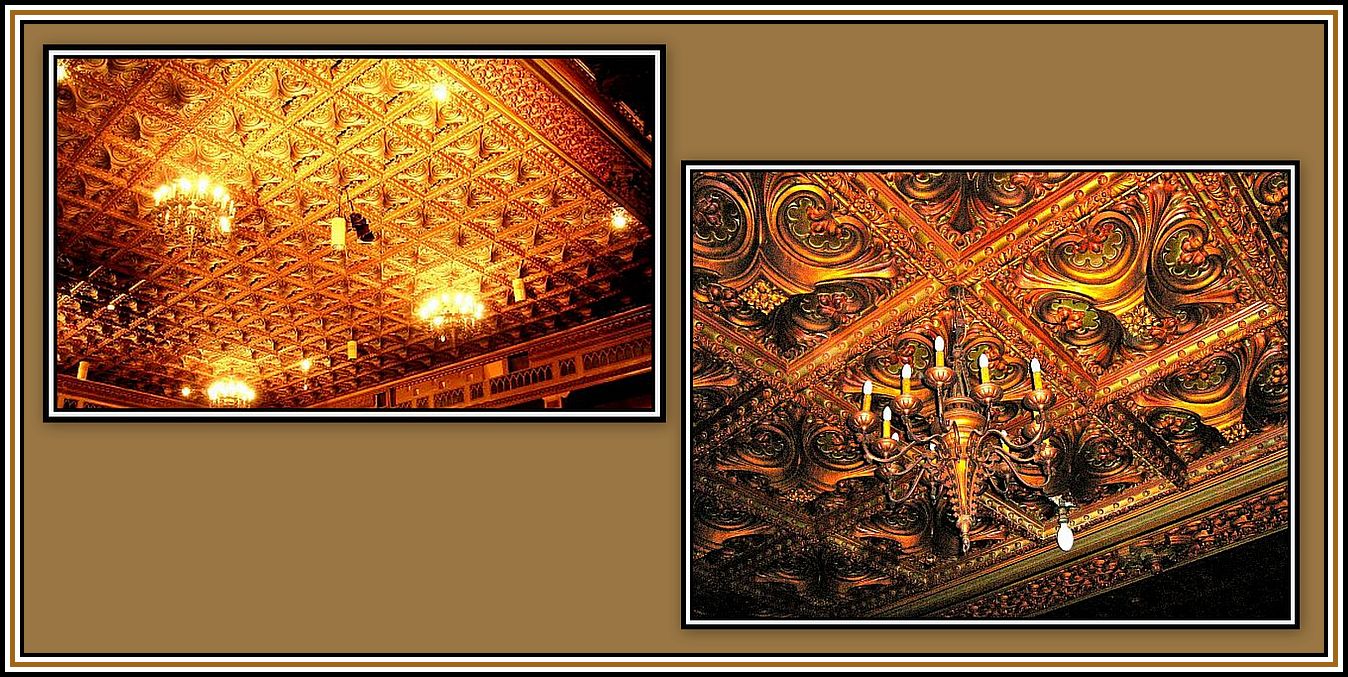 Auditorium Lighting In the Circle
Auditorium Lighting In the Circle
Once the lights went up, the ice cream ladies appeared with their trays hung around their necks loaded with ice cream and soft drinks and patrons jumped up from their seats and rushed to make a purchase.
The area of ceiling above the front stalls was of white clouds and blue sky. This style of ceiling decoration is referred to as atmospheric and was typical of the style seen in many American movie palaces.

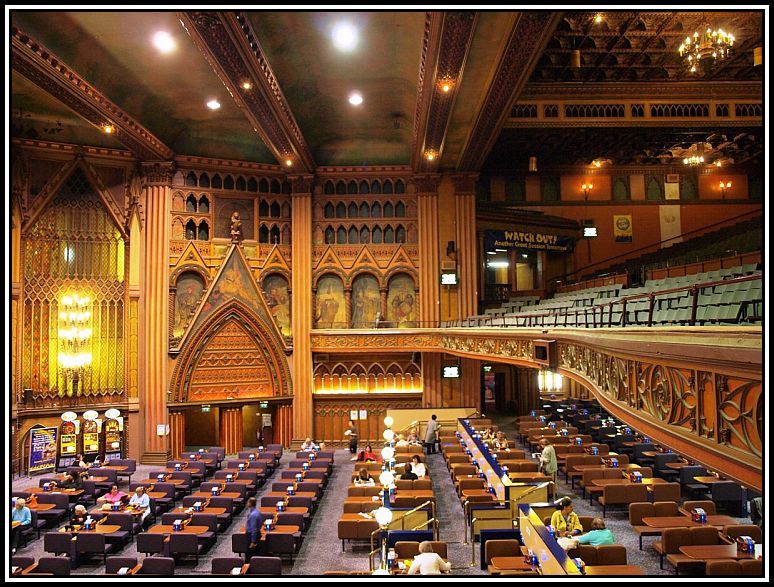 The atomospheric ceiling over the front stalls can just about be seen in this photograph of the auditorium
The atomospheric ceiling over the front stalls can just about be seen in this photograph of the auditorium
——oooOOOooo——
High above the stage is an elaborate and remarkable wooden Proscenium Arch, which again brings to mind a Gothic cathedral rather than a cinema-cum-Bingo Hall. Although seemingly made of heavy material, the arch appears light due to the number of empty spaces between its struts.
The stage, which is sixty-eight feet wide and twenty-six feet deep, was used for the staging of pantomimes and concerts, as well as the showing of films. Once the building ceased to be a cinema, the stage and orchestra pit were greatly modified to accommodate the building’s new usage. The stage appears to have been lowered and is seen to extend to the back wall of the building where a diner has been installed for the nutritional needs of the patrons while enjoying the Bingo Sessions.
Tables for patrons are provided on the stage for the purpose of both eating and playing the game. The area behind the diner is now a kitchen, as well as areas for the storage of commodities used to maintain the building.
Another change to the stage is the installation of a Bingo Caller’s Console at the front edge. When I visited the building, a session was just coming to an end and the caller, a woman in her early 40s, was reading out the last of the numbers, as they came up. I was intrigued by her delivery. She read them out in a matter-of-fact manner without the injection of any of the chirpiness that I associated with this art.
When the Bingo Social Club was first introduced, Calling the Numbers was an art and required a certain talent to perform. It was a necessary part of the job to amuse the crowd since most people that came to Bingo were women and many were escaping the routine of their lives and were wanting a good night out. These women came without their husbands and children and wanted to be entertained and generally proved a good audience by responding well to the jokes and innuendos made by the caller. Callers were in the habit of singling out certain middle aged or older ladies in the audience and opening up a mildly flirtatious banter much to the amusement of their friends and other members alike. All good harmless, and clean, fun!
Centre: device to randomise the numbers
During the early days of the Bingo Social Club, sessions generally opened with the call …… eyes down for a full house! …… and the game was on!
To add to the fun and frivolity of the evening, callers introduced amusing alternatives for numbers, which were based on common word association: for example …… two fat ladies was called in place of eighty eight and immediately followed by all the eights. This number was a special favourite with the players and generally prompted them to join the caller in calling it. Other numbers that prompted audience participation was ….. key of the door, twenty one …… unlucky for some, thirteen …… and so on. This manner of calling not only prompted audience participation, but brought about much laughter. As a result, even the grumpiest punter generally had a good time, which was the aim of the exercise.
This lady called with no joviality in her voice and without any intonation. When someone had a line, a member of staff who had been walking around the auditorium between the tables, went over and checked the numbers. Once it was proven that the patron had indeed a complete line, they were declared the winner and the session came to an end. No curtain call, no applause, no sign of pleasure.
I really like the old girls ….. the smoker and especially the yawner!
Later I asked the Caller why numbers were now read out in such a plain manner. She told me that Bingo was a much more serious pastime now. Apparently since big money was at stake, most patrons no longer appreciated any joking around and want to get down to the business of serious competition. I had noticed that some patrons played with a huge number of cards and not just one, as most people used to do. I learned that the greater the number of cards a player has, the greater their chance of taking home the prize and today, prize money could be BIG.
I found this change to be a little sad, as I had always seen the pastime of Bingo to be one of community where patrons spent some money and had an enjoyable time in the presence of friends and acquaintances rather than one of serious gambling.
——oooOOOooo——
From the stage I looked out into the auditorium and up at the ceiling. This made for a breathtaking site and I am sure it must have impressed the many entertainers who stood here in the past.
From my vantage point, I looked up at the circle, which stretches upwards to the back wall of the auditorium. The front of the circle is decorated in the same ornate style as that of the arches of the side walls and serpents its way across the auditorium and is said to have a span of 123 feet.
As I stood at the front of the stage, I noticed a number of markings on the floor. These lines jogged my memory and suddenly I remembered that the theatre once had an orchestra pit, which was positioned roughly where I was standing. I also remembered that when the theatre opened it had a fully-functioning Mighty Wurlitzer Cinema Organ installed for the audience’s delight.
The Mighty Wurlitzer organ came from the Majestic Theatre in Sacramento, California where it had been installed in 1926. It was brought to the Granada Theatre Tooting in 1931 following some modification and enlargement. Most of the famous cinema organists from the 1930s have played here and many have made radio broadcasts and gramophone records while playing it. Even the great Reginald Dixon played this Mighty Wurlitzer during his tours of Granada Theatres between 1936 and 1940. The organ had a wonderful sound, as exemplified here where John Madin plays a section from The Merry Widow.
The organ continued to be featured on the BBC’s The Organist Entertains between 1970 and July 1973 when the organ chambers became flooded following a huge thunderstorm. Sadly, the cinema closed later that year and remained closed for almost three years with the organ still in a damaged state.
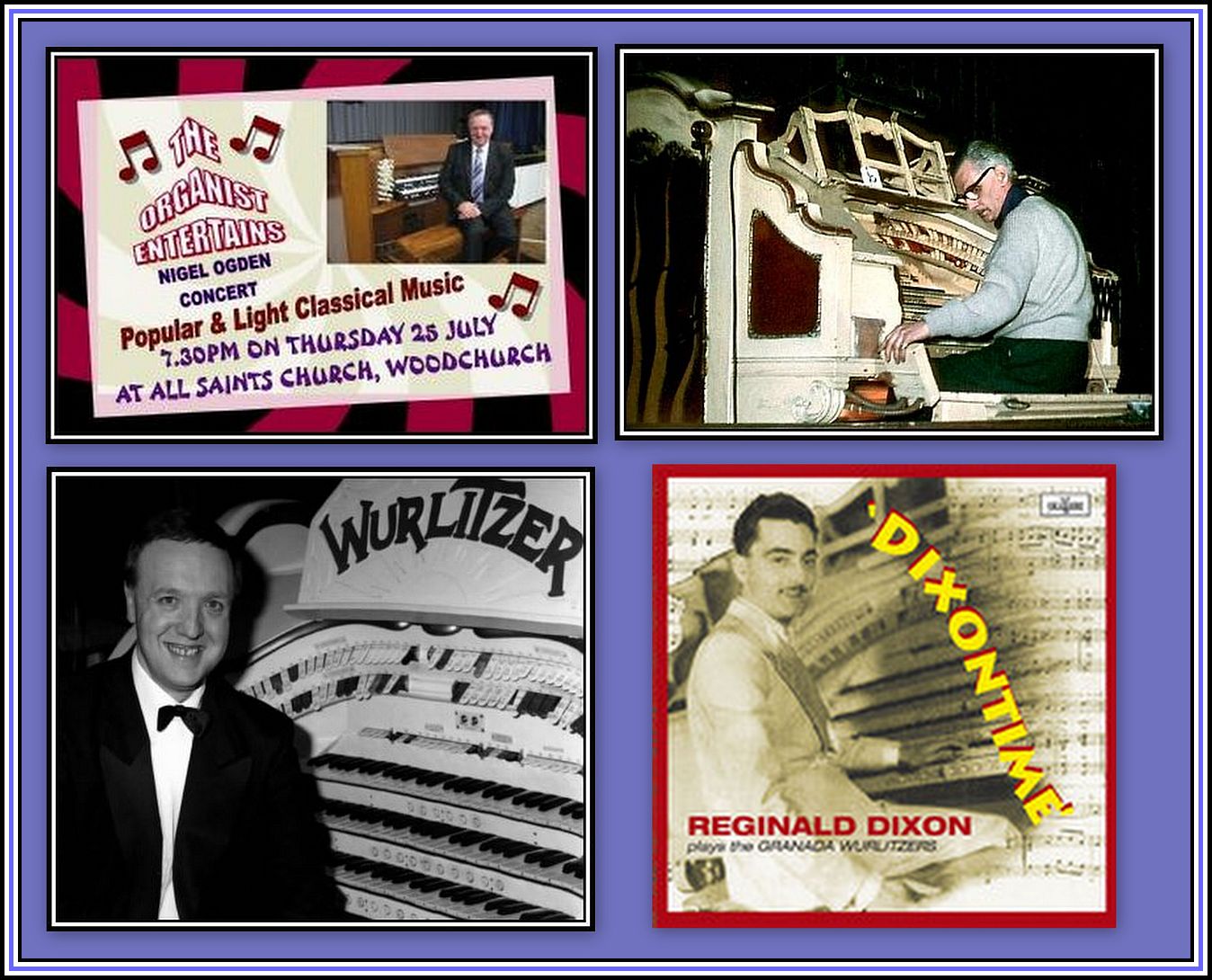 Organists at the Mighty Wurlitzer
Organists at the Mighty Wurlitzer
Top Right: Robin Richmond; Bottom Left: Nigel Ogden; Bottom Right: Reginald Dixon
Unfortunately it was not until 1984 that the organ was repaired and returned to its former glory. I remember reading that the organ had been restored and that a new lift installed at the time when the first concert since the 1970s was given on 22nd April, 2007. According to a report I read, the Mighty Wurlitzer rose like the phoenix from the ashes as it was lifted from the pit. One can image the glorious sound the filled the magnificent auditorium and the applause that such a sight and sound brought! Sadly, the Tooting area is prone to flooding when London is hit by severe rain storms and, soon after on 20th July, 2007, such a storm occurred and rain water flooded the organ console and chambers once more. I keep hoping to learn of plans to repair it and once again allow its sound to echo through the building. On a happier note, there is a fund to raise the cost of repairing the Granada Tooting’s Mighty Wurlitzer and let us wish them well in their endeavors.
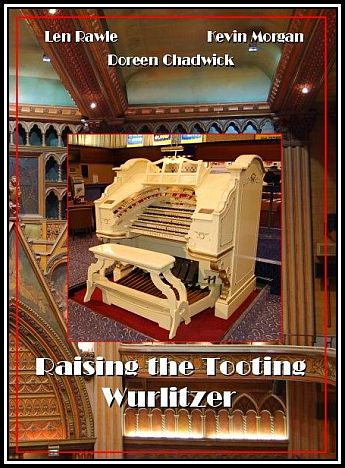 Proceeds of the sale of this DVD will be used to rebuild the Tooting Wurlitzer
Proceeds of the sale of this DVD will be used to rebuild the Tooting Wurlitzer
——oooOOOooo——
As remarkable as the stage, the ceiling and the Proscenium Arch are, it is the side walls of the auditorium that are perhaps even more spectacular and immediately catches one’s attention.
On either side of the Proscenium Arch is a huge Gothic window, which extends upwards and comes to a peek at the ceiling. The windows consist of a number of small diamond shaped panes of coloured glass – yellow, green, orange and red. In front of each is suspended a large candelabra consisting of rings of candle holders, one above the other, with each containing a small unlit candle.
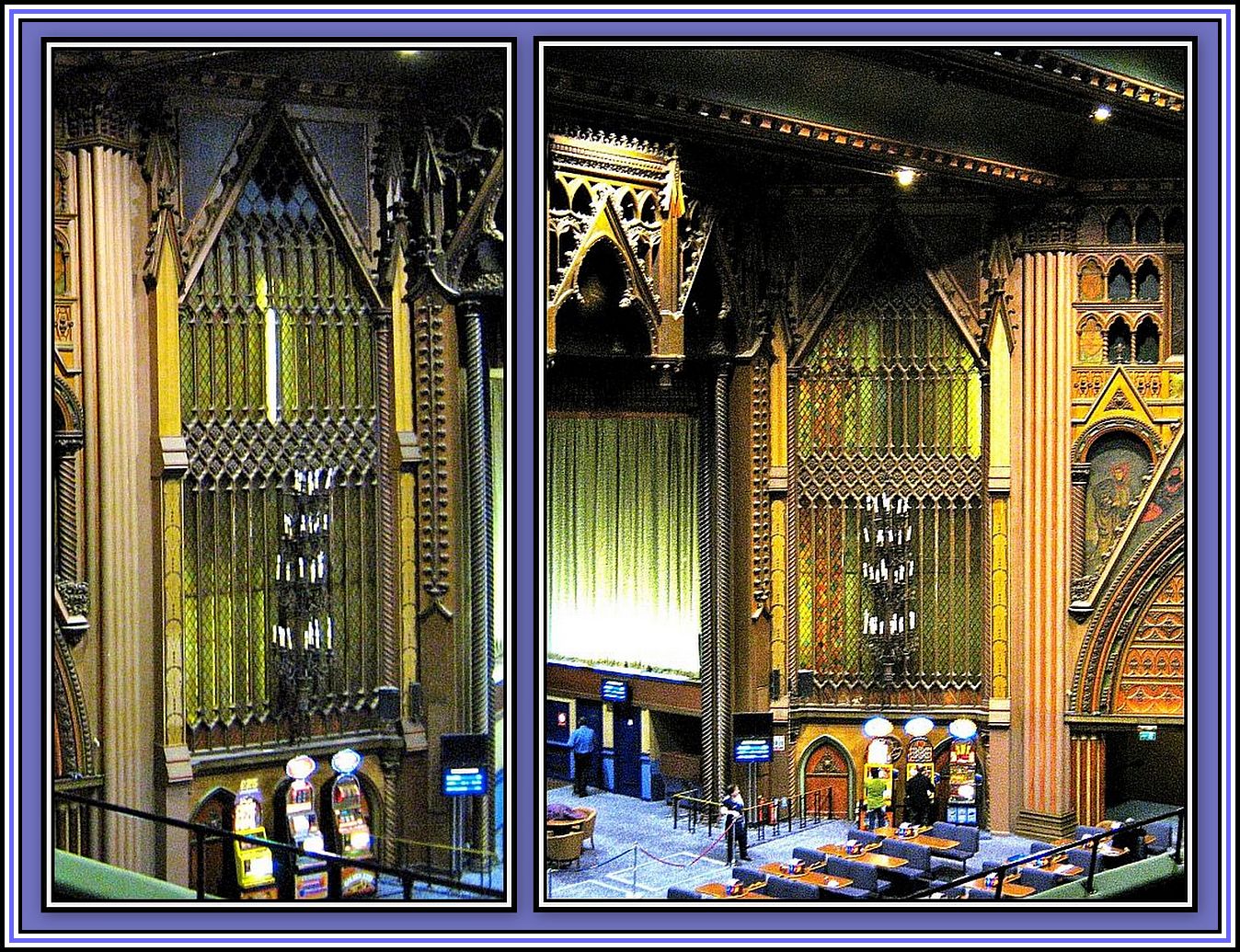 Gothic Windows on side walls of the Auditorium
Gothic Windows on side walls of the Auditorium
 Right Gothic Window detailing the coloured glass
Right Gothic Window detailing the coloured glass
Beneath the Gothic Windows are two decorated faux arched doors with a decorative motif between them. One of the faux doors and the motif are now mostly hidden from view by the presence of three pokie machines.
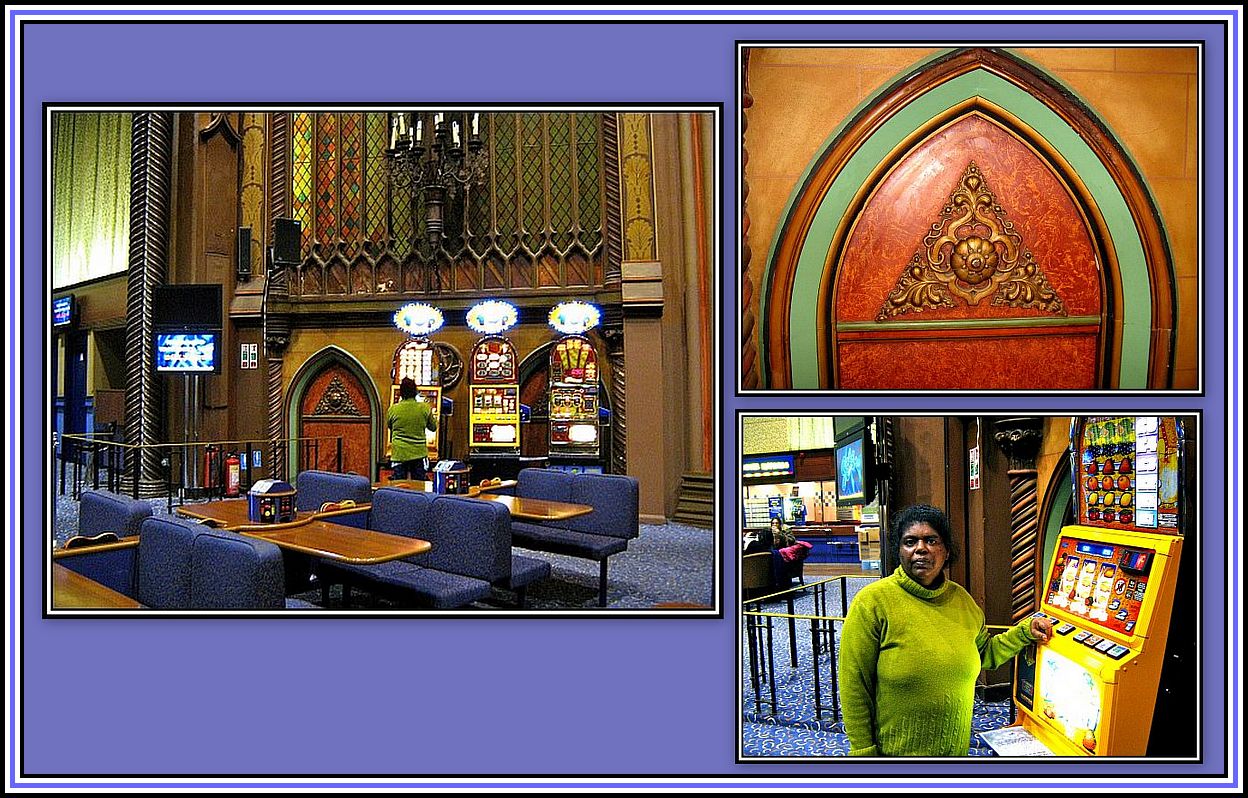 Decorative Faux Doors beneath the Gothic Window
Decorative Faux Doors beneath the Gothic Window
Top Right: detail of the Faux Door;
Bottom Right: a punter who went on to win big on the Pokie Machine
Next to each of the Windows is a Gothic arch, which is highly ornate and supported by a series of short columns. Passing under the arch leads the visitor to an open space and on to an exit.
Within the arch at its pinnacle and on either side of it are a number of murals depicting scenes from medieval court life that include damsels, knights, musicians and jesters. Stretching up to the ceiling from the arch and murals are a number of rows of ornate portals, several of which are filled with coats of arms.
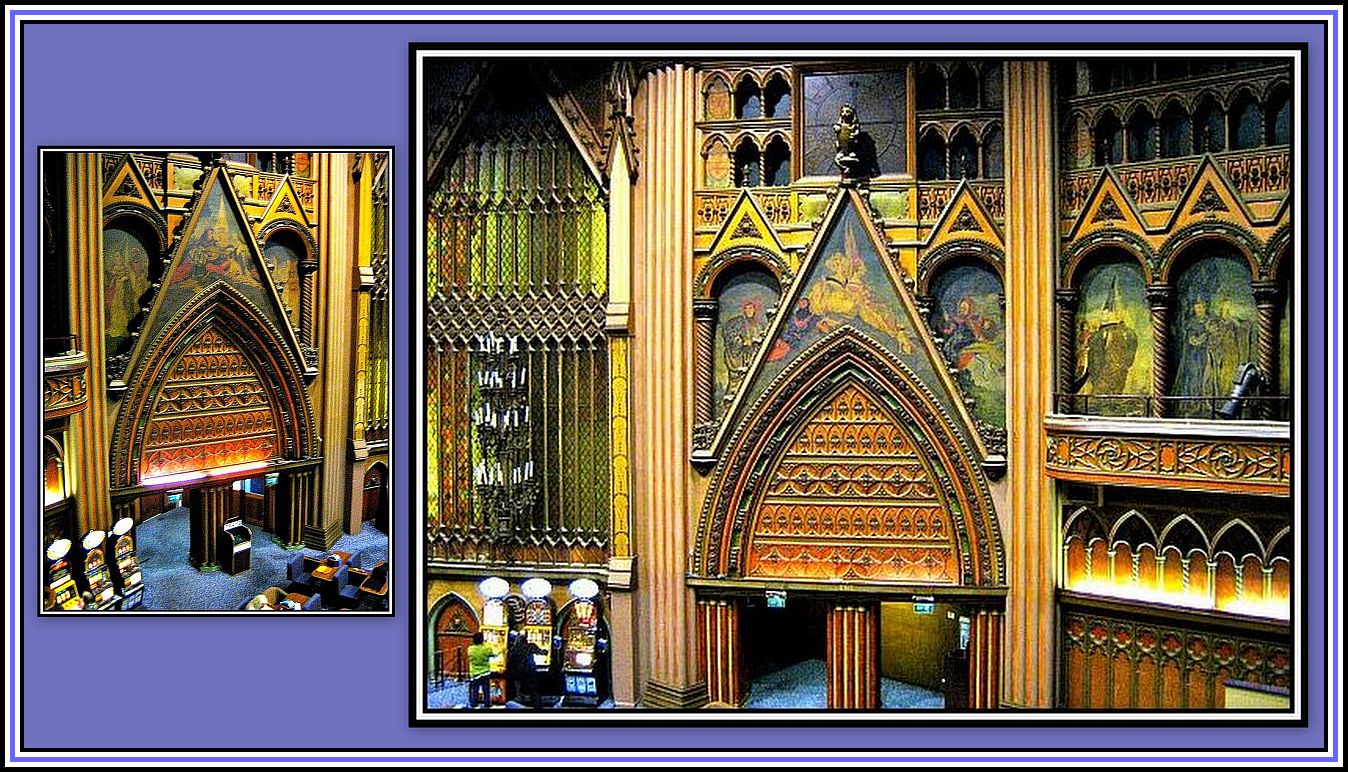 Left & Right Gothic Arches – additional details
Left & Right Gothic Arches – additional details
Above the arch, at its peek, stands a heraldic lion holding a coat of arms. Behind the lion is what appears to be the glass face of a clock, but with no hands.
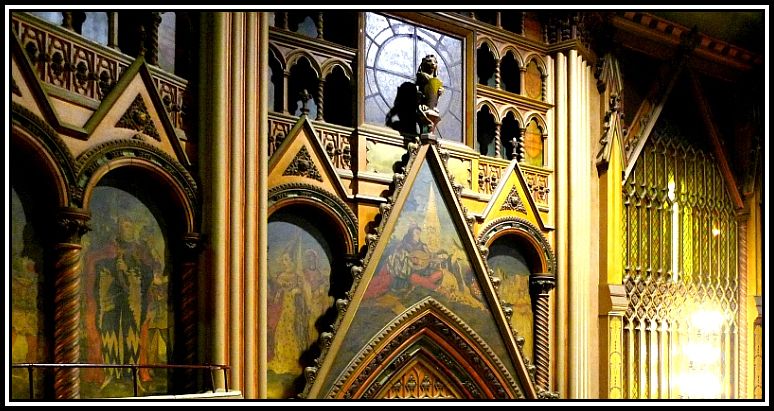 Heraldic Lion at the peek of the Gothic Arch
Heraldic Lion at the peek of the Gothic Arch
Looking past the Gothic arches on each wall is a series ornate panels at balcony level that each hold a painted mural depicting additional medieval figures. These paintings and those associated with the arches were executed in oil by Alex Johnstone from originals by Lucien Le Blanc. Unfortunately I have been unable to find any information on these artists. Each wall continues into the balcony, which is decorated with false windows and other decoration together with a series of double medieval torches that look as if they should be holding flames rather than electric light bulbs.
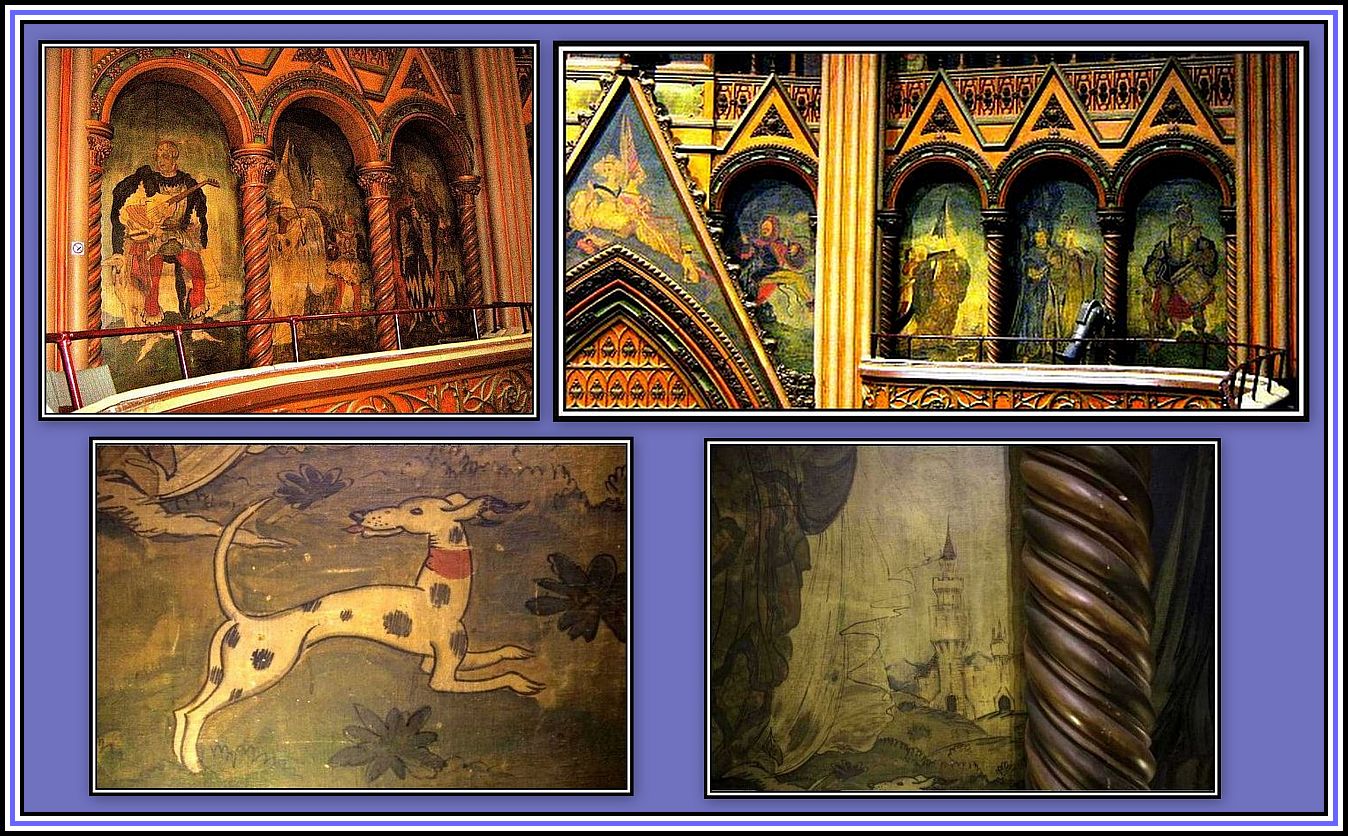 The photographs shown on the bottom row were taken by Helen Cox
The photographs shown on the bottom row were taken by Helen Cox
Under these murals at the stalls level are a series of additional small arches below which are further arch-like decoration. In front of this lower decoration on the left wall is a counter where the floor staff are based between Bingo Games. Adjacent to this counter are additional pokie machines.
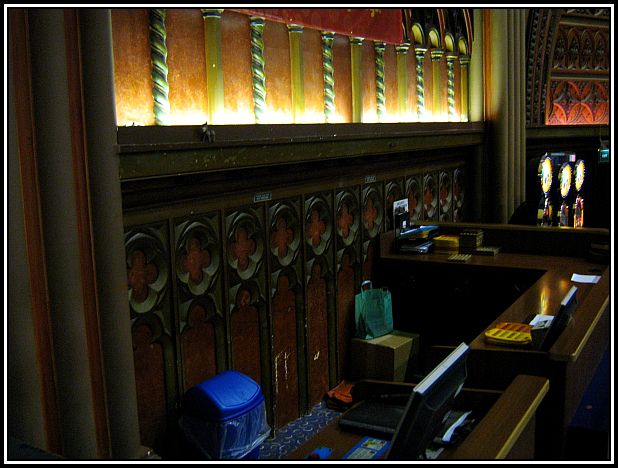 The Counter and what’s behind it!
The Counter and what’s behind it!
Naturally the combination of the Gothic windows together with the arches and portals impart onto the auditorium an ecclesiastical look reminiscent of the great cathedrals of England and France and could easily deceive visitors into thinking, albeit momentarily, that they are standing in the naive of such a cathedral. However, the presence of the Bingo tables throughout the auditorium and stage together with the strategically placed slot machines soon return the visitor to the present and more secular times.
——oooOOOooo——
The circle extends out over part of the stalls and looking up at the underside of the circle I was able to see that it was deeply recessed with decorative moulding and lighting. Although the decoration is truly spectacular and a glorious example of 1930s Art Deco cinema lighting fixtures, it did strike me as being perhaps somewhat modern compared to the Gothic decoration chosen to grace the remainder of the auditorium. Please be aware that this comment should in no way be taken to mean that I was not impressed by this form of decoration. I found it to be as remarkable as any other in the theatre ……. just different!
The rear stalls area is raised and, as with the front stalls, the cinema seating has been removed and replaced by small booths and tables.
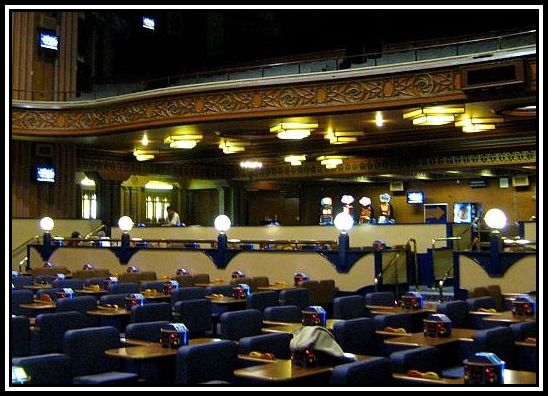 Back Stalls area under the Circle is raised
Back Stalls area under the Circle is raised
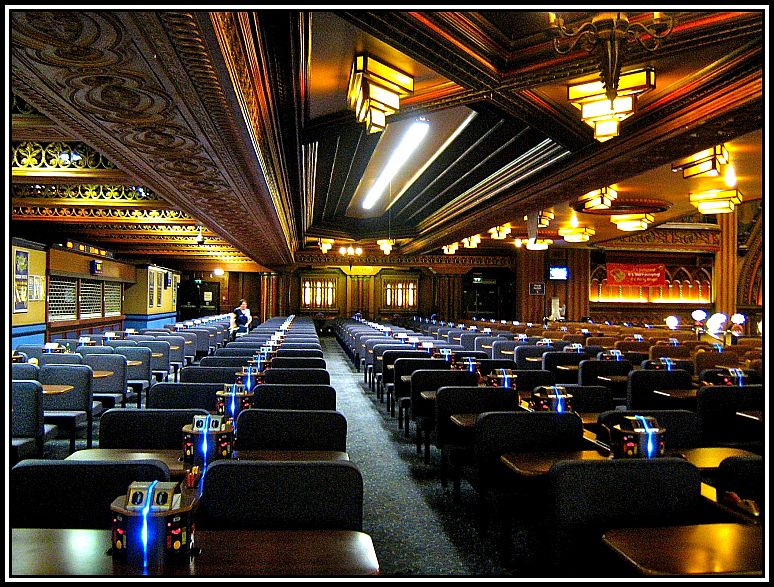 Back Stalls seating replaced by Tables & Booths
Back Stalls seating replaced by Tables & Booths
A number of players were still sitting in this area and talking despite the afternoon session being over. I asked them if any of them remembered the building when it was a cinema. They all did and each one told me about going to see their favourite entertainers here together with their husbands and boyfriends. I asked if they were going home or if they were going to wait for the evening session. Apparently they were going to wait since they lived some distance from the Gala and did not have enough time to go home and then travel back. One woman told me that she stayed at the Gala between sessions as it was warm. She said that it cost her too much money to heat her flat since she had to live on a small Government pension and had to be careful how she spent her money.
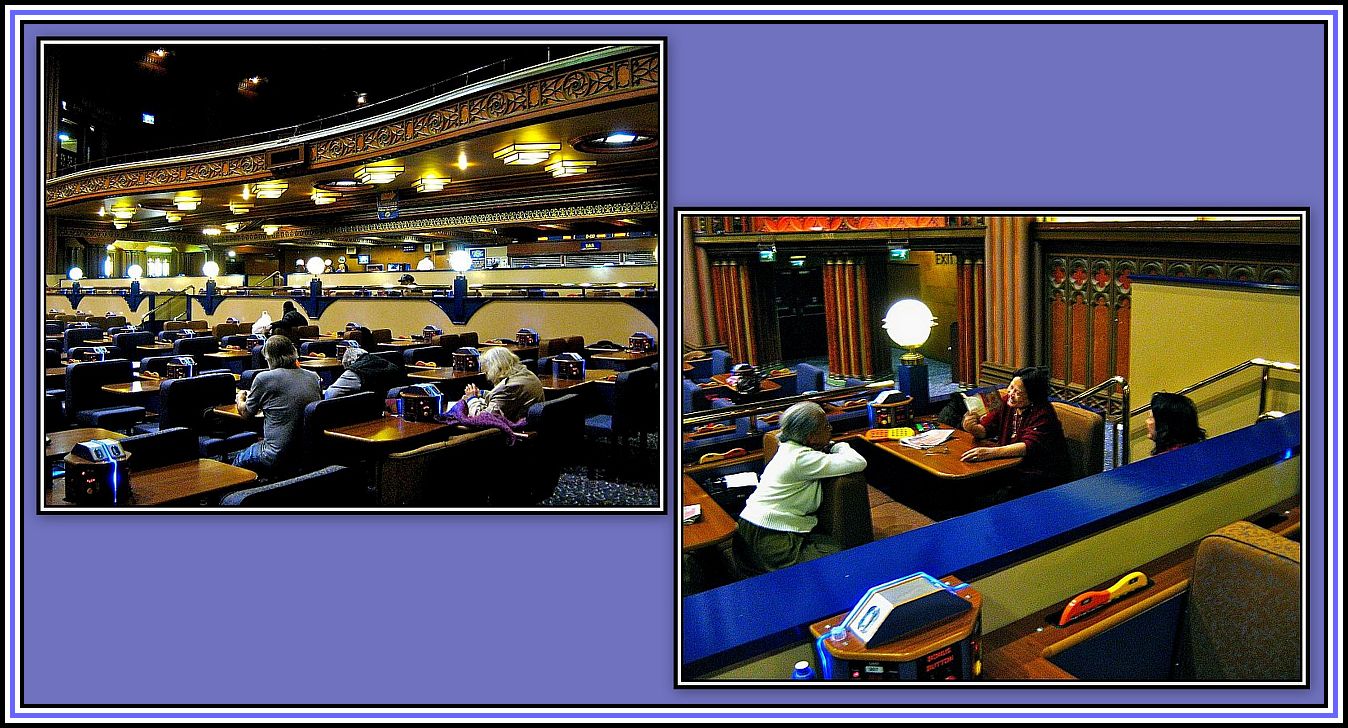 Waiting for the Evening Session
Waiting for the Evening Session
While chatting to these ladies, I noticed a man and woman going about their work in the auditorium. I learned that they were part of the cleaning staff. They were very friendly and told me that they had come from Poland. The lady said she had worked at the Gala for a number of years. I thought that they were related, however this turned out not to be so. The man told me that they were great friends and that he rented a room from the lady and that she had got him his job at the Gala.
I spent a great deal of time walking around the auditorium. Each time I made a circuit, I would discover something new that I had previously missed. The lights of the auditorium had been lowered slightly and the place was almost empty and had become extremely quiet once again adding to the ecclesiastical feel of the place.
I made my way to the back of the auditorium. Here a bar had been installed for the delights of the thirsty patrons.
On either side of the auditorium in the back stalls area and at the back wall are a number of faux decorative windows consisting of a number of pieces of glass, which is illuminated from behind.
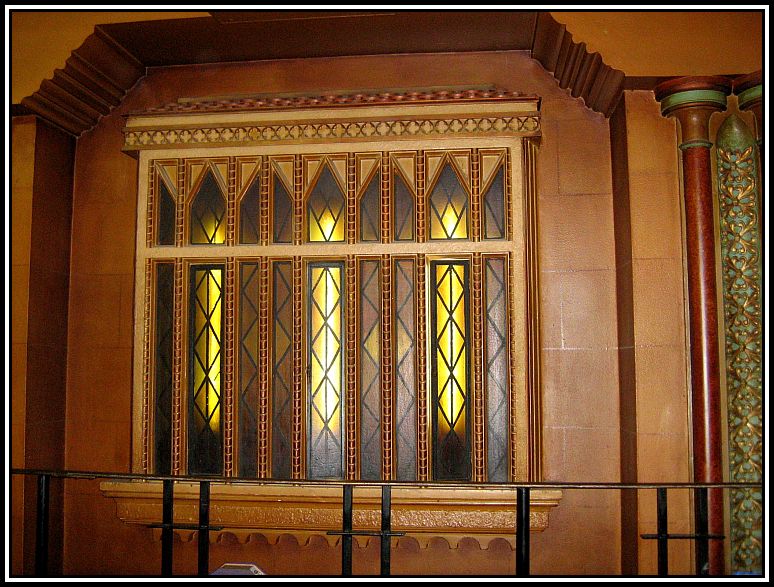 Decorative Faux Window at the rear of the Auditorium
Decorative Faux Window at the rear of the Auditorium
At the back of the auditorium on the left are emergency exit doors. Even these have decoration surrounding them.
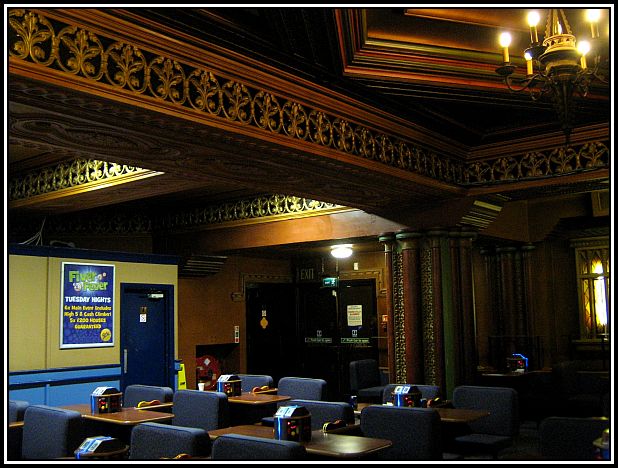 Emergency Exit Doors at the back of the Auditorium
Emergency Exit Doors at the back of the Auditorium
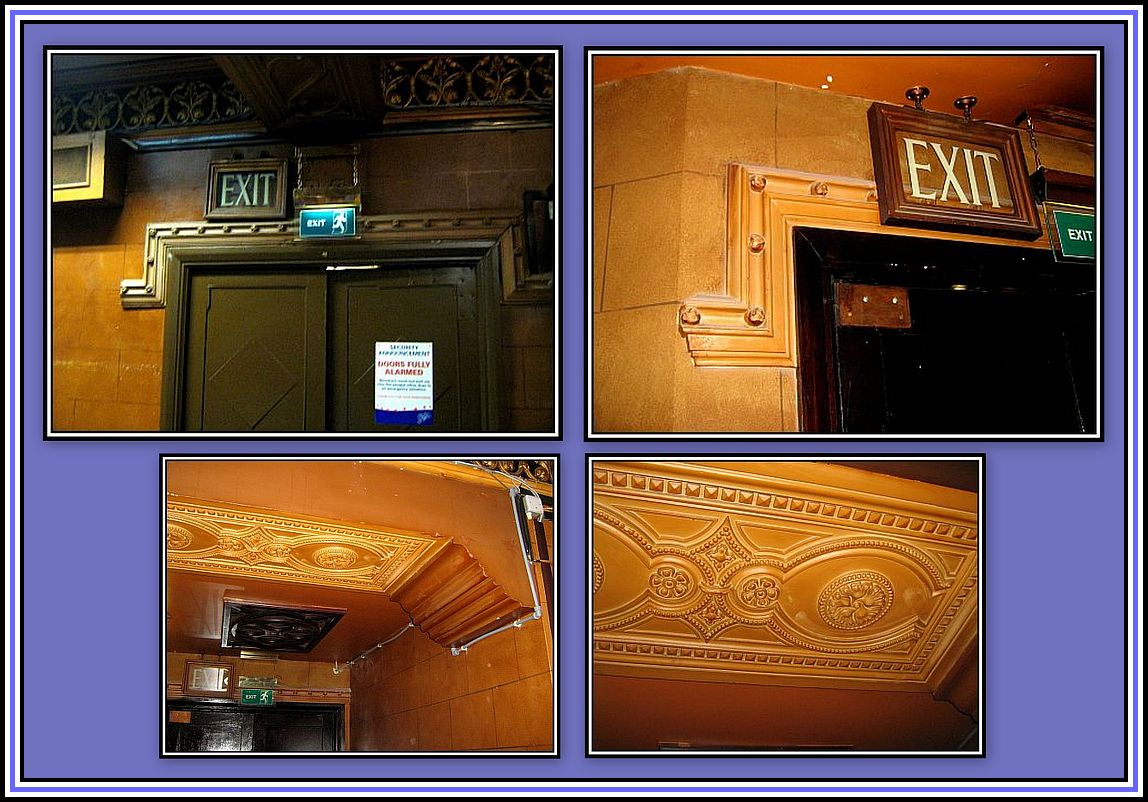 Exit Doors and details of the ceiling decoration close by
Exit Doors and details of the ceiling decoration close by
I hate to admit that I did have one complaint about the auditorium and that was the carpet, as it was not in keeping with the overall décor of the place. It was predominantly blue-grey in colour with a repeating motif, which was the preferred colour and design of Gala. Since the building was now a Gala Bingo Hall, it was in keeping that it be allowed to make its presence felt by displaying its characteristic motif on the carpet, and besides, the carpet was obviously of durable material, which is of importance when it is going to be walked on by an enormous number of people each year.
Despite my enjoying this peace and tranquility now that the house lights had been lowered, I eventually had to move on as the evening session would be starting soon and I still had much to explore.
——oooOOOooo——
I made my way back to the atrium where I found the manager talking to some patrons. He was very friendly and invited me to take some of the chips that he had provided for the remaining patrons to eat before the evening session began. He spoke almost lovingly about the building and was very proud of being manager there.
——oooOOOooo——
Once back in the Grand Foyer, I took time to look at the things I had missed earlier thanks to my eagerness to enter the auditorium. I noticed something of special interest on the left wall, close to the staircase to the circle. There is a huge framed document containing autographs of many of the stars who had appeared here. Unfortunately many of the autographs have faded with time, but some were still discernible. Roger Moore was the last to sign in 1969 when he made a personal appearance at the theatre to promote his film, Crossplot.
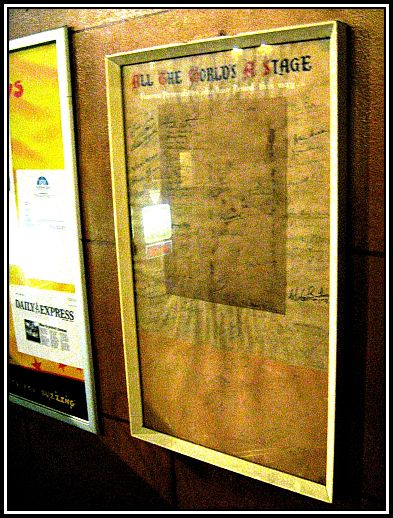 All The World’s a Stage …… a series of autographs
All The World’s a Stage …… a series of autographs
(Unfortunately, I was unable to take a better photograph)
The theatre had, without doubt, an illustrious past and saw many talented people perform on its stage. People such as Frank Sinatra, Danny Kaye, Betty Hutton, Lena Horne, The Andrew Sisters and Carmen Miranda and numerous other American artists had performed here, as well as many British stars.
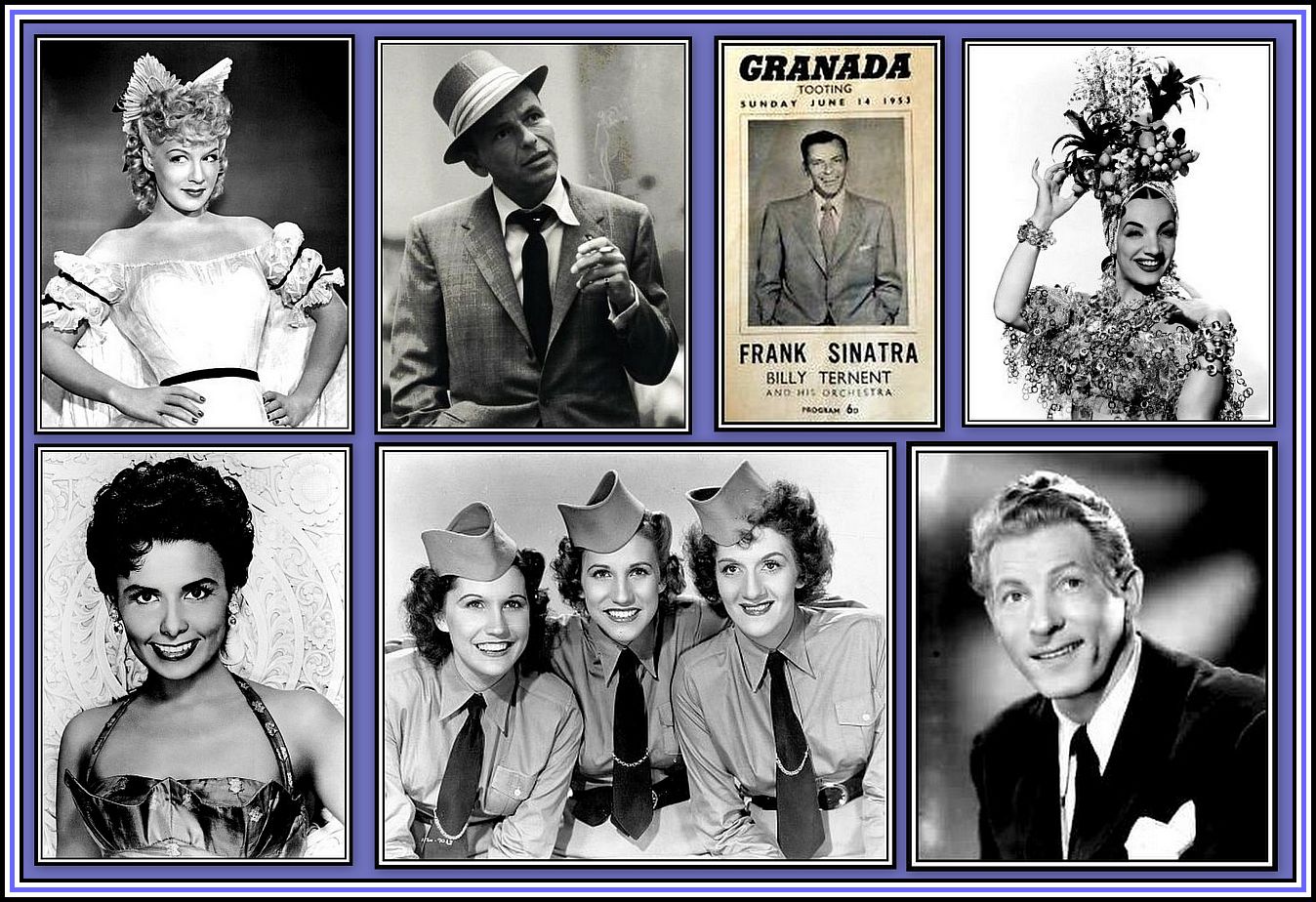 Some of the Artists who appeared at the Theatre
Some of the Artists who appeared at the Theatre
Top Row, from left to right: Betty Hutton, Frank Sinatra, (and advertisement for his appearance here in 1953) & Carmen Miranda;
Bottom Row, from left to right: Lena Horne, The Andrew Sisters & Danny Kaye
In addition, Pantomimes were successfully presented at the theatre between 1936 and the early 1950s each Christmastide and even a circus during its early days. In 1936, a full-length Pantomime, Jack and the Beanstalk, was presented on stage along with a feature film and a short. Apparently, the combined Pantomime and film lasted for over three hours and was presented three times each time.
By the mid-1950s, Pantomimes and going to the pictures, was appealing less and less to the British public. The last pantomime to play at the Granada Theatre Tooting was at Christmas 1957 and was a production of Robin Hood. In an attempt to attract a wider audience, skiffle had been added. The circuit did not present any Pantomime in 1958, but did present one last production in 1959 that played a limited number of theatres.
A number of film stars made personal appearances at the theatre to promote their latest feature. Such diverse stars as John Wayne and Jayne Mansfield made appearances here.
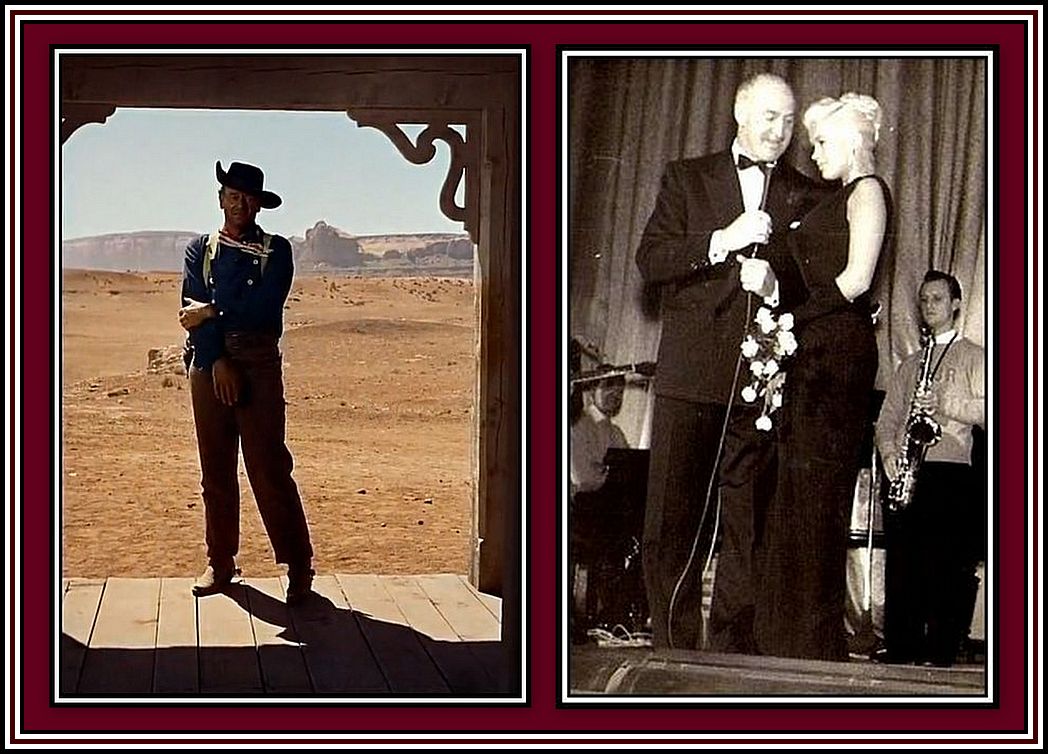 John Wayne appeared at the theatre in the early 1950s and Jayne Mansfield also made a personal appearance in 1956 to publicise her film, The Girl Can’t Help It
John Wayne appeared at the theatre in the early 1950s and Jayne Mansfield also made a personal appearance in 1956 to publicise her film, The Girl Can’t Help It
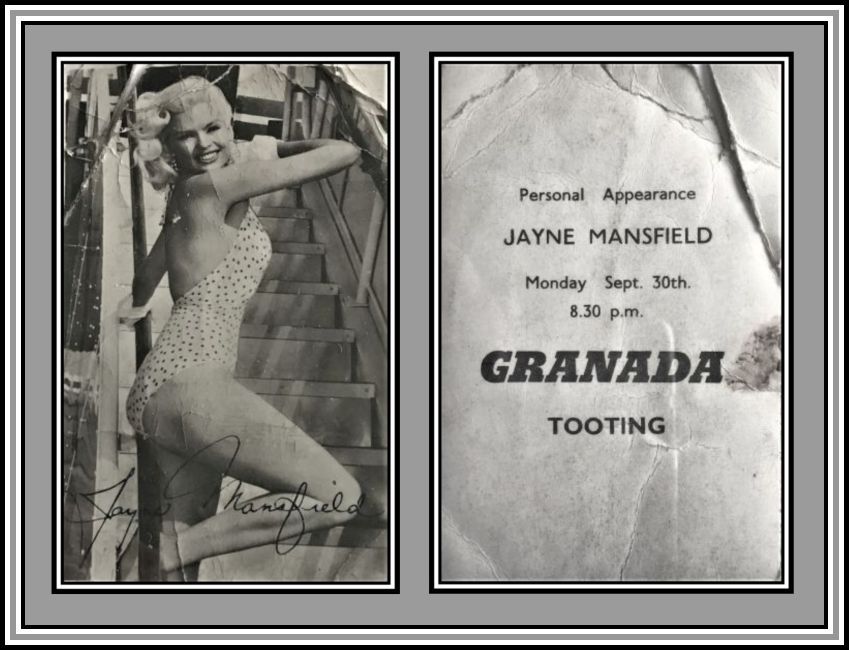 Jayne Mansfield publicity postcard noting her visit to the theatre
Jayne Mansfield publicity postcard noting her visit to the theatre
(Postcard provided by Steven – South Wales)
Once people began to go to the cinema less often, the cinema circuits looked for additional ways to generate revenue. By the late 1950s and for most of the 1960s, the Granada Theatre Circuit provided venues for wrestling bouts and rock concerts. Jerry Lee Lewis appeared here. Roy Orbison appeared on stage together with The Beatles when they topped the bill in 1963. The final live show was given by The Bee Gees on 28th April, 1968.
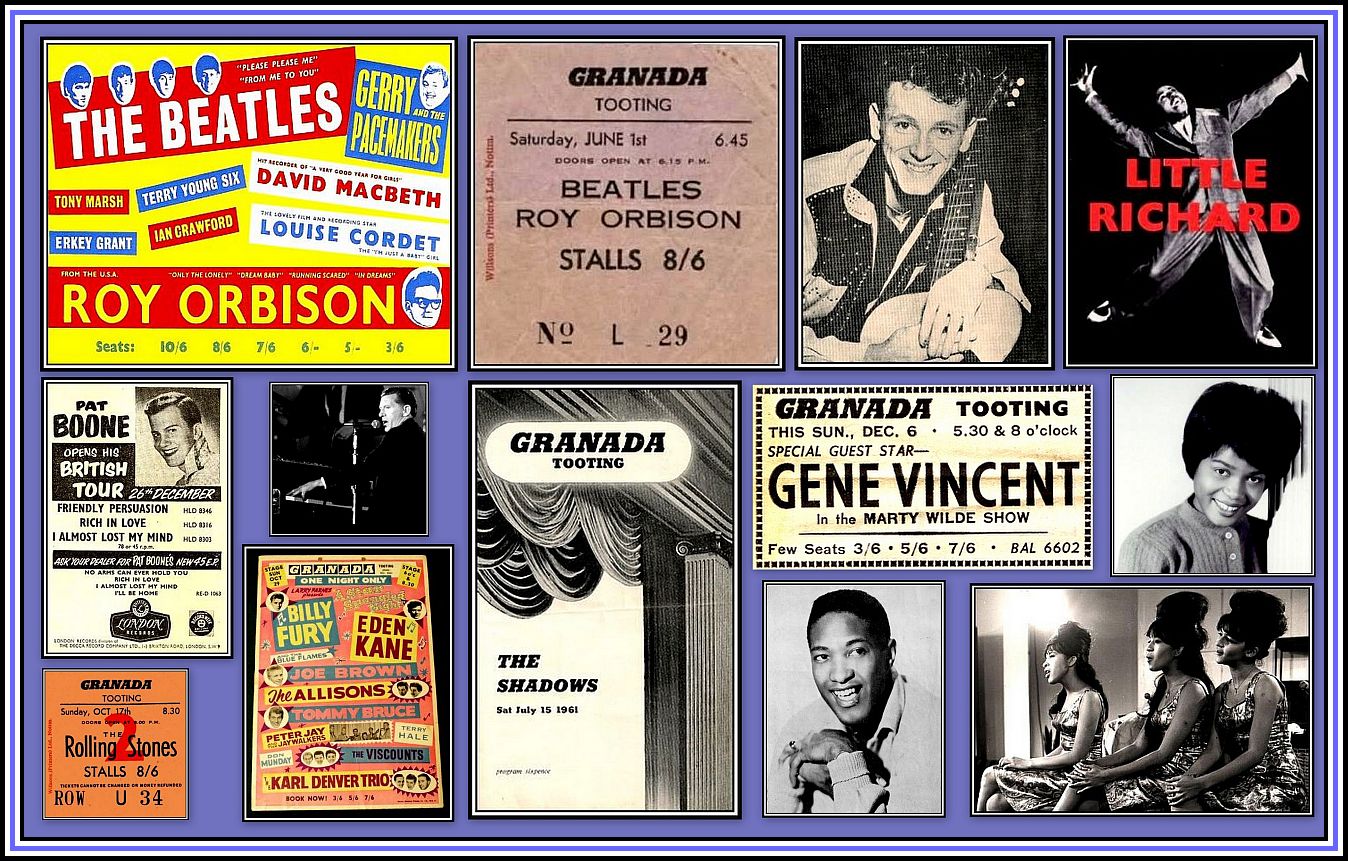
 The Bee Gees, 1968
The Bee Gees, 1968
——oooOOOooo——
I next made my way up up the left-hand staircase to the Gallery at the circle level and marveled again at the view of the spectacular Grand Foyer. On the landing of each staircase is a gilded Long Chair with a red velvet cushion. These and other pieces of furniture about the foyer, including long poled candelabra and the table found on the Gallery Walkway were designed by Theodore Komisarjevsky. I was informed that neither of the Long Chairs were meant for use, but were intended to be admired from a distance! Above the Long Chair on the landing of the right-hand staircase is a plaque to commemorate the diamond-jubilee of the building (1931-1991) and which was unveiled by the radio and television personality, Michael Aspel.
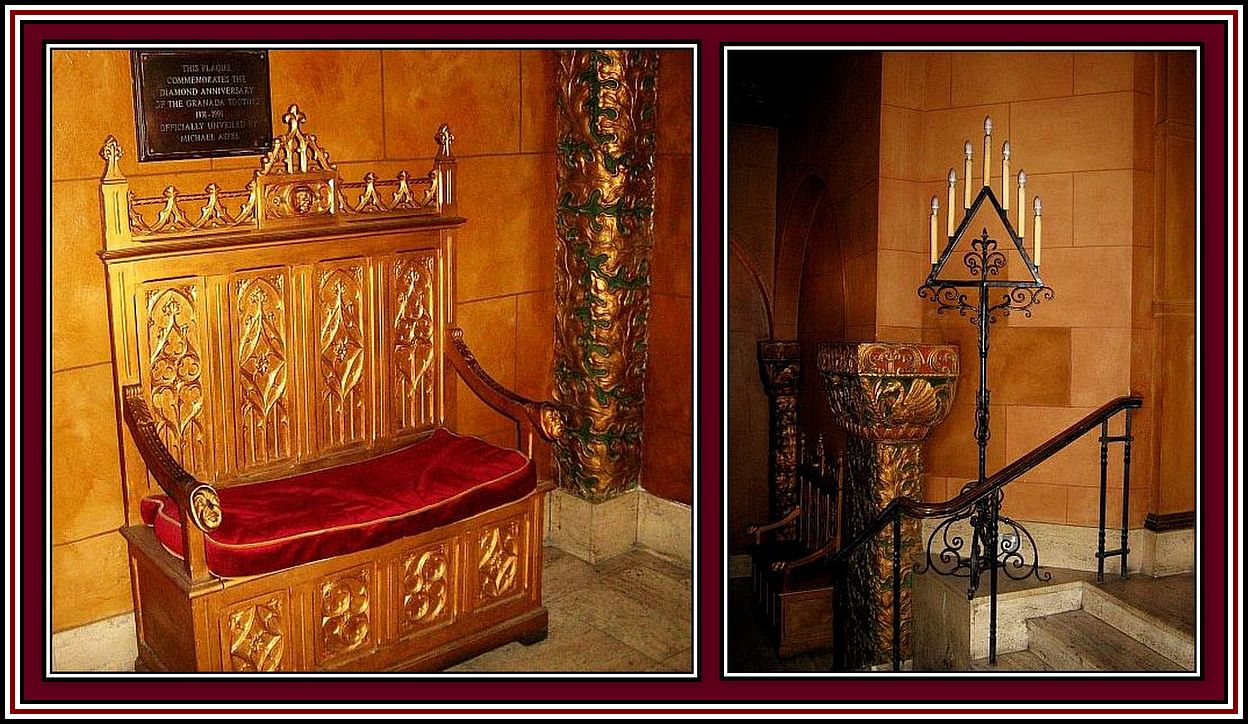 Left: Right Hand Staircase Landing Long Chair with plaque above; Right: Long Pole Candelabrum
Left: Right Hand Staircase Landing Long Chair with plaque above; Right: Long Pole Candelabrum
Both the left and the right-hand staircase lead up to a Central Gallery over the Atrium, which opens into a small colonnade of four columns with mirrored walls. One of the mirrors has arrows that point the way to the Hall of Mirrors and the Circle.
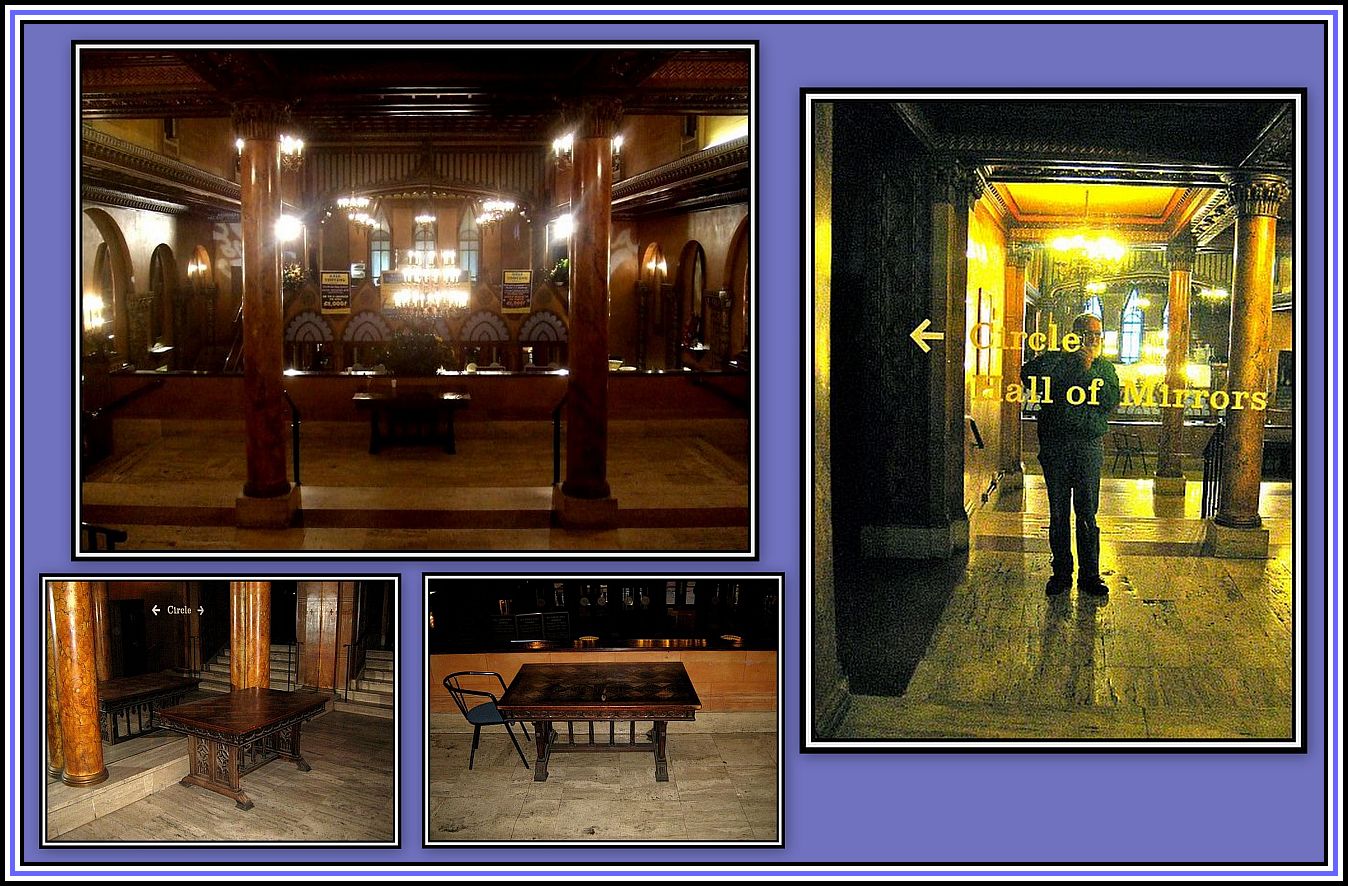 Gallery across the building linking the Circle & The Hall of Mirrors
Gallery across the building linking the Circle & The Hall of Mirrors
I could not wait to go The Hall of Mirrors! I wondered if it was going to be like The Hall at the Chateau de Versailles?
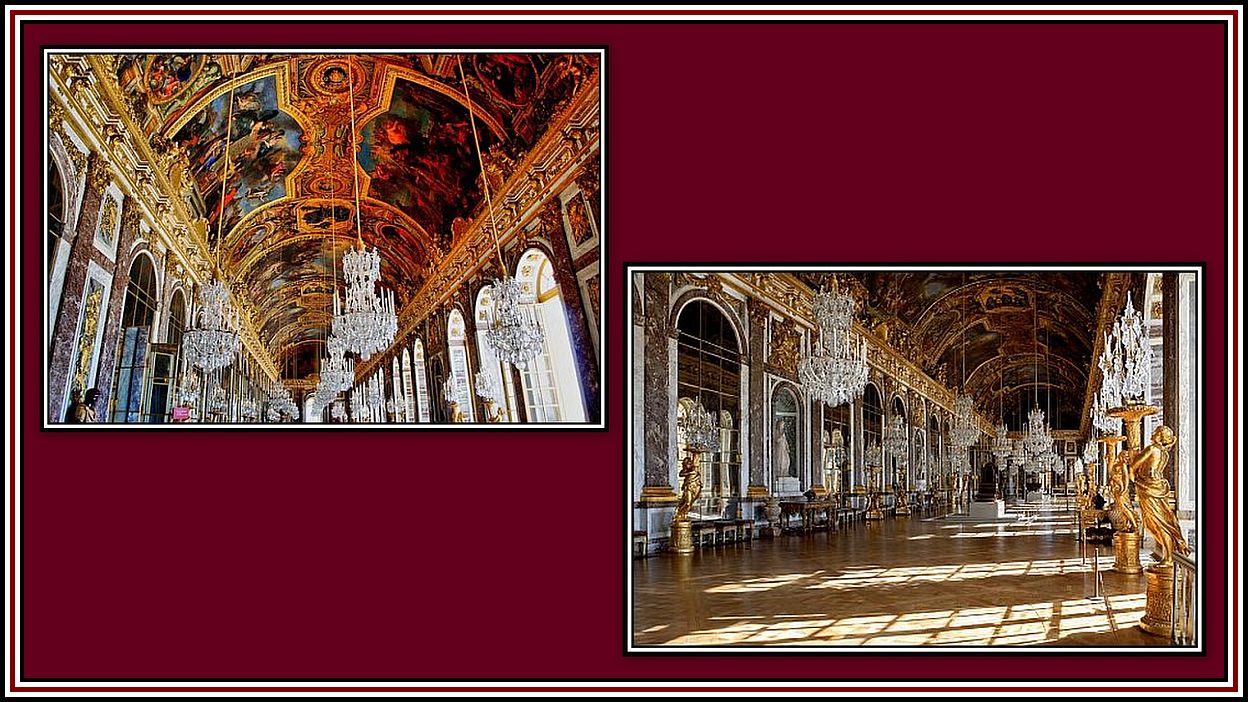 The Hall of Mirrors, Chateau de Versailles
The Hall of Mirrors, Chateau de Versailles
I made my way from the Gallery Walkway and walked up the steps of the entrance and went into The Hall.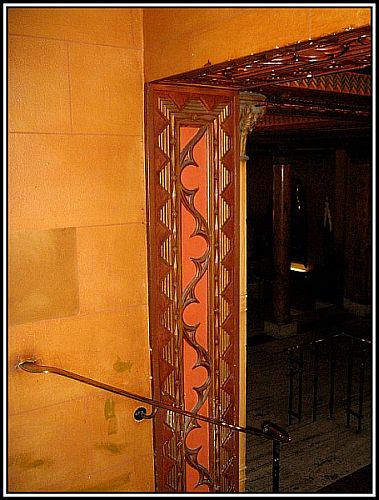
I passed through a decorative opening and walked up the steps and was met by yet another spectacular sight! As a consequence of each wall being mirrored, I had the illusion that The Hall went on to infinity. In reality, The Hall was nowhere near as large as that of the Chateau, but neither was it as over-the-top nor as gaudy! The Hall was one hundred and fifty feet long and twenty feet wide and had been intended as a waiting area for patrons and was essentially a corridor under the circle. The Hall is lined by a number of short plain Corinthian Columns that extend around the perimeter and which support a series of rounded arches. The mirrors are positioned behind these columns and are set between a second set of ornate columns.
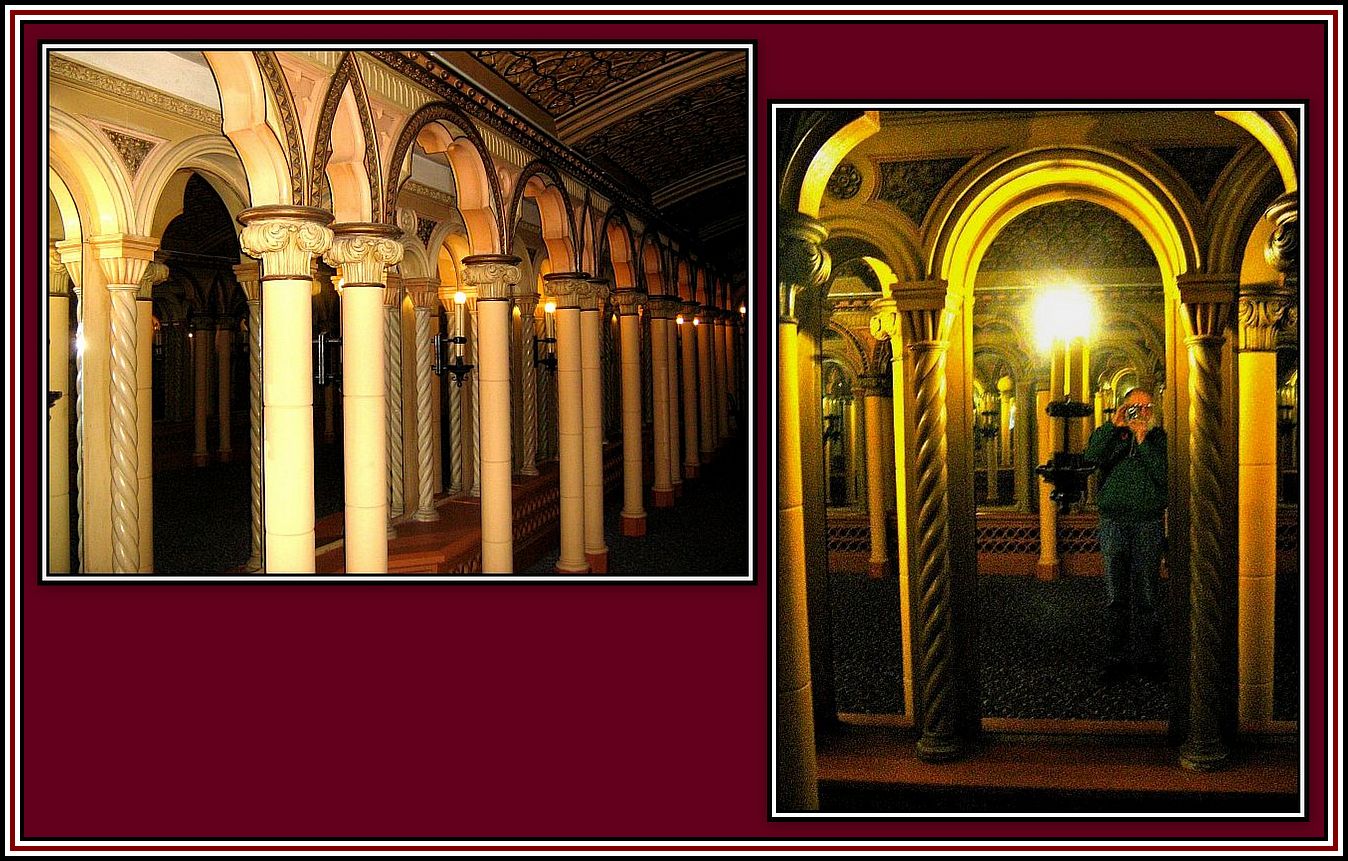 Reflection gives the impression that The Hall is vast
Reflection gives the impression that The Hall is vast
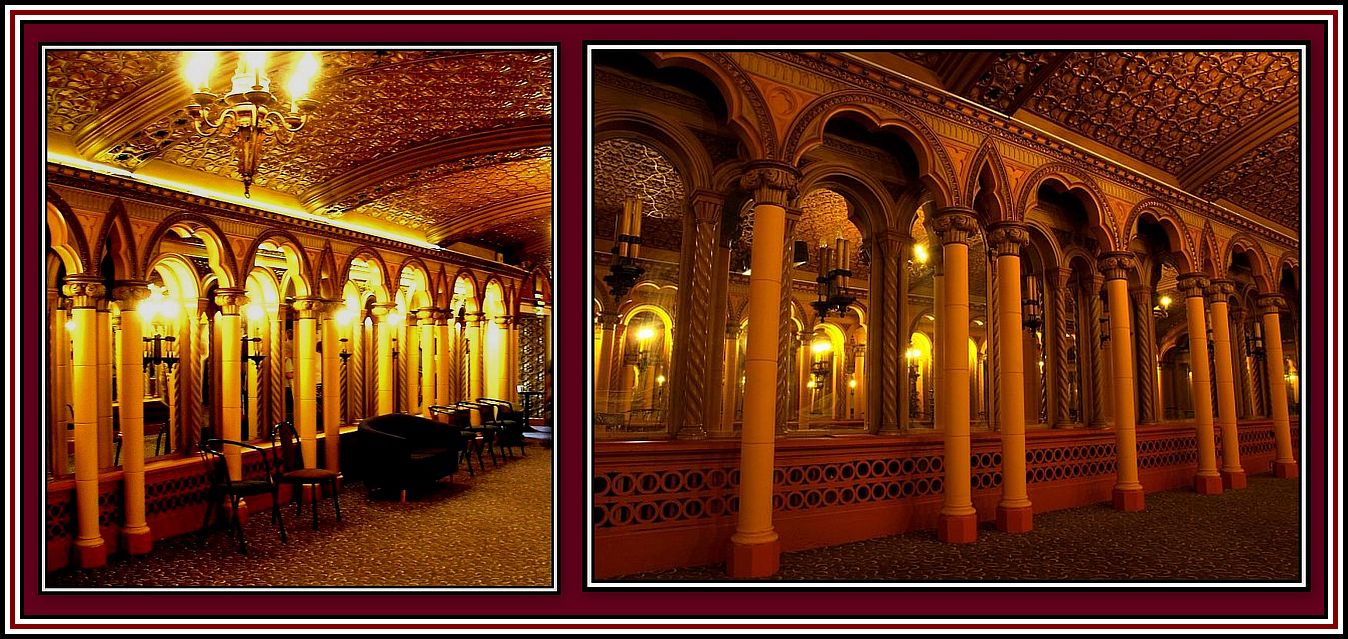 The Hall of Mirrors in full light (left) and in subdued light (right)
The Hall of Mirrors in full light (left) and in subdued light (right)
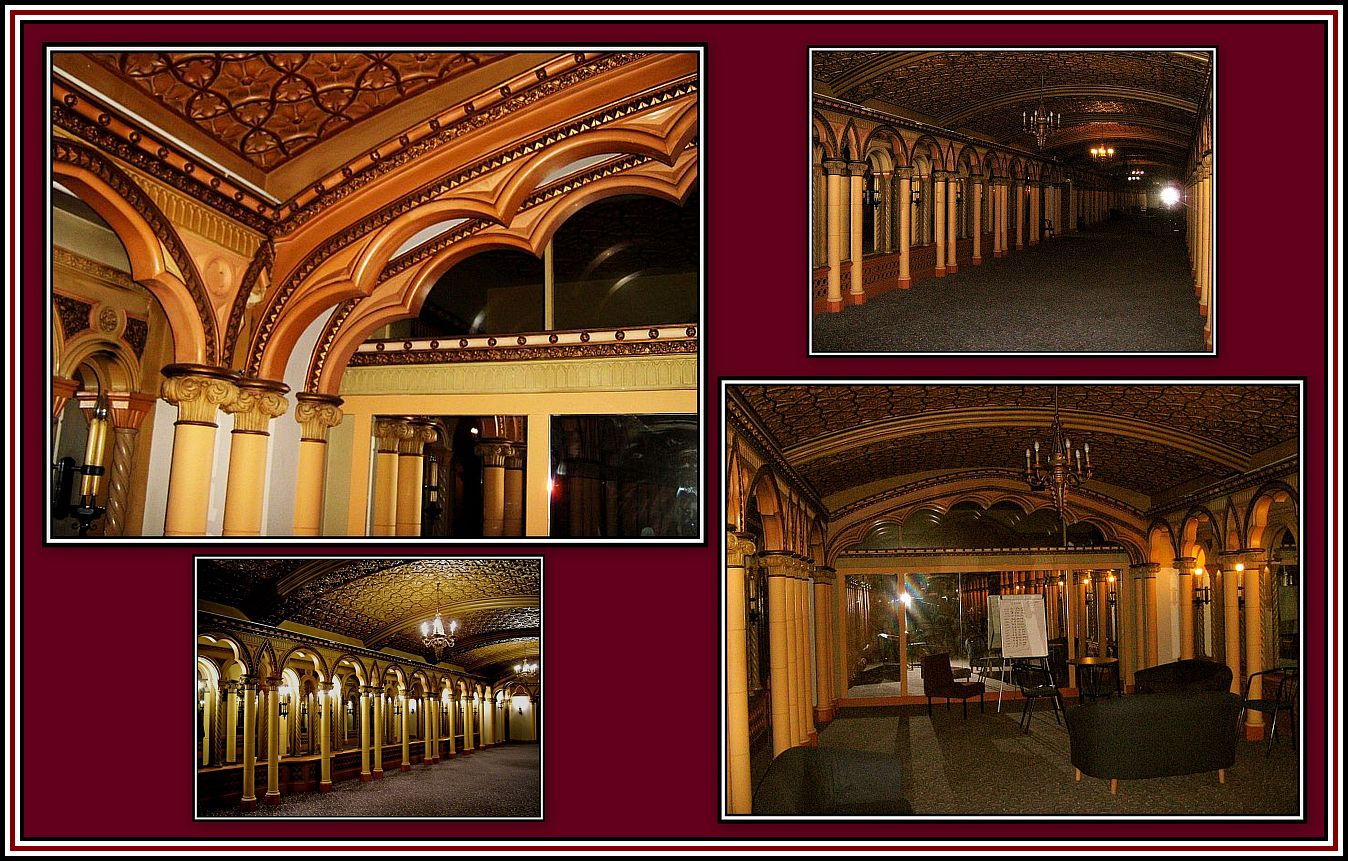 The Mirrored Far Wall and surrounding decoration
The Mirrored Far Wall and surrounding decoration
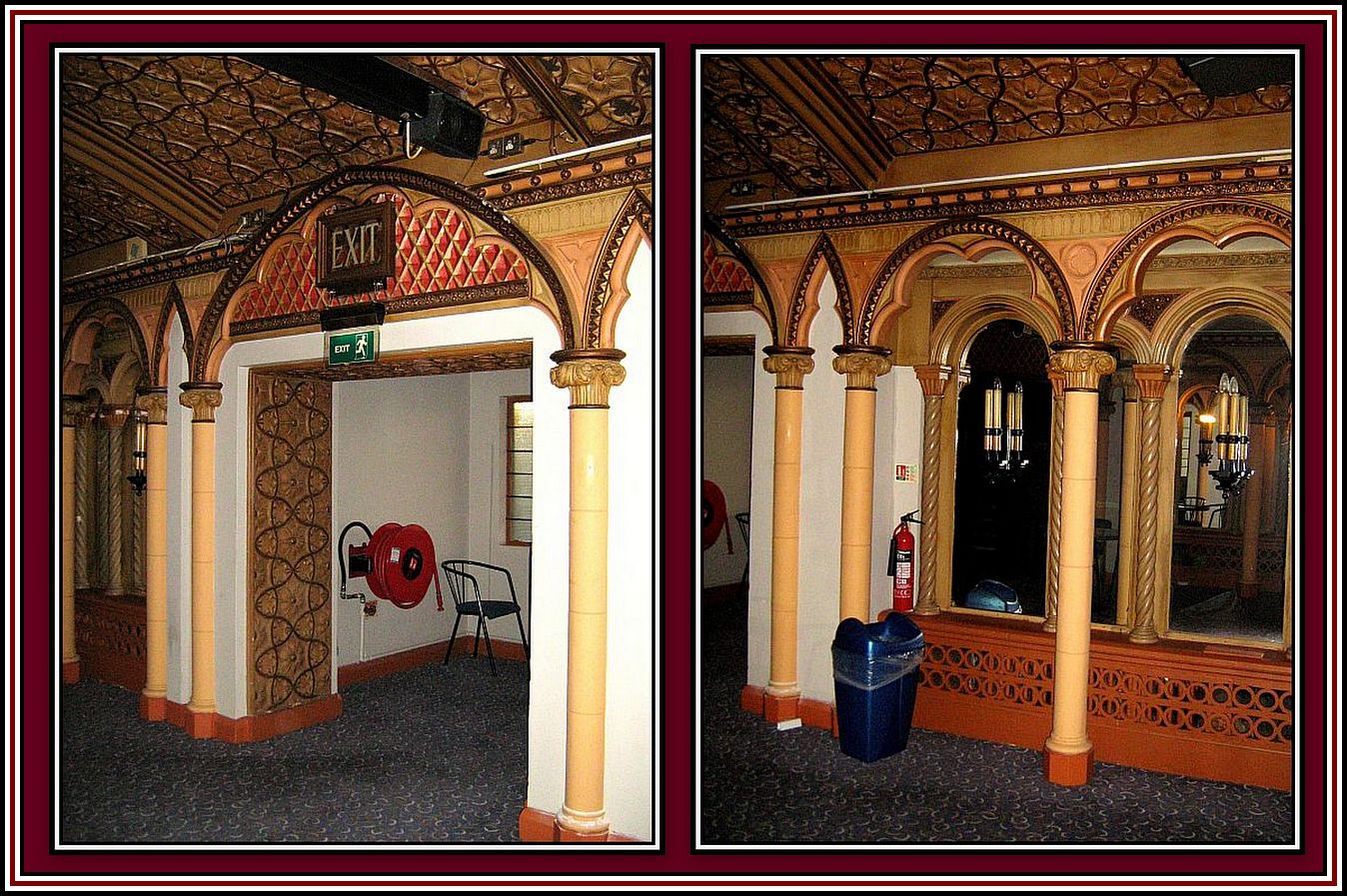 Details of the Columns & Mirrors
Details of the Columns & Mirrors
Left: Exit once used to speed patrons out of the theatre at the end of a performance
The ceiling is also highly decorated with a repeating motif of ornate beige roses and leaves. The effect was spectacular. Again, I hate to mention the carpet, so I won’t! However, what I will say is this: it must have been amazing to enter this glorious Hall and wait with an excited expectation at the thought of entering the circle and seeing a film in the magnificent auditorium. I consider myself most unfortunate at never having experienced this joy.
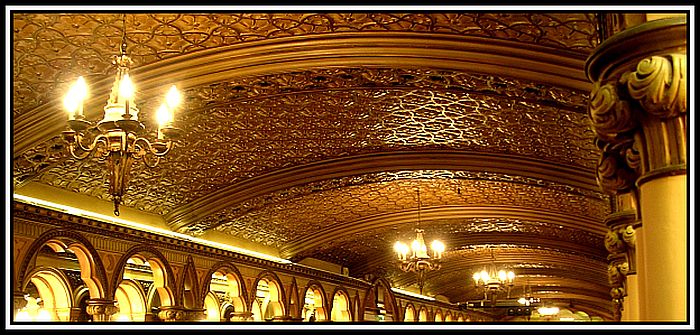 The Hall of Mirrors – The Ceiling
The Hall of Mirrors – The Ceiling
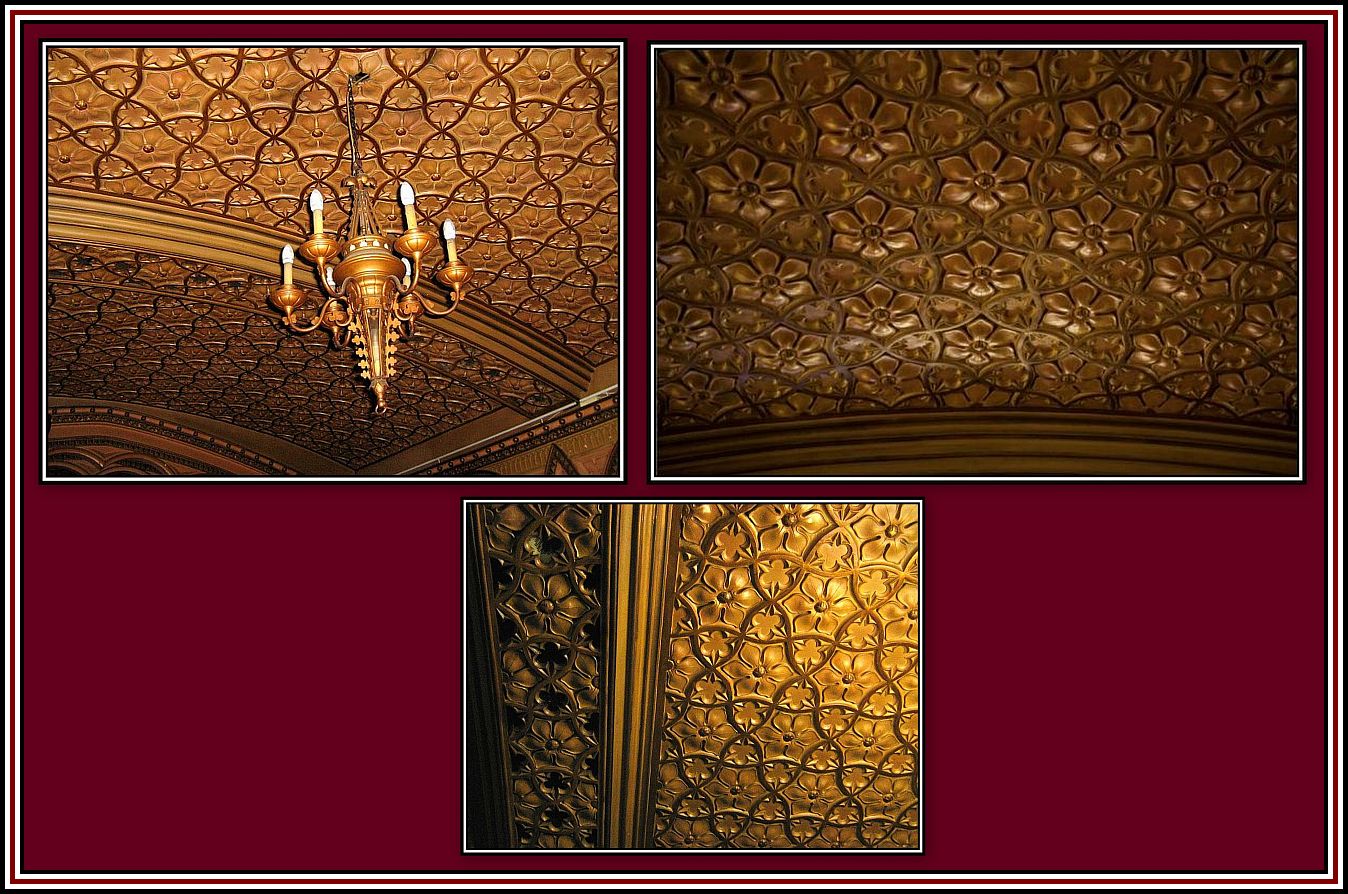 The Hall of Mirrors – Ceiling Details
The Hall of Mirrors – Ceiling Details
Halfway along the Hall is a short flight of stairs that leads to the circle at the crossover, which separated the more expensive Circle seats from the so-called cheaper ones. In all other Granada Theatres, patrons entered the circle at the sides. It was only at the Granada Theatre Tooting that an additional entrance was found at the centre of the crossover.
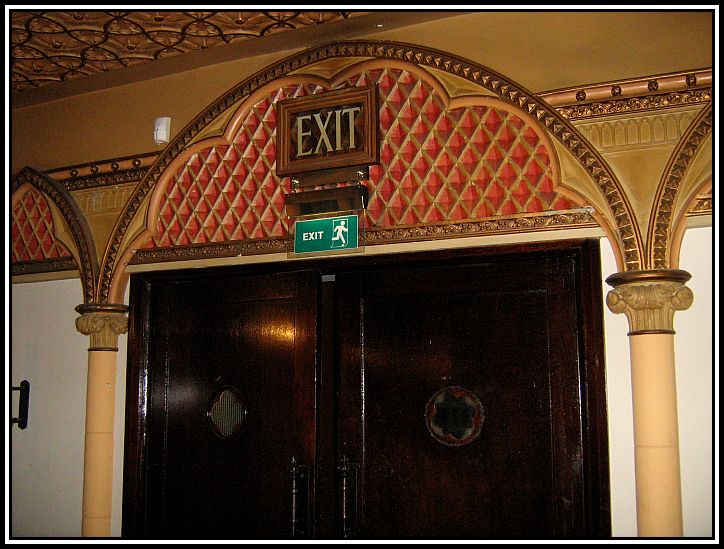 Entrance leading from The Hall of Mirrors to the Circle
Entrance leading from The Hall of Mirrors to the Circle
——oooOOOooo——
I left the remarkable Hall of Mirrors and made my way to the Circle. I walked up a number of steps and found myself in the middle of the circle at the walkway that extends across the auditorium. The entrance area is bounded by a brown coloured balustrade, which I presume was made of wood. I am unsure if the circle seats were original or not, but I feel certain that they had been recovered at sometime.
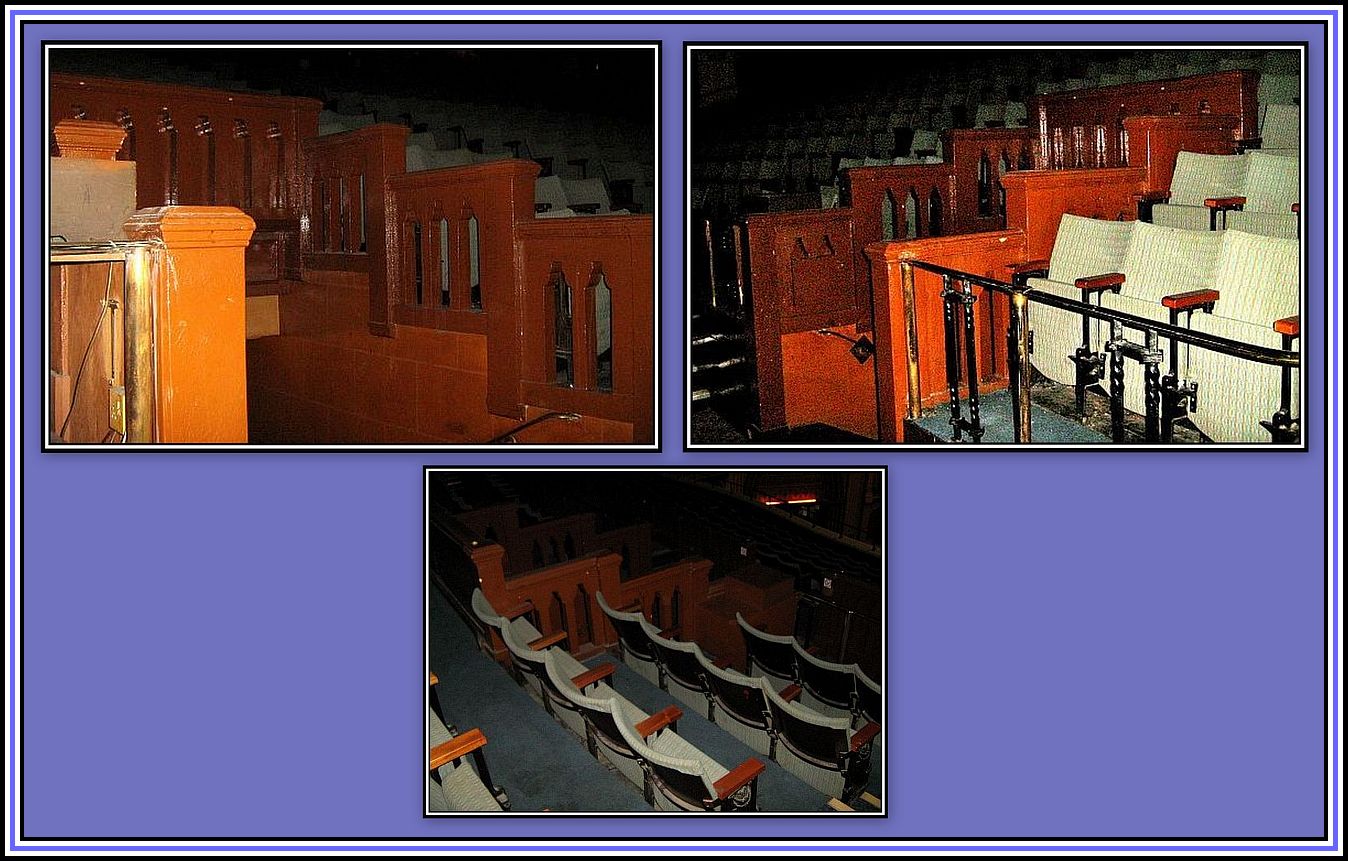 Entrance to the Circle, which brought patrons to the mid-circle walkaway
Entrance to the Circle, which brought patrons to the mid-circle walkaway
Once in the Circle, the full expanse of the coffered ceiling becomes immediately apparent. It represents a remarkable piece of work albeit perhaps a little heavy and dark, but it must be remembered that it is meant to reflect grandeur from an earlier time.
The side walls of the circle are decorated to look like stone blocks. High up on the side walls and close to the ceiling are a number of faux windows and a series of what appears to be flaming torches, but in place of flames, they hold electric light bulbs.
Torches & Faux Windows
Lighting of the Circle is by a number of large chandeliers as well, as some simpler lighting fixtures at the back of the auditorium including simple light bulbs for use during periods of cleaning.
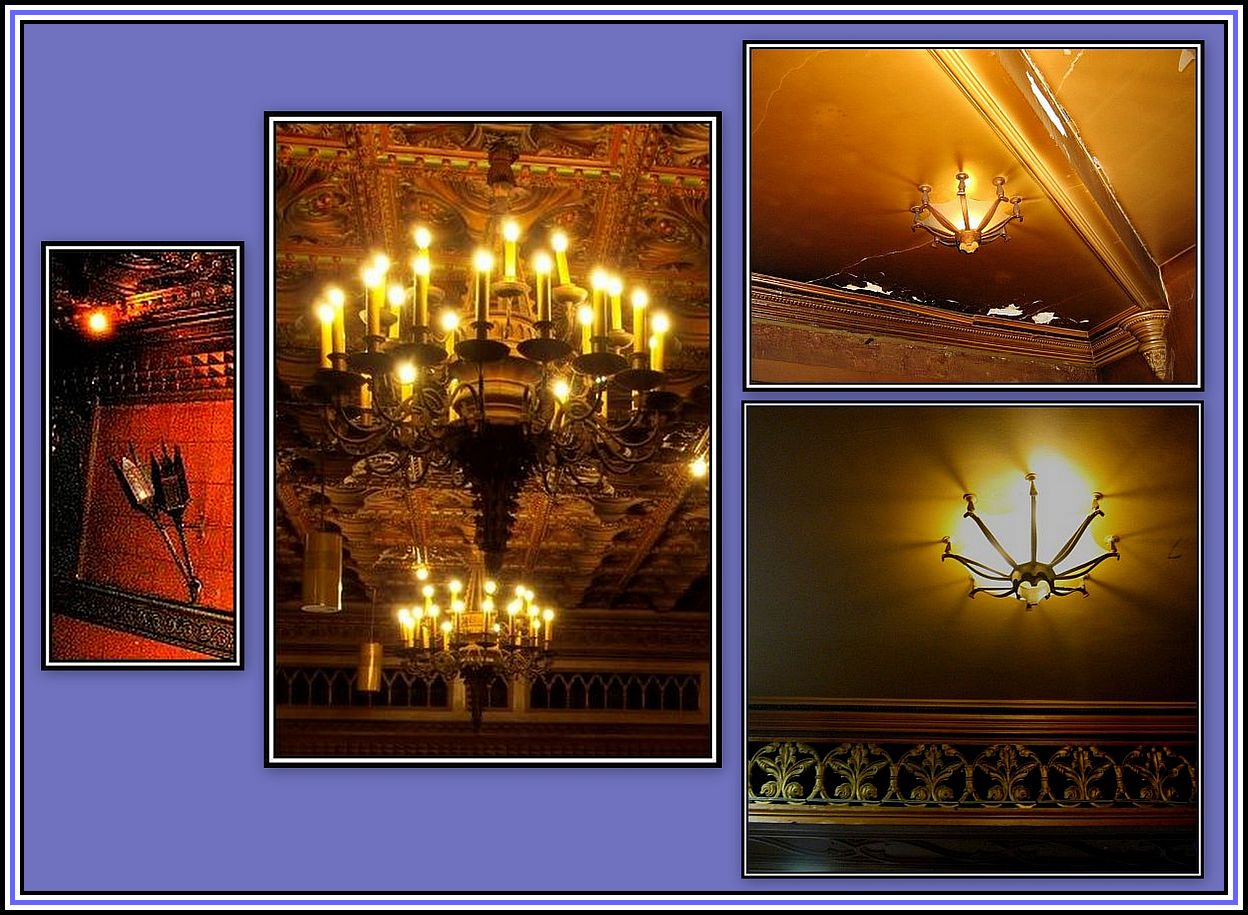 Various forms of Circle lighting fixtures
Various forms of Circle lighting fixtures
Behind the back wall of the circle auditorium was where projectors and arc lights were housed. There are a number of openings in the back wall through which the film and lights were aimed at the screen or stage.
Top: openings for the projection of film and lights;
Bottom: one of the many speakers found around the perimeter of the auditorium
Under the projection area of the back wall of the Circle is a walkway, which is separated from the last row of seats by a large balustrade built to be in the same style as the Proscenium Arch.
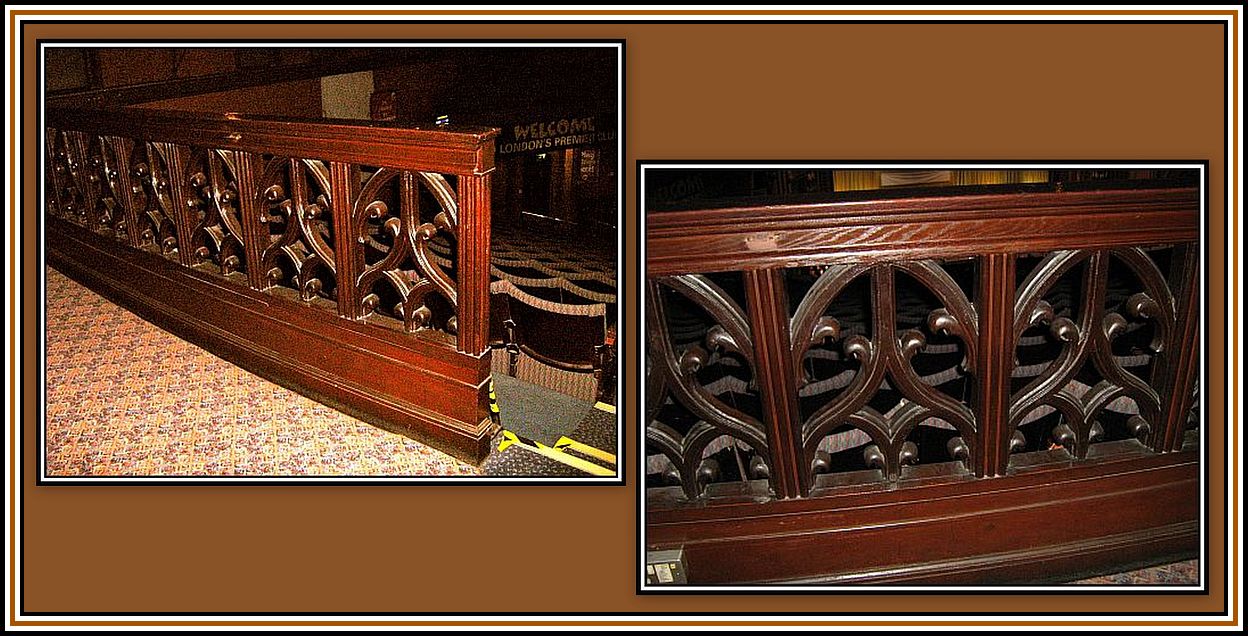 Balustrade separating the walkway at the back of the Circle from the seating
Balustrade separating the walkway at the back of the Circle from the seating
On each side of the Circle is a staircase that leads up to the back walkway, which was a style present in all other Granada Theatres.
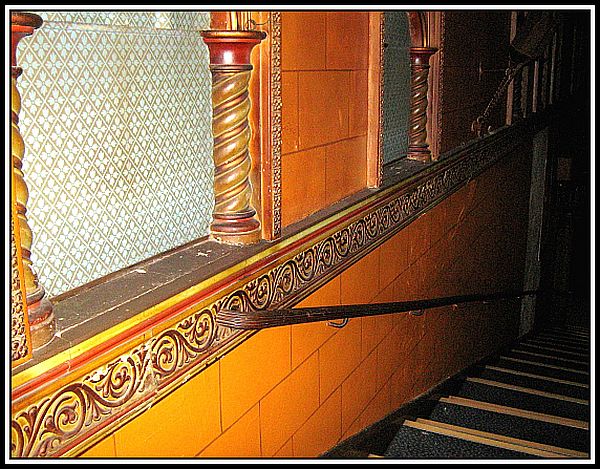 The Circle and the staircase against the side wall
The Circle and the staircase against the side wall
The circle seating is in the characteristic undulating rows typical of the design of Cecil Audrey Massey. Circle seating was divided into two areas separated by the central walkway, those in front of the walkway being the more expensive. Today the seat remain empty and it is only on London Open Days when the building is made available to the public that they are once again packed to capacity.
Top: audience moving from The Hall of Mirrors through the entrance to the Circle;
Bottom: audience in the Circle
The view of the auditorium from the circle was, to say the least, spectacular. I sat in one of the circle seats in the centre of a row and admired the vista before me.
Naturally, I sat and imagined how it might have felt to sit and watch one of the great films that were produced in the 1950s and 1960s. I could imagine the grandeur of hearing the fanfare in sensational stereophonic sound from every wall announcing a 20th Century Fox spectacle produced in magnificent CinemaScope with Colour by De Luxe.
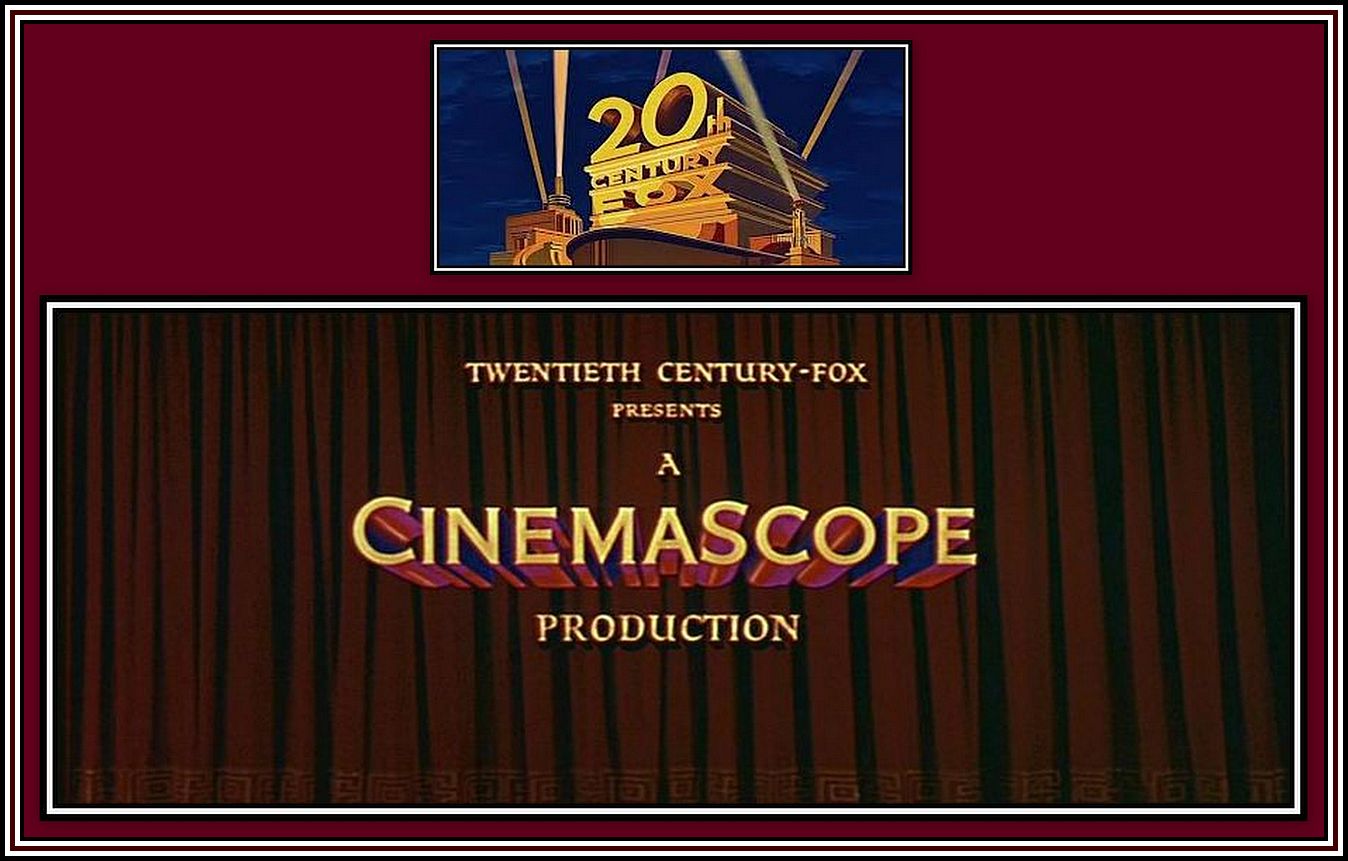 Top: 20th Century Fox Logo (1953)
Top: 20th Century Fox Logo (1953)
Bottom: opening scene of The Robe (1953), the first film produced in CinemaScope
As I sat there, my memory took me back to when I sat in the centre of the sixth row of the Essoldo Bethnal Green, which allowed my total visual field to be filled by what was projected onto that wonderful crude curved screen before me. I remembered how I was transported each week to some exotic locale: to ancient Rome, where I sat in Caesar’s box at the Colosseum; to the central plains of North Dakota where I rode with the Sioux. The scenes were endless and all memorable. I could only imagine how these scenes would have looked sitting here in this most glorious of picture palaces.
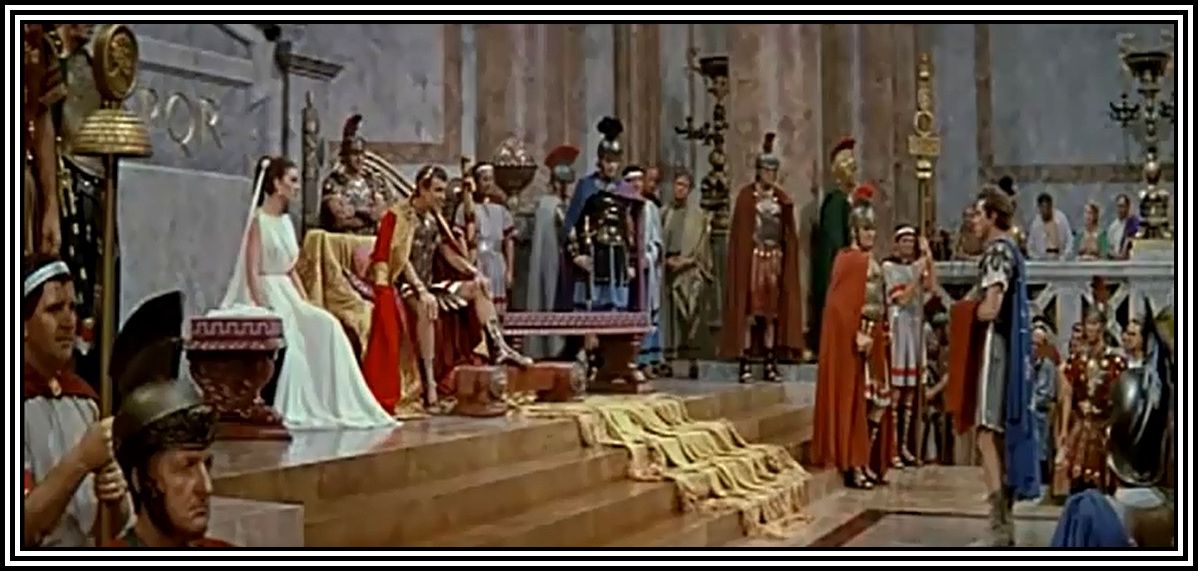 The final scene from The Robe (1953)
The final scene from The Robe (1953)
Sadly I got up from my seat in the Circle and made my way back towards the foyer.
——oooOOOooo——
Once I arrived back at the mirrored and columned gallery walkway above The Atrium, I looked across the Grand Foyer at the Minstrel Gallery that sat above the reception area.
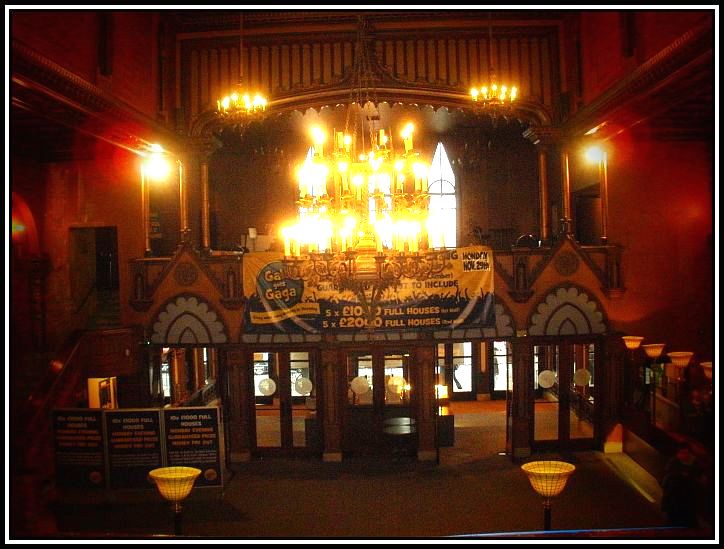 View of The Minstrel Gallery from the Gallery Walkway above The Atrium
View of The Minstrel Gallery from the Gallery Walkway above The Atrium
I made sure to took the right-hand staircase back to the Grand Foyer and not the one I had used to come up by. Walking down the right hand staircase, on the small landing I passed another decorated golden long chair complete with a red velvet cushion and the tall candelabrum, as I have mentioned earlier. As I also said, there is a plaque above the long chair to mark the diamond anniversary of the building in 1991.
I walked across the Grand Foyer and climbed the staircase that flanked the exit doors on the left and which leads up to the Minstrel Gallery. The staircase ends at a pulpit-like area that marked the entrance.
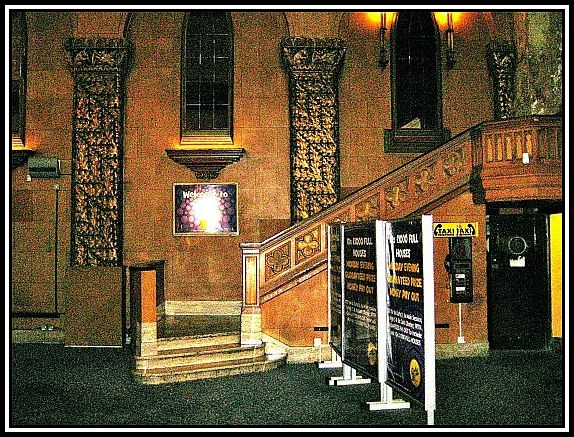 Staircase up to the Minstrel Gallery
Staircase up to the Minstrel Gallery
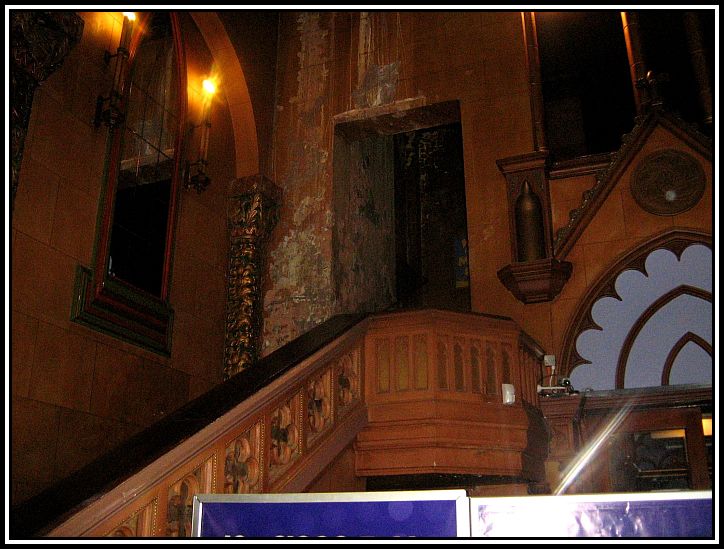 Entrance to the Minstrel Gallery, sadly in need of some repair
Entrance to the Minstrel Gallery, sadly in need of some repair
The Minstrel Gallery served once as the Theatre’s Cafe-Restaurant. The cafes of The Granada Theatre Circuit differed from those of other circuits in that they were open and patrons could be seen by those waiting below in the Grand Foyer. I went to only one such Cafe-Restaurant, at the Granada Slough, and I remember it being just off to one side of the circle entrance area. I also remember not being overly impressed since I found somewhat off-putting to be gazed at by other cinema-goings and would have wanted a little more privacy.
Like other Cafe-Restaurants of the circuit, that of the Granada Tooting closed in 1940 and remained closed during the remainder of the Second World War. Once the war ended, to celebrate the peace accord every Granada Theatre in the circuit switched on its lights before huge crowds waiting in the street. The Granada Tooting’s lights were turned on by their local M.P. from the stage while 4,000 plus people in the street apparently sang and danced along with actress Jean Kent. Although the Cafe-Restaurant re-opened after the war, it did not remain so for too long and closed permanently in 1954. While open, access to the Cafe-Restaurant was possible from the outside by a door at the right of the entrance doors.
Once inside the Gallery, I saw that the predominantly colour is the same brown as seen in the circle. The far wall is decorated with a number of decorative mirrors, which were arranged between frosted windows. I realised that these windows were not faux like those of the auditorium, but that they looked out onto the street between the huge Corinthian columns since the Gallery had been built over the top of the entrance and reception area below.
Unfortunately, the gallery now sits empty except for a few boxes containing various things that were to be given as gifts to patrons during the 2010 World Cup. I noticed that one box contained a number of funny hats with a huge St. George’s flag motif across the front. I suspected that these were left over from the World Cup, when they were most likely given to patrons as an incentive to support England’s efforts. I took one and put it on and looked at my reflection in one of the mirrors on the far wall. I had to laugh. I looked amusing. I could not resist slipping the hat into my backpack. This would make a great souvenir of this wonderful building.
 Supporters’ Hats, 2010 World Cup
Supporters’ Hats, 2010 World Cup
——oooOOOooo——
I left the Minstrel Gallery along with my souvenir and made my way back down to the foyer, but not before gazing a final time across the Grand Foyer.
I looked for some of the people I had met earlier, as I wanted to wish them well in the evening session and also to thank those staff members that I had met for their kindness in allowing me total access to the building.
When this was done, I went through the swing doors that now served for exiting and came back into the Reception. There were patrons arriving now for the evening session. People were greeting each other and swiping in. I allowed myself one last look at the Grand Foyer through the glass of the door and then turned and made my way out.
It was dark now. I crossed the road and looked over at the glorious Granada-Gala Tooting. The lights on the canopy were now lit and the columns were fully illuminated. I looked at the building for a while. Huge, imposing, slightly austere? ….. Perhaps yes, but certainly a place full of treasures and worthy of its status as a Grade 1 Listed Building and another suitable memorial to Messrs. Bernstein, Bernstein, Masey and Komisarjevsky.
——oooOOOooo——
By 1965, ticket sales to the theatre had fallen to such a low point that the Circle was closed during Matinees and by 1972 sales fell to an all-time low.
Granada, as well as the other circuits were desperate to improve their situation. Cuts were made by the circuit to save revenue. This included an end to the theatre organ being played at performances, weekly advertisements in local newspapers were reduced and those cafe-cum-restaurants that were still open for business were now closed.
By the mid-1970s, Granada began to twin and triple some of their cinemas in the hope of attracting patrons with a greater choice of films to see. This plan was introduced after a decision had been made regarding the future of the Granada Theatre Tooting, but due to its huge auditorium, it is unlikely that it would have been considered for twinning or tripling.
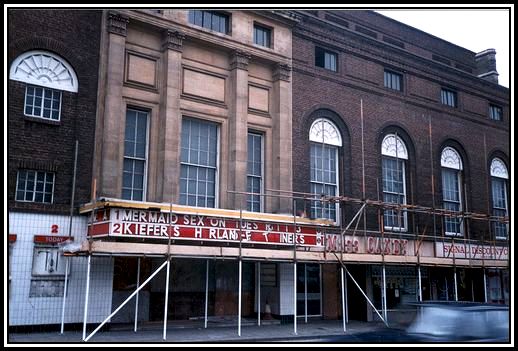 Granada Theatre Bedford after twinning
Granada Theatre Bedford after twinning
In addition, the other cinema circuits were offering Bingo to patrons in place of films. The Odeon Hackney Road had been transformed into a Top Rank Bingo Club as early as 1958 and has since gone on to have functioned longer as a Bingo Club than it ever did as a cinema. Granada moved more cautiously than the other circuits into this form of entertainment. When some Granada Theatres began to offer Bingo, they did so in a gingerly fashion, by allowing it on several evenings a week only and with the showing of films at other times. Once Bingo proved successful, a number of Granada Theatres were closed as cinemas and quickly reopened as full-time Granada Social Clubs.
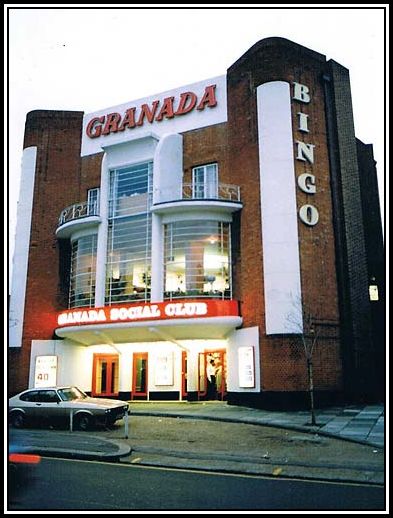 Granada Theatre Acton as a Granada Social Club
Granada Theatre Acton as a Granada Social Club
Mr. Bernstein rejected the idea of converting the Granada Theatre Tooting into a Bingo Social Club on the grounds that the huge auditorium precluded it from becoming a suitable venue. Suddenly, the future of the Flagship Theatre appeared tenuous.
As a result, Mr. Bernstein began to think that perhaps this glorious theatre had served its purpose and even demolition was proposed. Apparently plans were drawn up for a new building to be built on the site. Once news of this possible proposal became known, lines were quickly drawn, and a battle developed over the fate of the building with Granada PLC on one side and the public and borough councils on the other.
In June 1972, the Granada Theatre Tooting became a Grade II* listed building by the Department of the Environment. The events leading up to and following this decision, as well as that which eventually led to the theatre becoming a Granada Social Club are to be found in the piece that follows this and may be reached by clicking here or at the end of this piece.
Meanwhile audience attendance continued to decline further, and on 10th November, 1973, the Granada Theatre Tooting closed its doors as a cinema. The final films shown were A Man Called Noon with Stephen Boyd and Richard Crenna and Perfect Friday with Stanley Baker and Ursula Andress. Despite next week’s feature being advertised, which was to be The Good, The Bad and The Ugly, with Clint Eastwood, Lee van Cleef and Eli Wallach, when patrons went to the theatre, they found posters on the doors announcing that due to the lack of public support this cinema is now CLOSED. This was a sad way to end the Granada’s reign as the most glorious cinema in Britain.
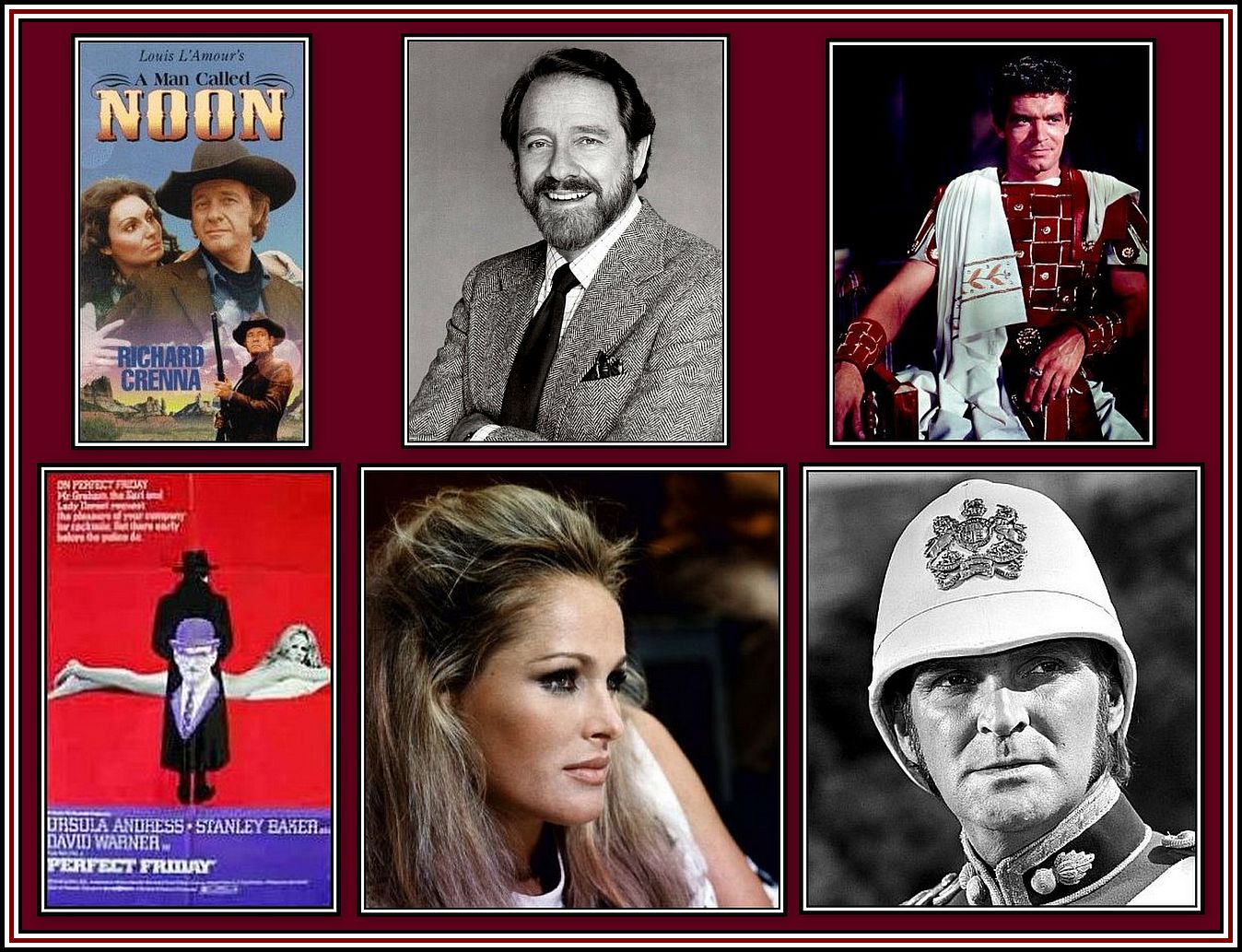 The Final Films shown at the Theatre
The Final Films shown at the Theatre
Top Row, from Left to Right: Film Poster, Richard Crenna & Stephen Boyd;
Bottom Row, from Left to Right: Film Poster, Ursula Andress & Stanley Baker
——oooOOOooo——
The building remained empty and shuttered for almost three years after its closure as a cinema while the concerned parties discussed its future,
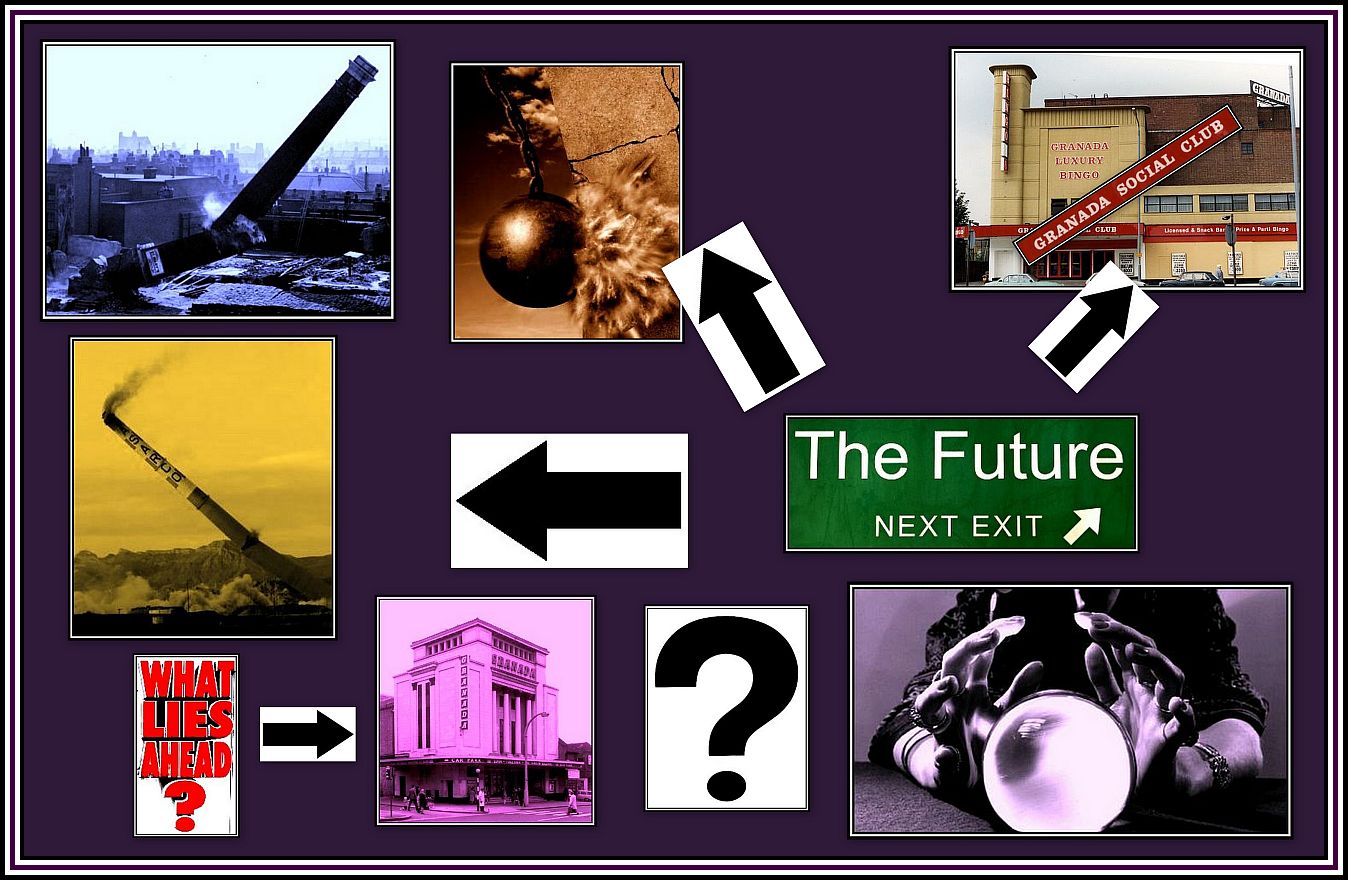 What will the future bring? ………..
What will the future bring? ………..
Eventually a decision regarding the future of the Granada Theatre Tooting was reached and on the 14th October, 1976, the erstwhile Granada Theatre reopened as a Granada Social Club. Despite Mr. Bernstein’s initial misgivings, The Club eventually became the most successful Bingo Club in the country with over 100,000 members.
Granada PLC continued to operate the building until May 1991 when it was taken over by Gala Bingo and it then became known as the Gala Tooting.
Today, the Gala Tooting continues to be a successfully operated Bingo Club. Let us hope that soon the organ will be refurbished and that its glorious sound will once again fill the auditorium with its remarkable sound. And let us also hope that the building will continue to attract visitors on London Open Days for many years to come and allow them to marvel at its grandeur.
——oooOOOooo——
Many of the facts regarding the history of The Granada Theatre Tooting was obtained from the book, The Granada Theatres, by Allen Eyles. Where a personal opinion has been expressed, the reader can be assured that it is mine.
——oooOOOooo——
For those readers that would like to see some truly spectacular photographs of the Granada Theatre Tooting, I can recommend that you take a look at those of Andrew Woodyatt. The set of photographs includes views of other Granadas, which are also well worth seeing.
——oooOOOooo——
ACKNOWLEDGMENTS
Some of the history appearing here came from The Granada Theatres by Allen Eyles. I am grateful to Mr. Eyles for this great book. I would like to thank Steve – South Wales for providing the postcard of Jayne Mansfield.
——oooOOOooo——
Click here to go to THE VILLAGE OF SALVADOR
——oooOOOooo——
Click here to go to
THE BATTLE OVER THE FUTURE OF THE BUILDING
——oooOOOooo——
Click here to go to PART TEN: STARTING A CIRCUIT
——oooOOOooo——
Click here to go to PART ELEVEN:
THE GRANADA THEATRE WOOLWICH
——oooOOOooo——
Click here to return to PART EIGHT:
THE PHOENIX THEATRE LONDON
——oooOOOooo——
Click here to return to THE GRANADA THEATRE CIRCUIT
Home Page
——oooOOOooo——
Click here to return to the TABLE OF CONTENTS
——oooOOOooo——

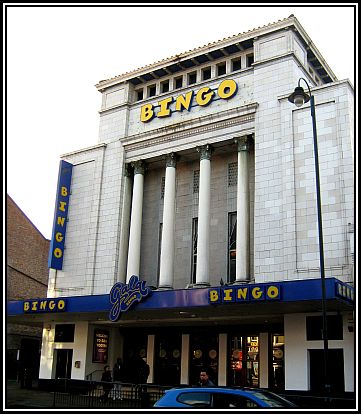
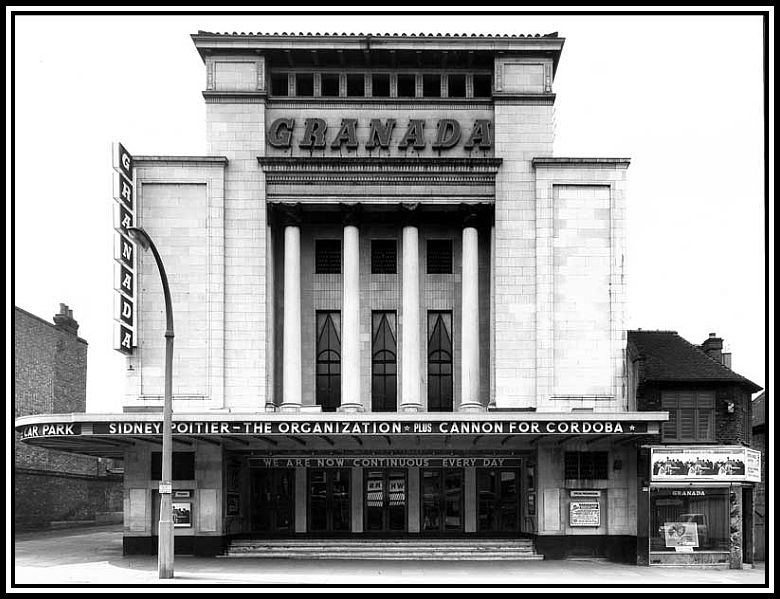
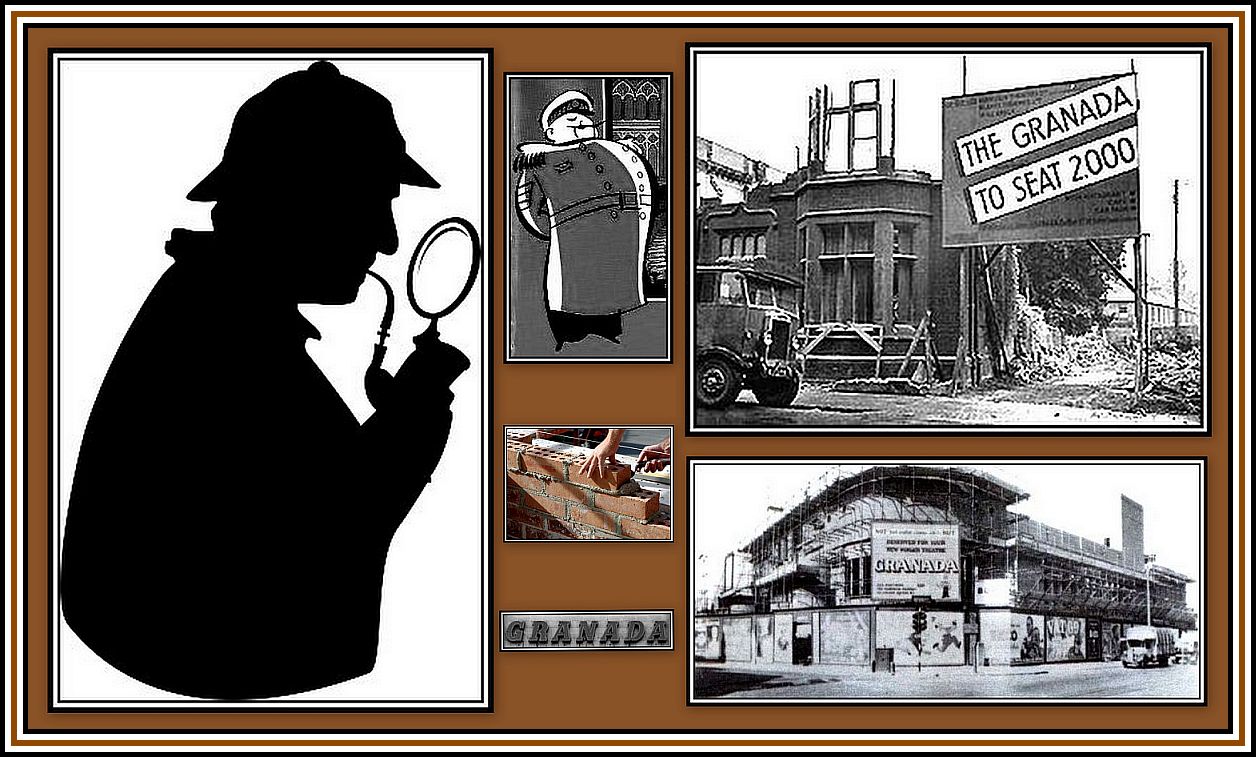
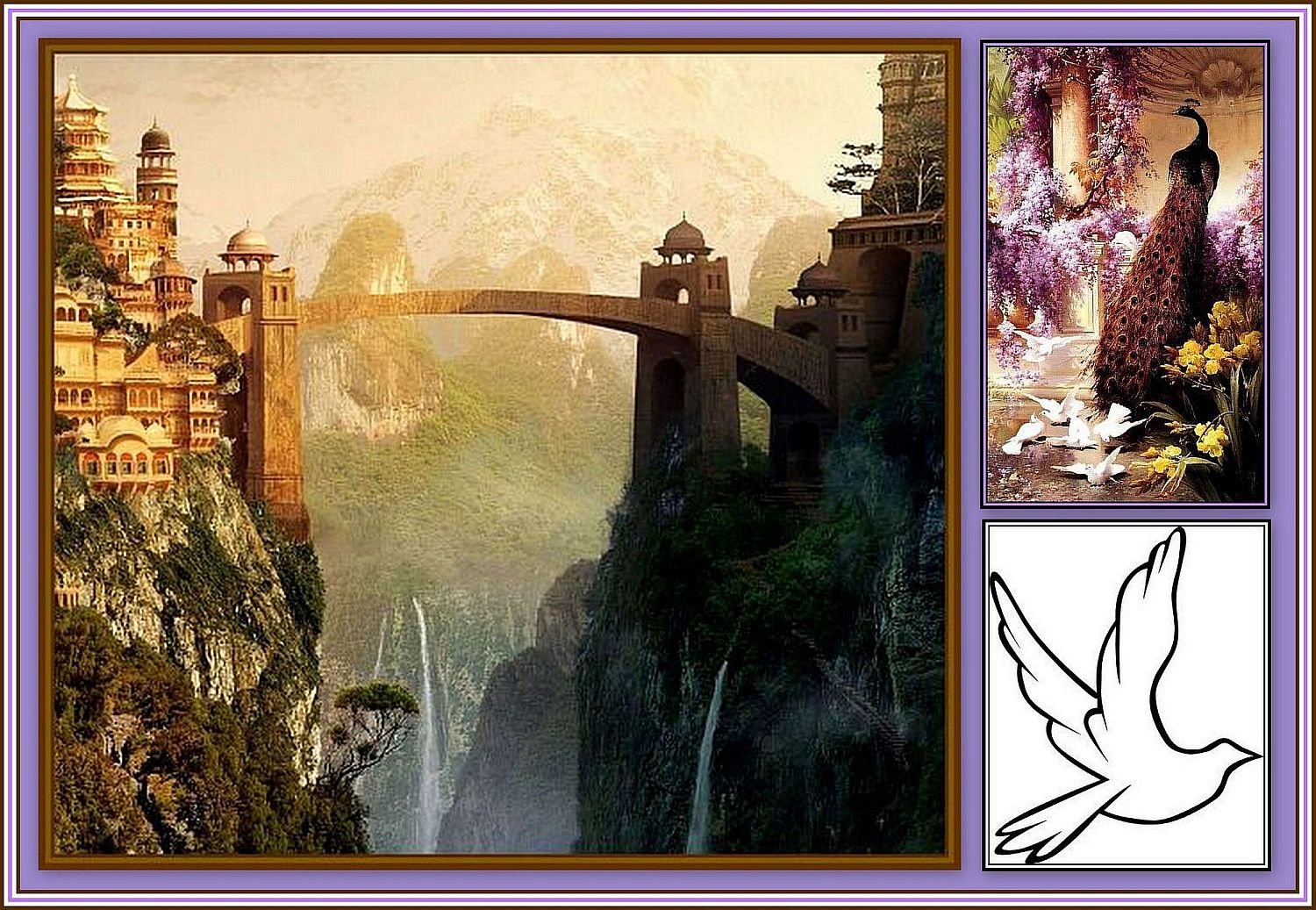
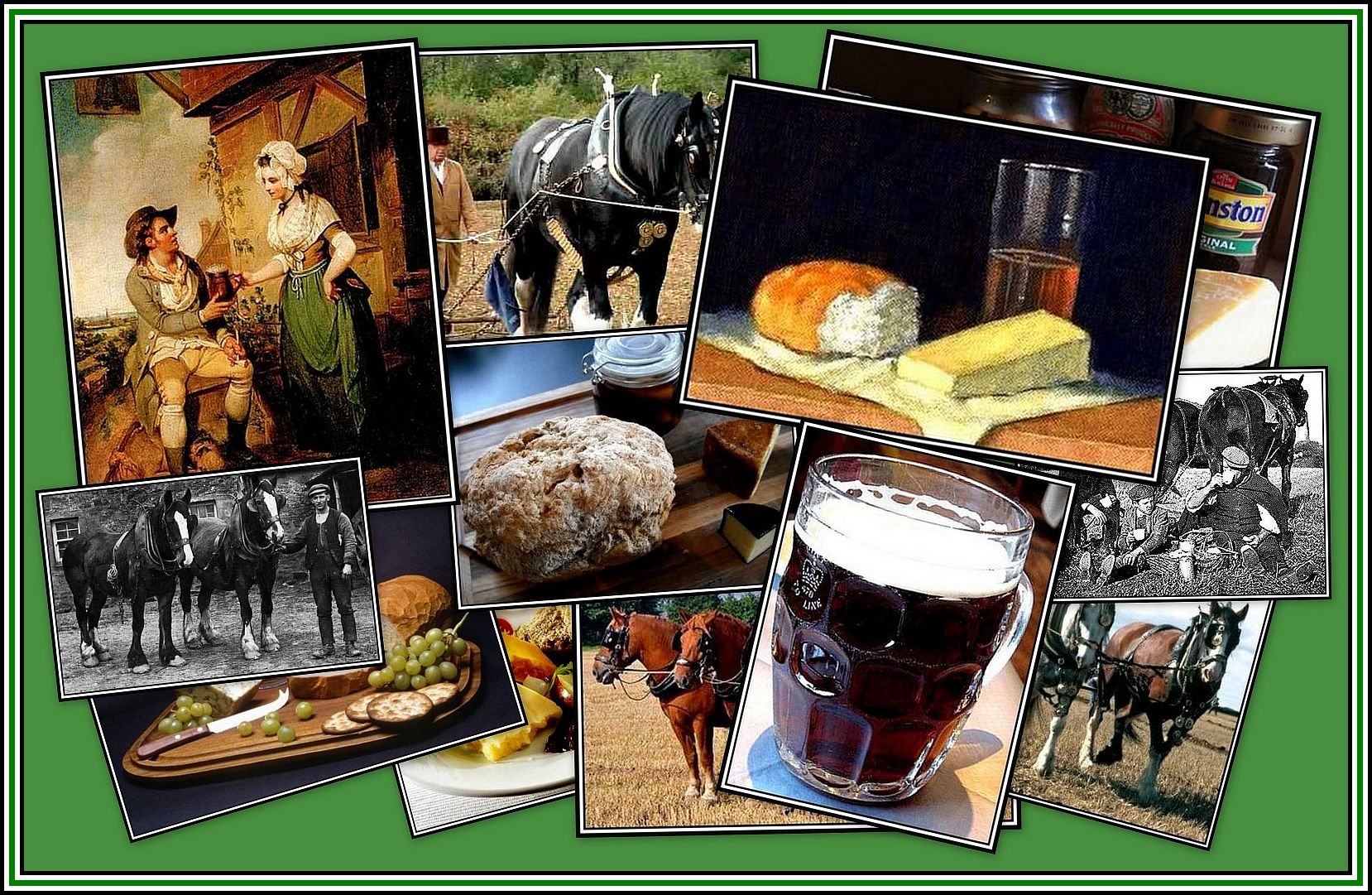
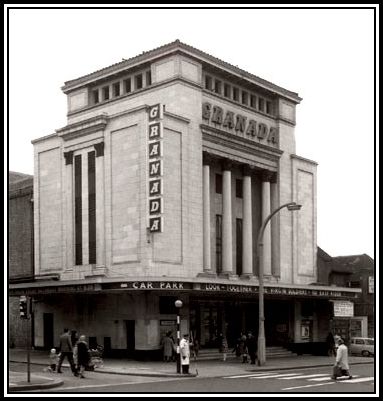

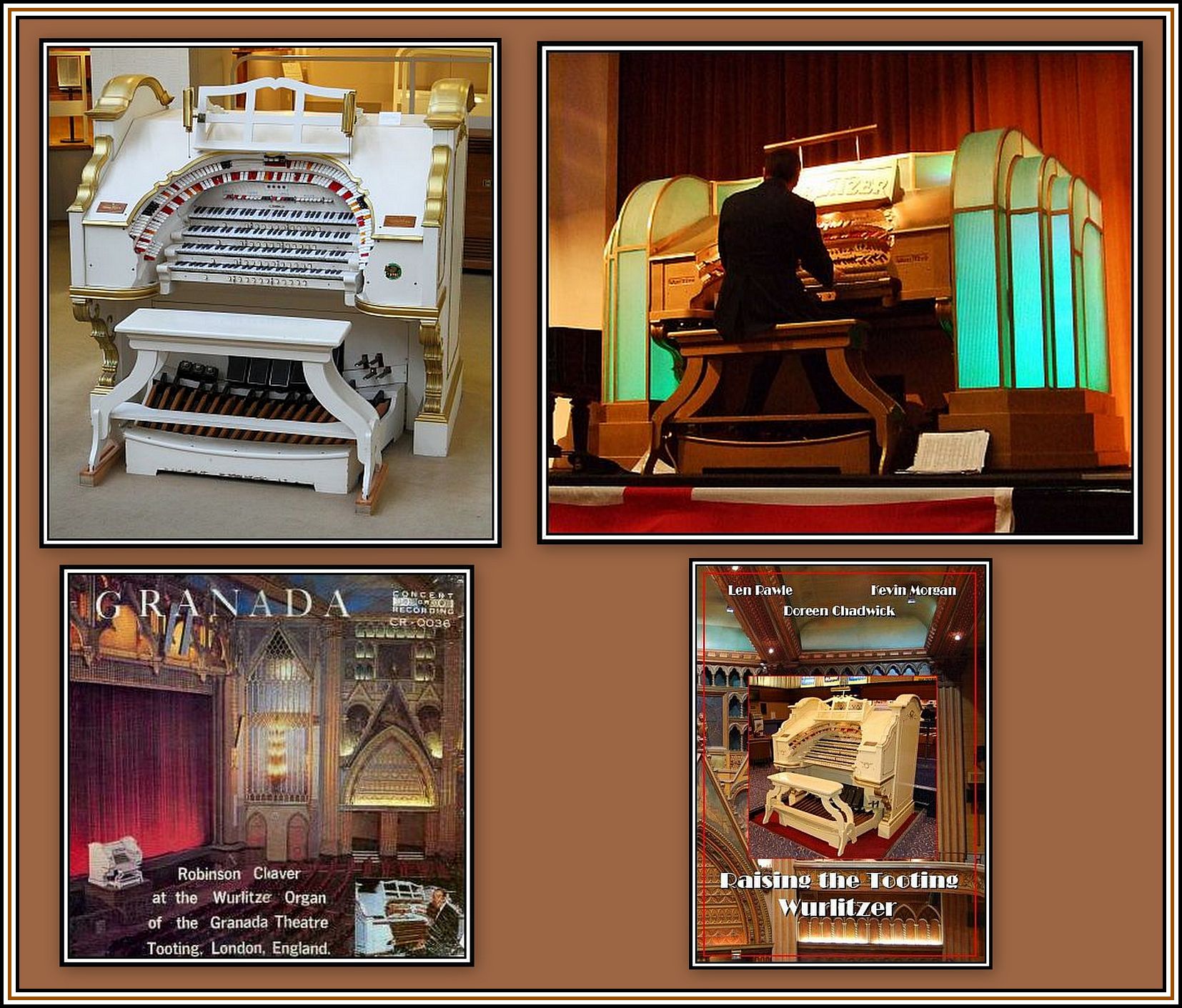
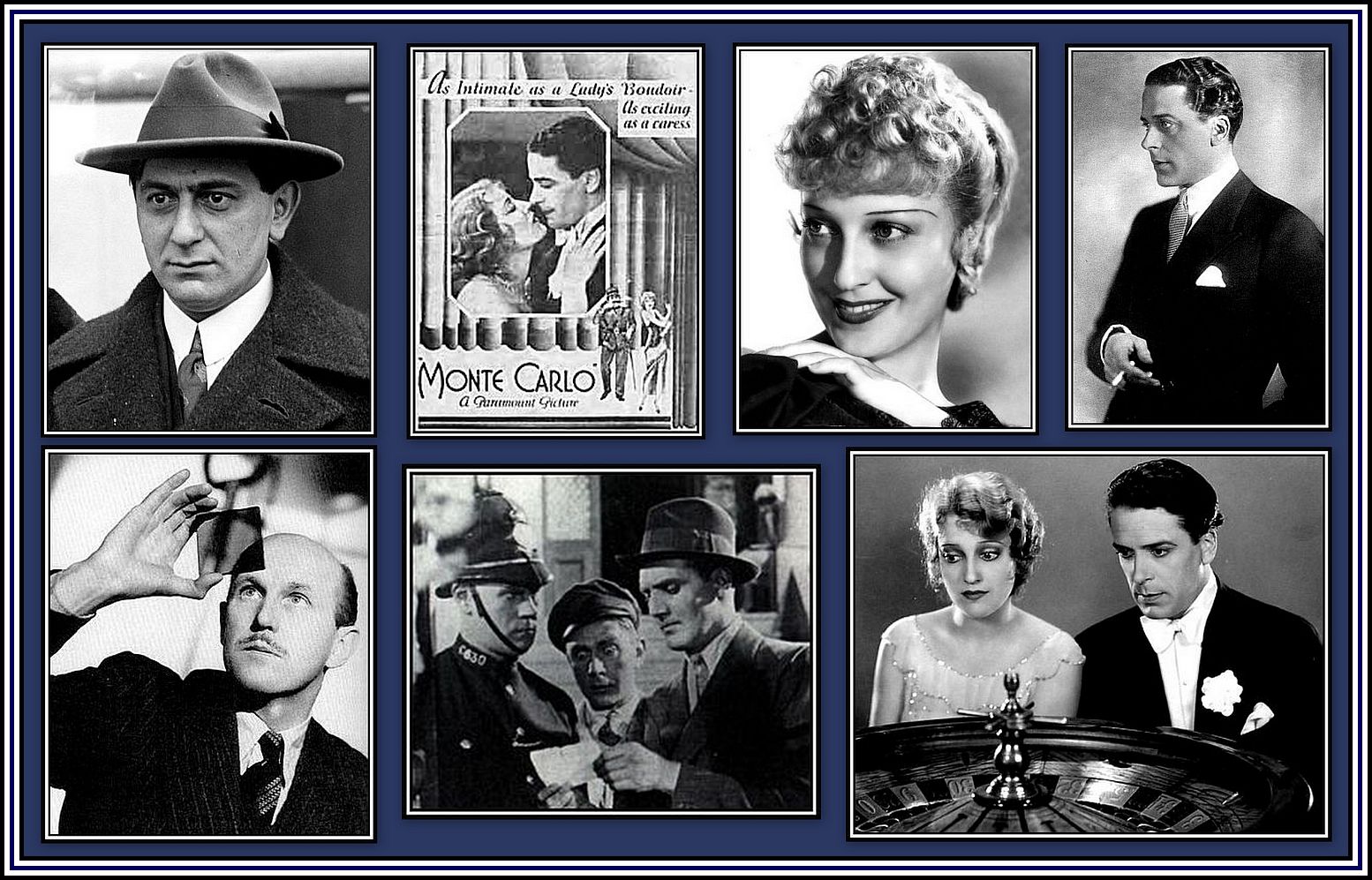
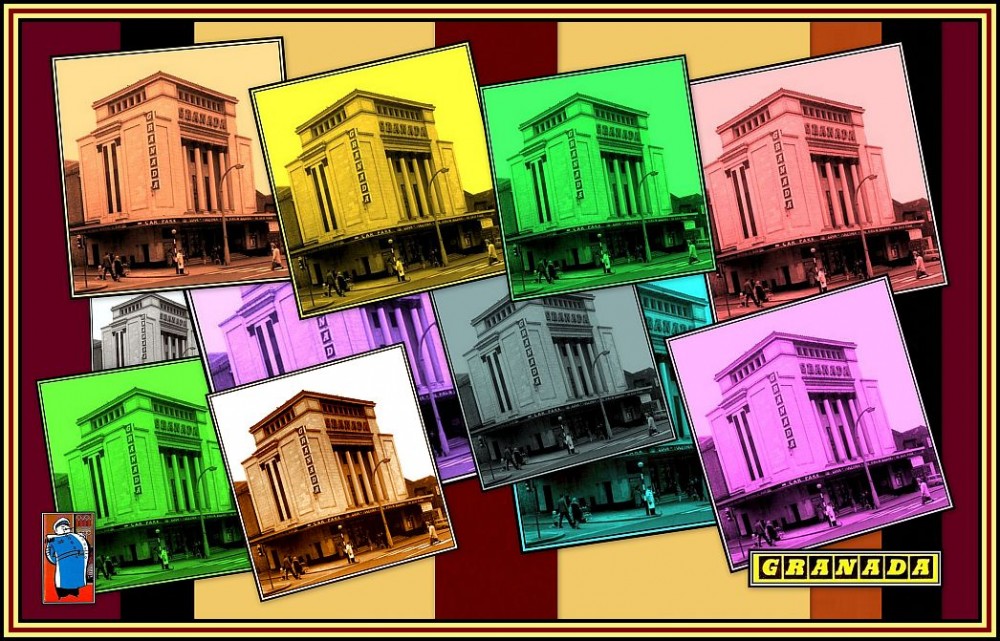
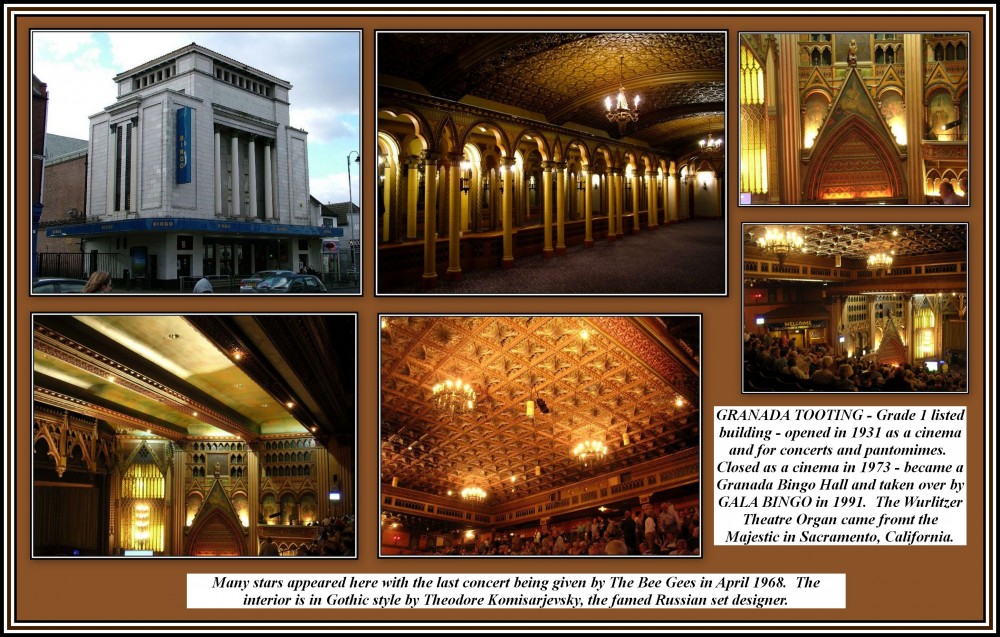
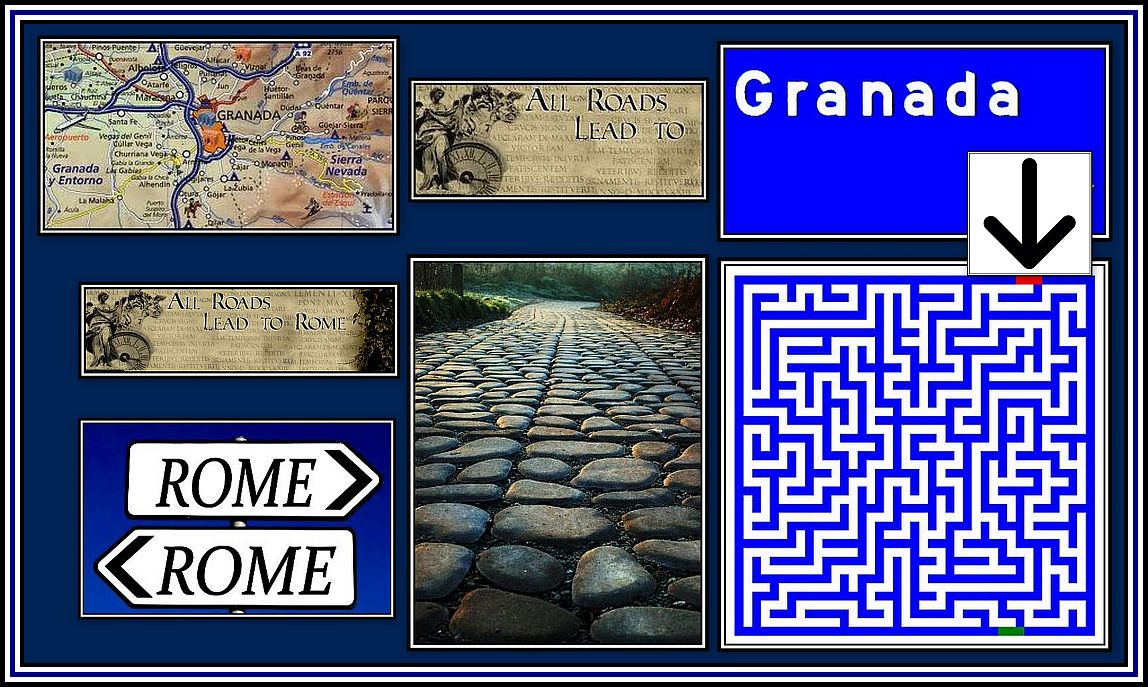
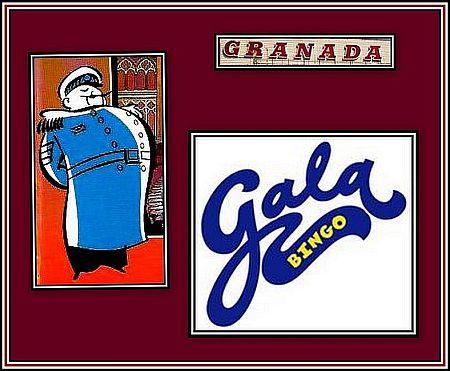

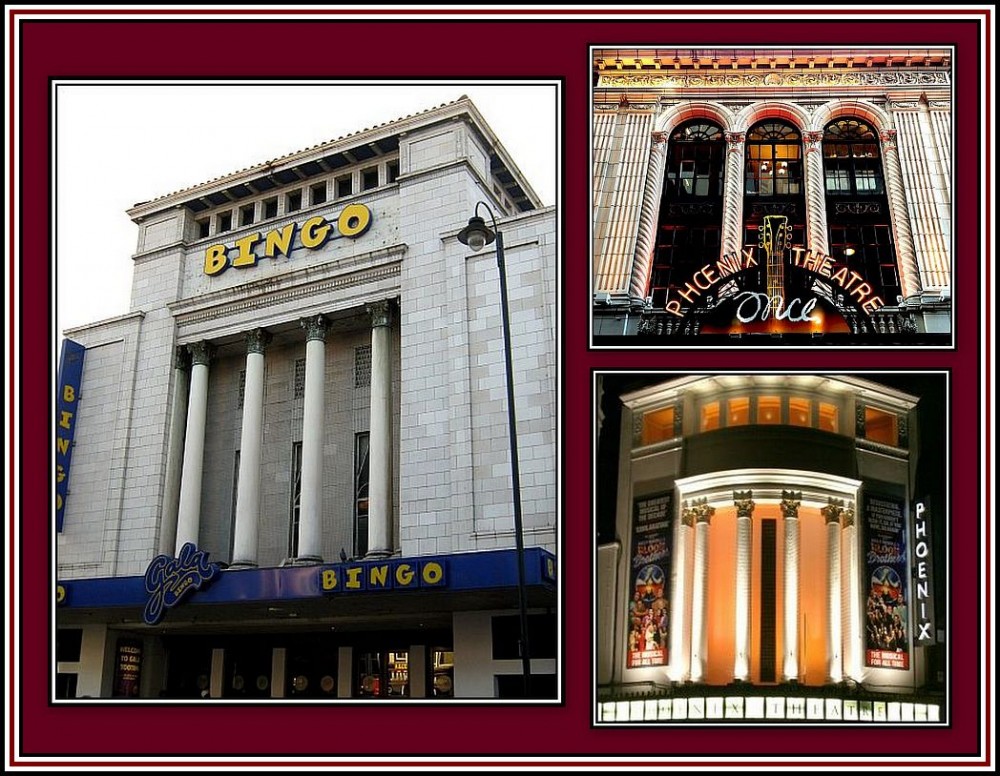
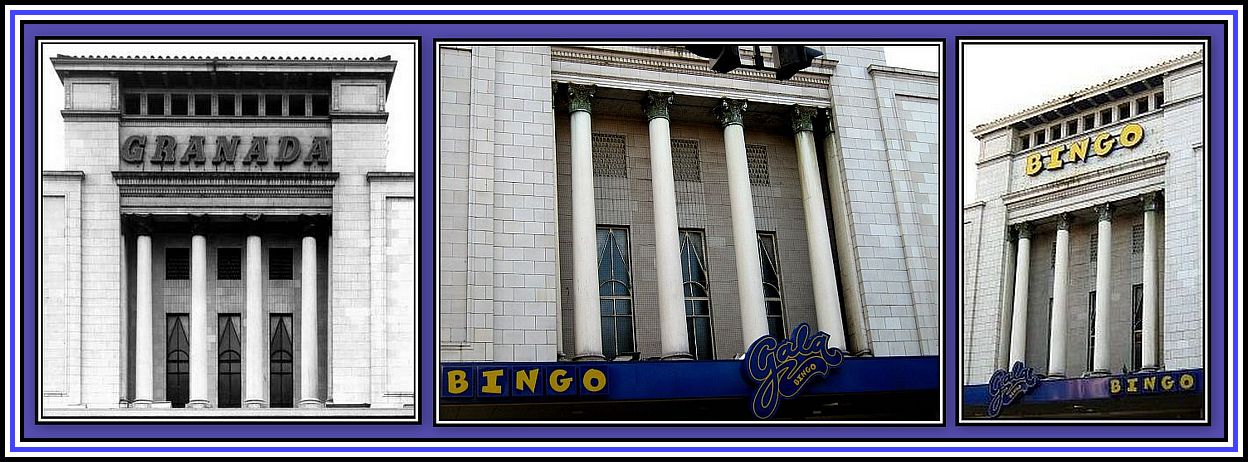
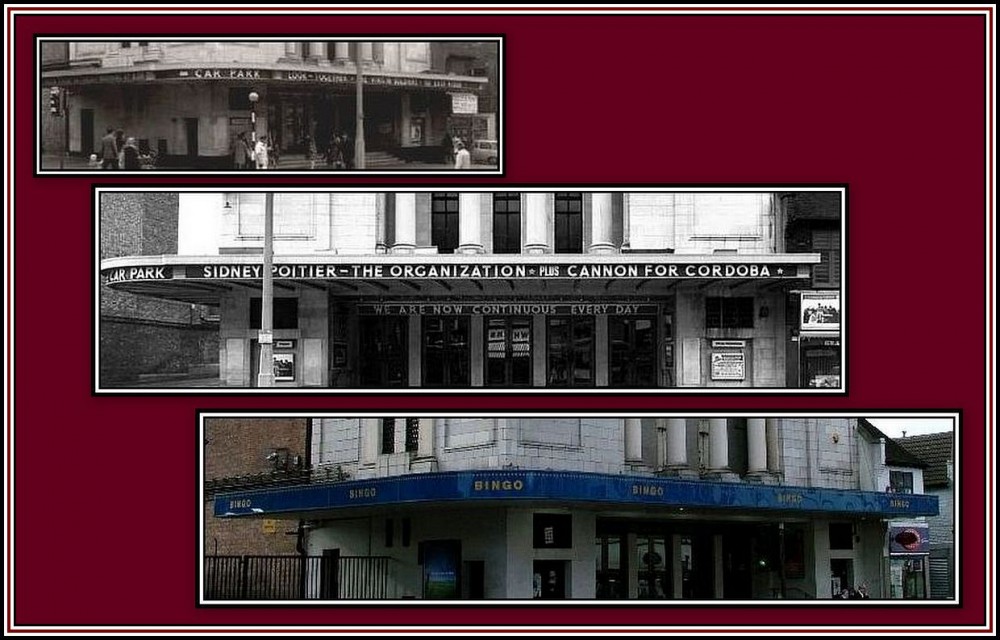
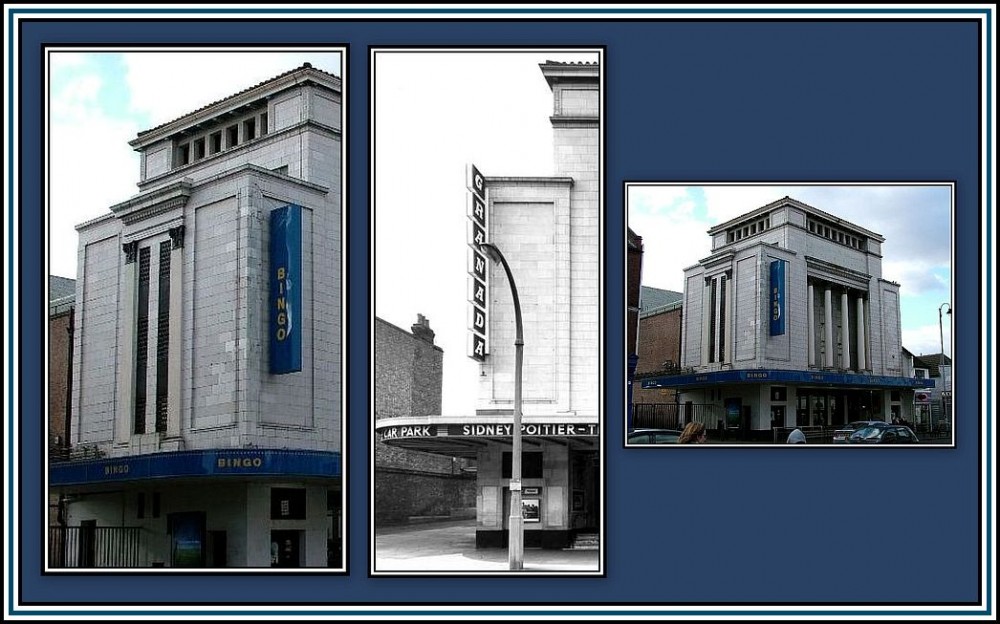
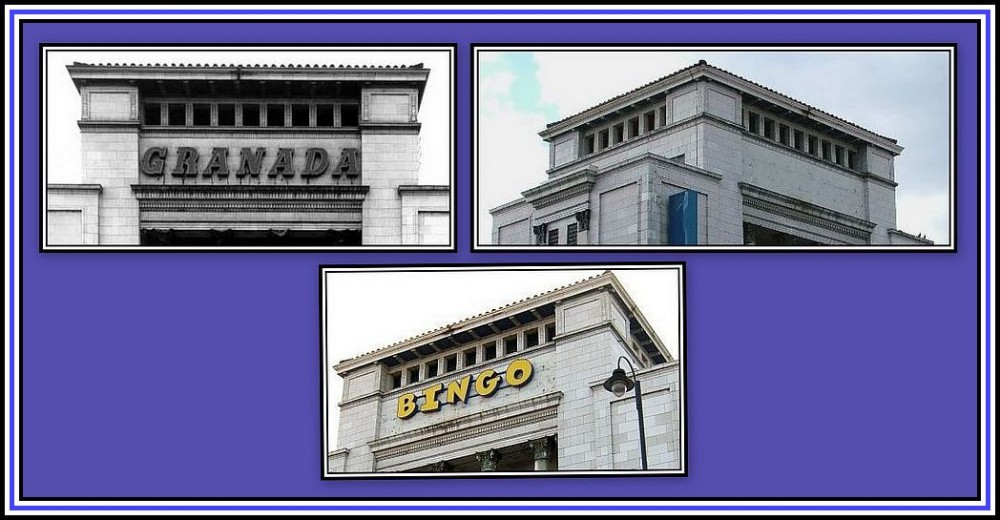
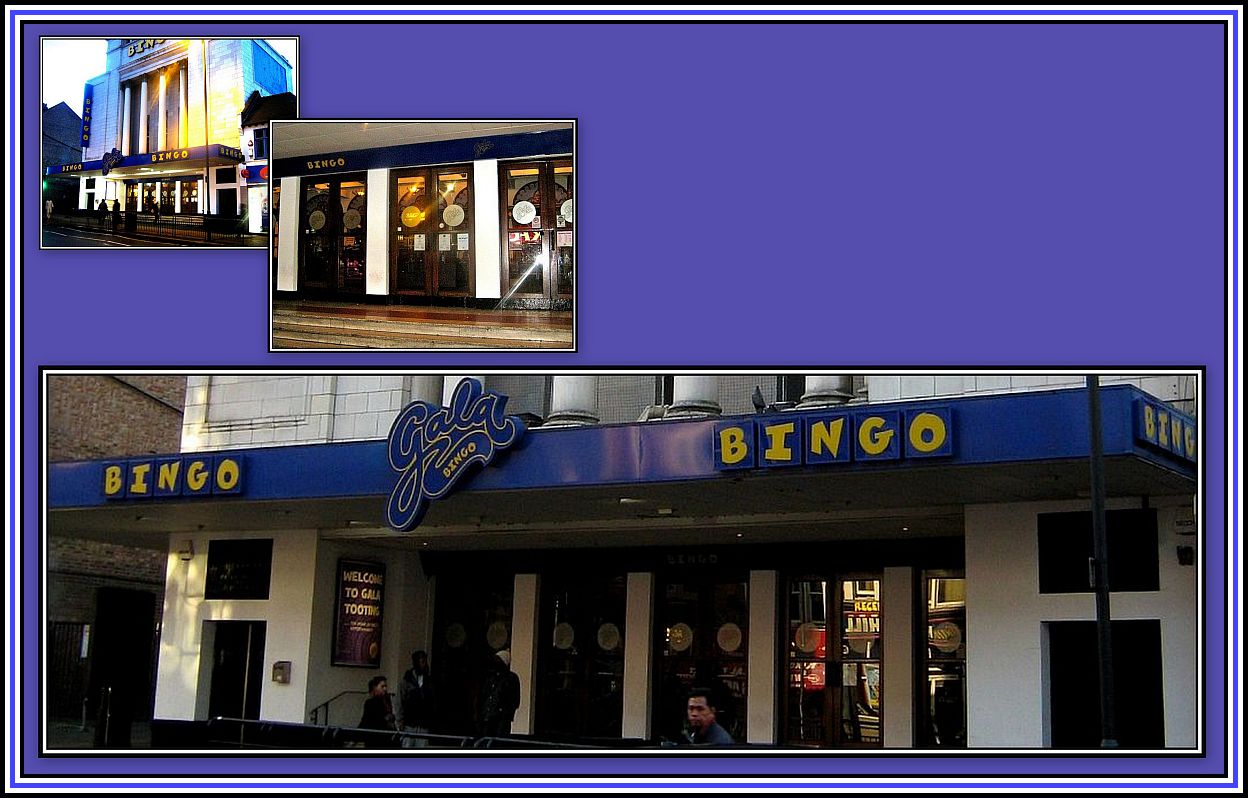
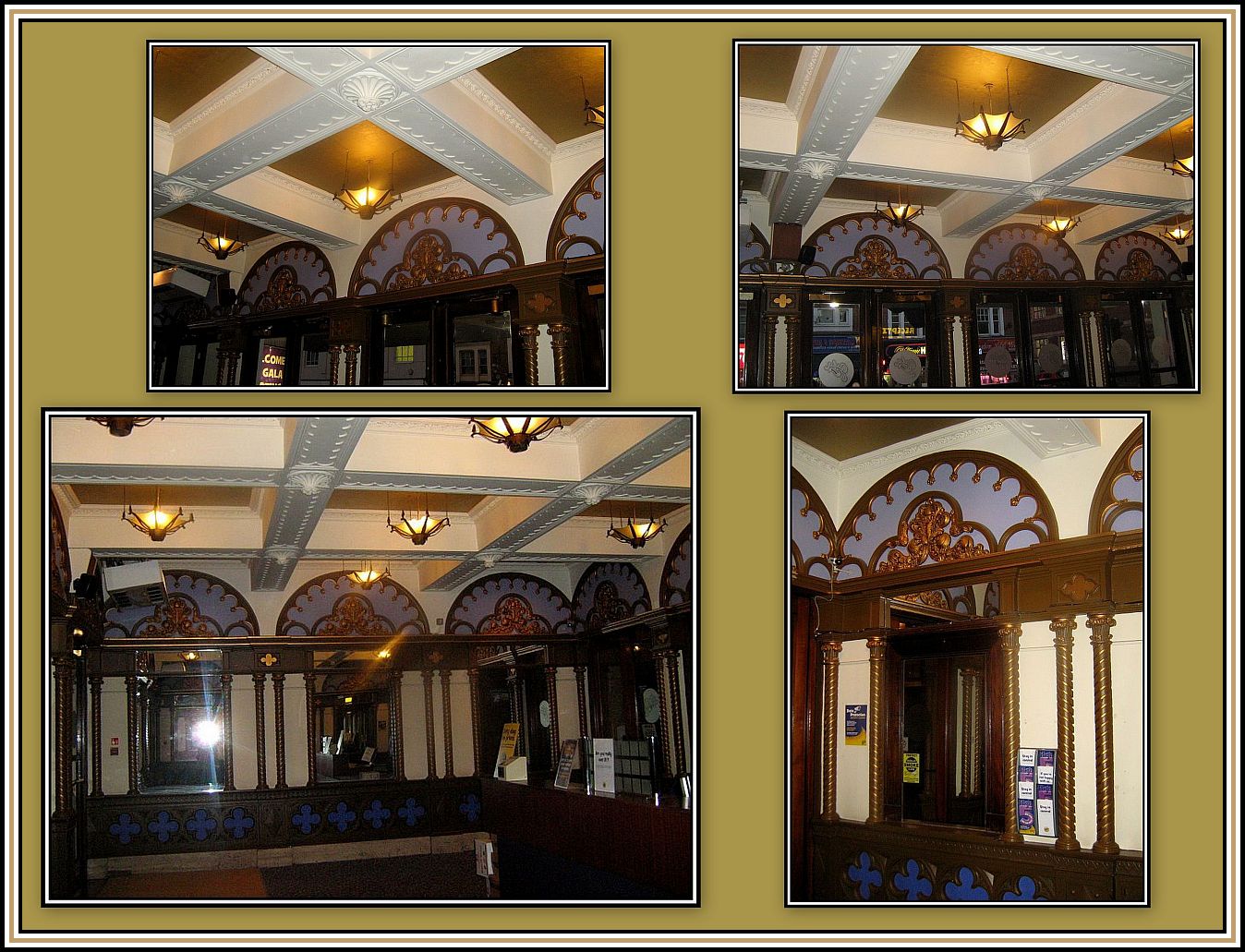
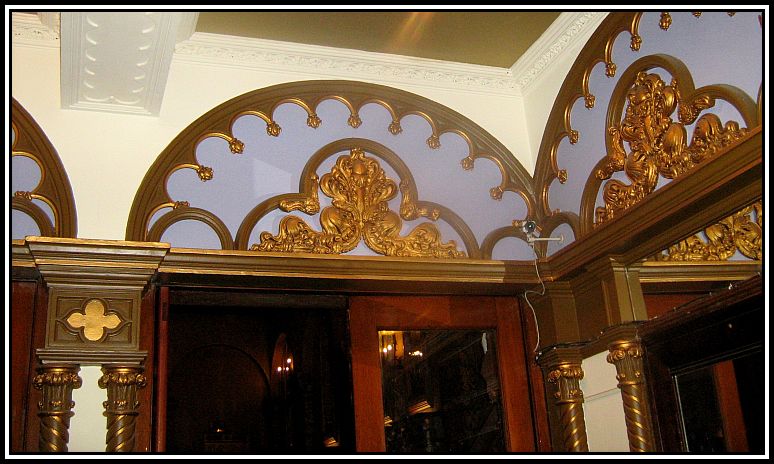
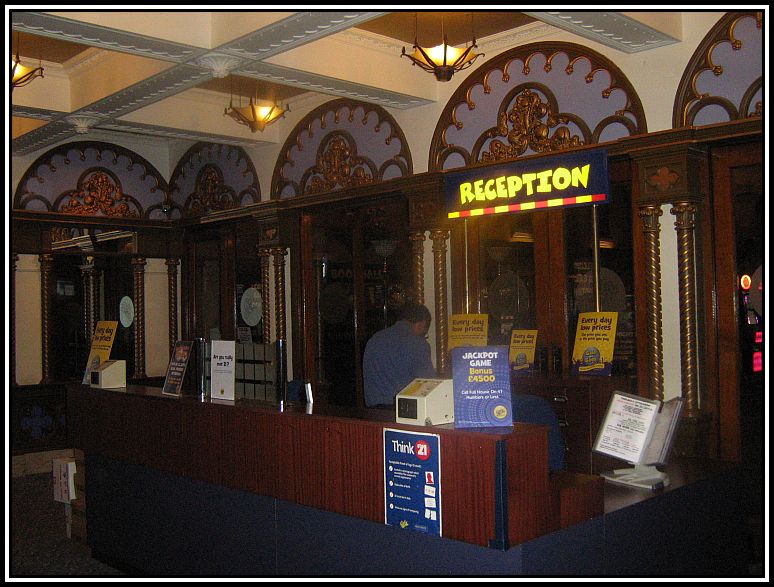
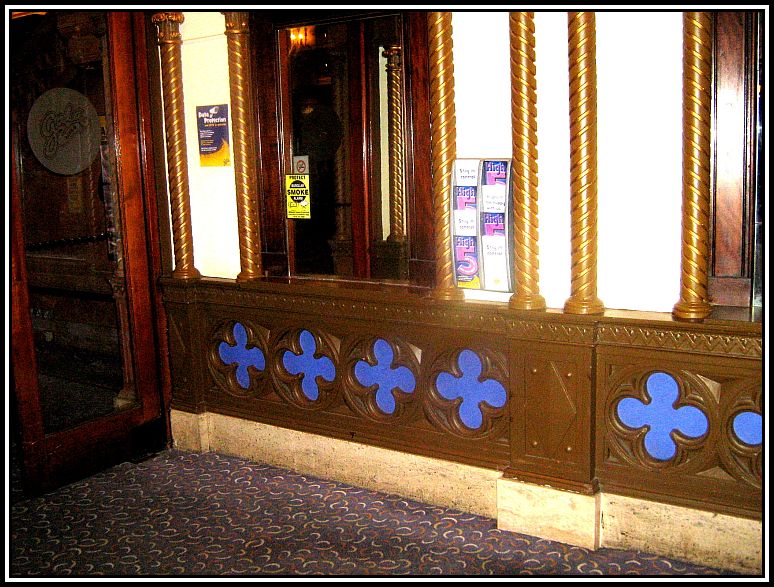
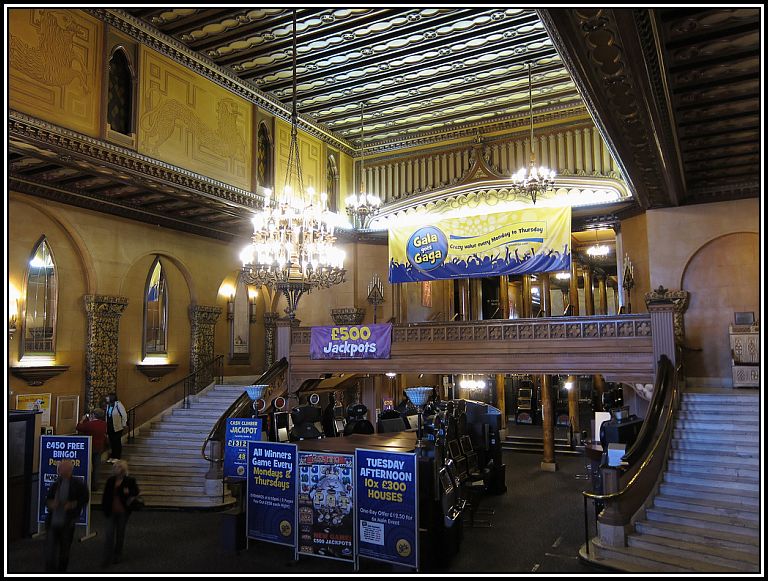
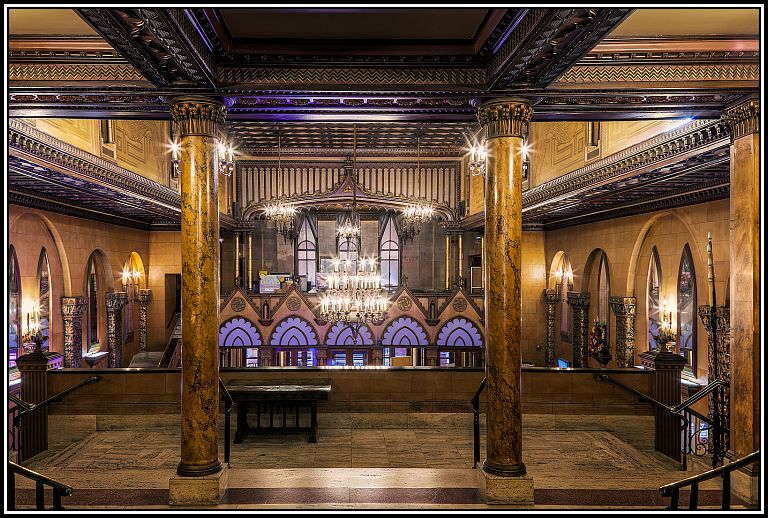
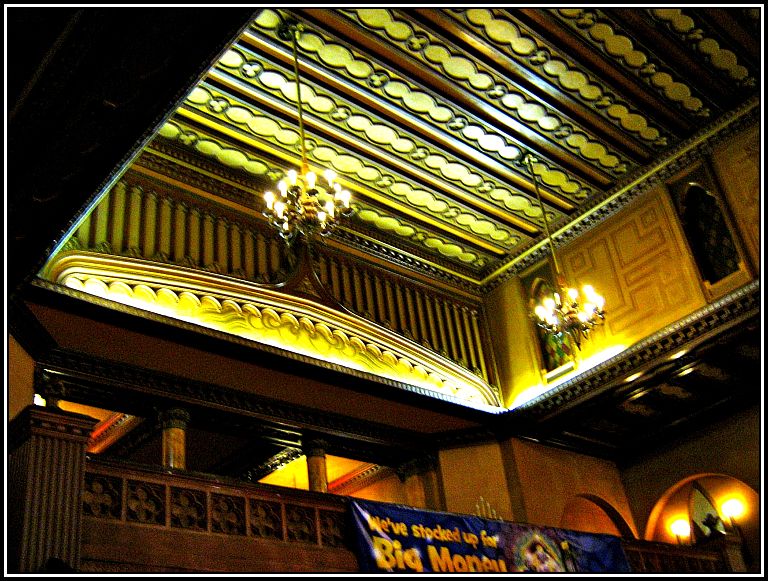
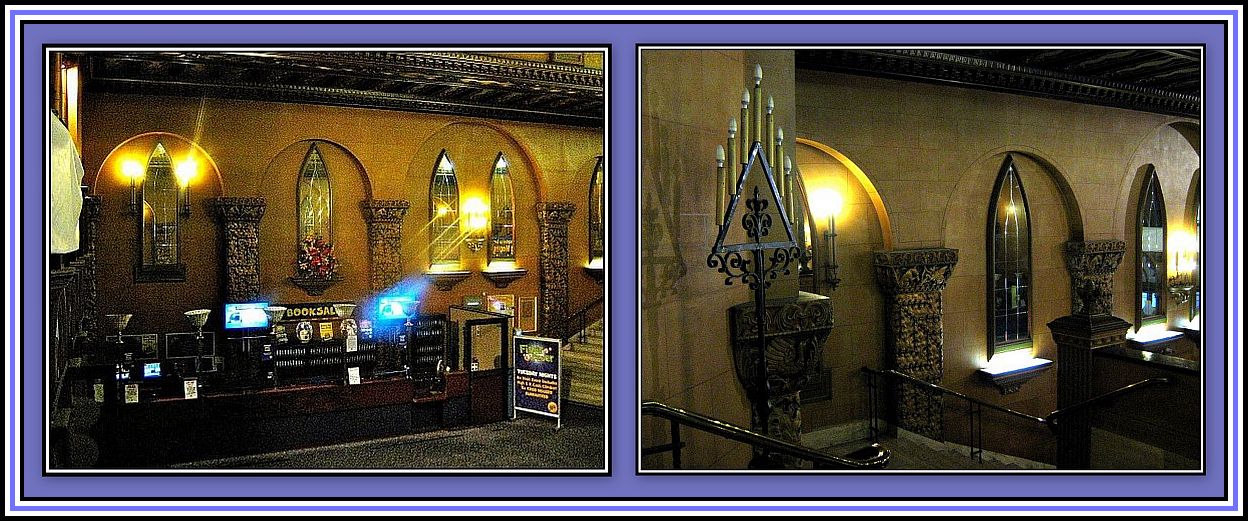
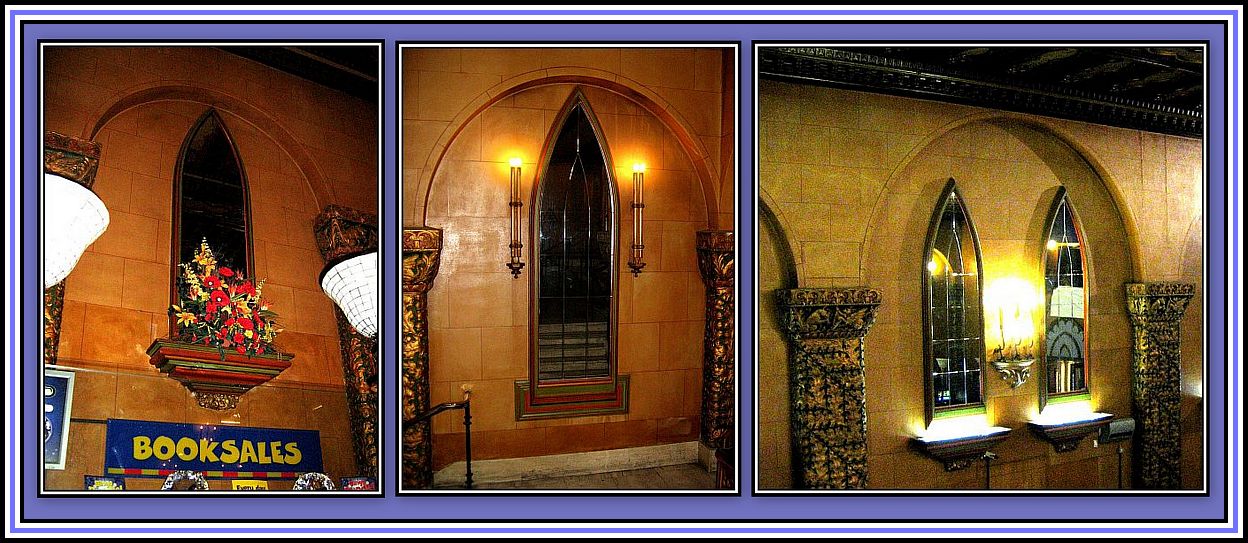
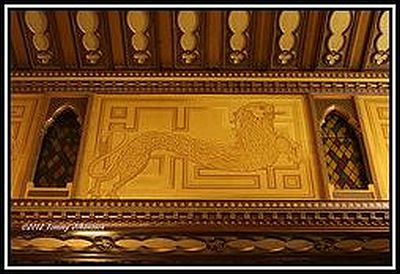
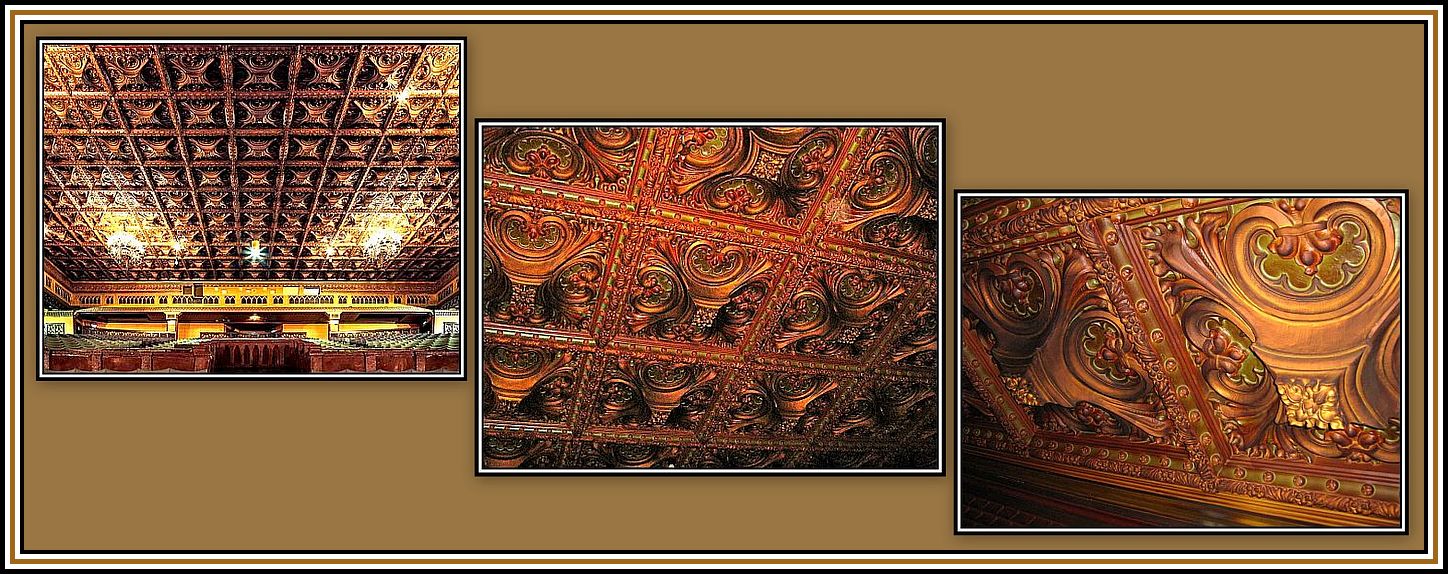
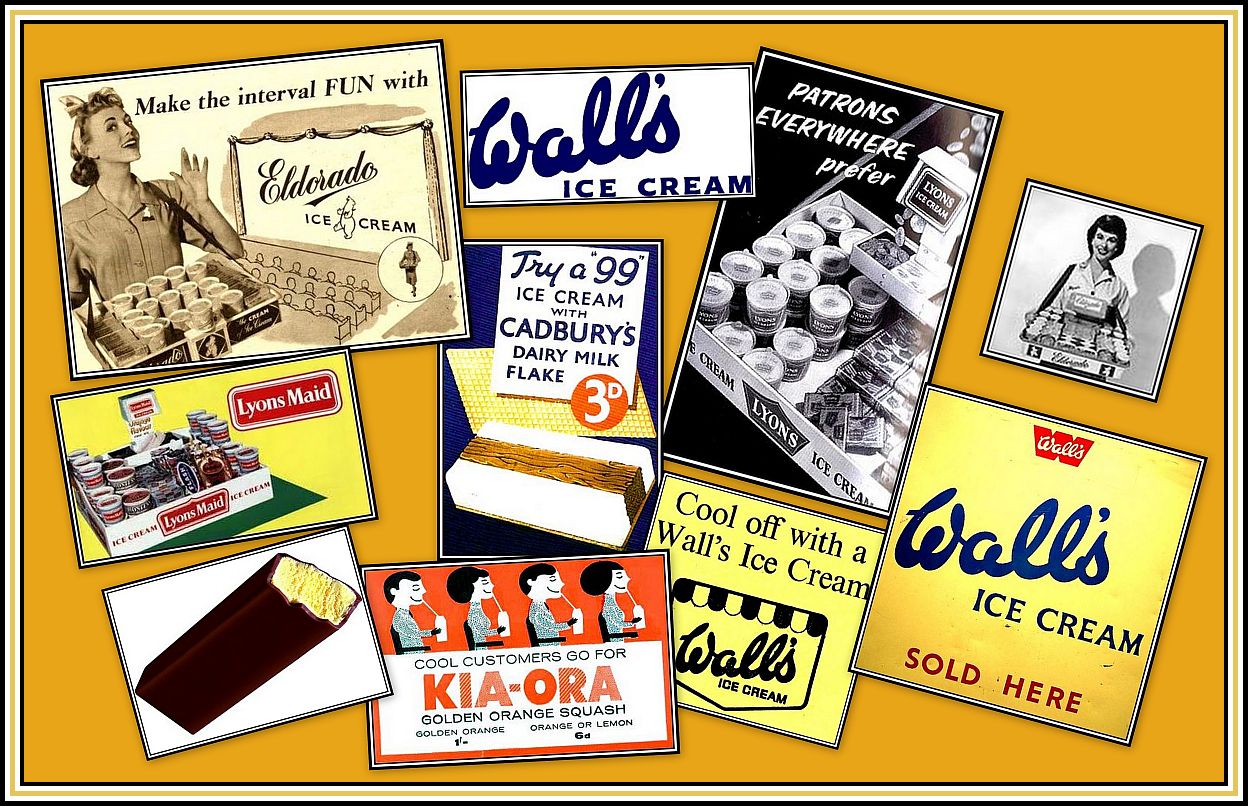
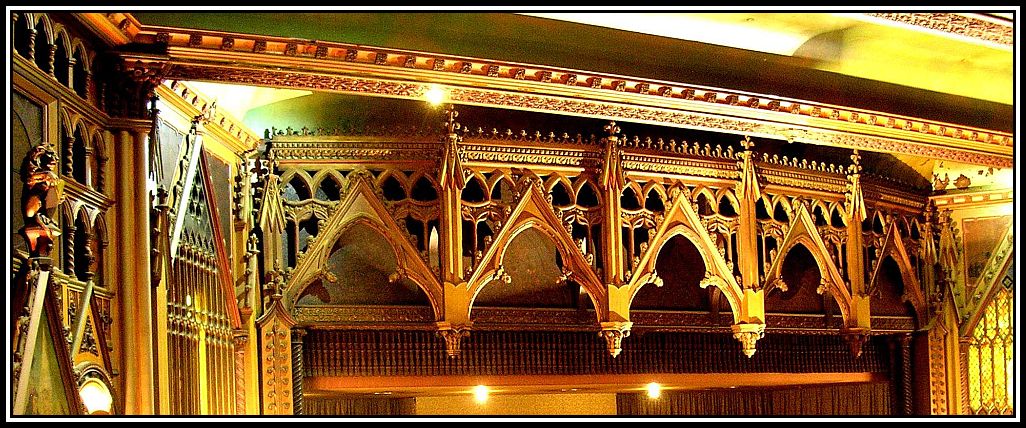
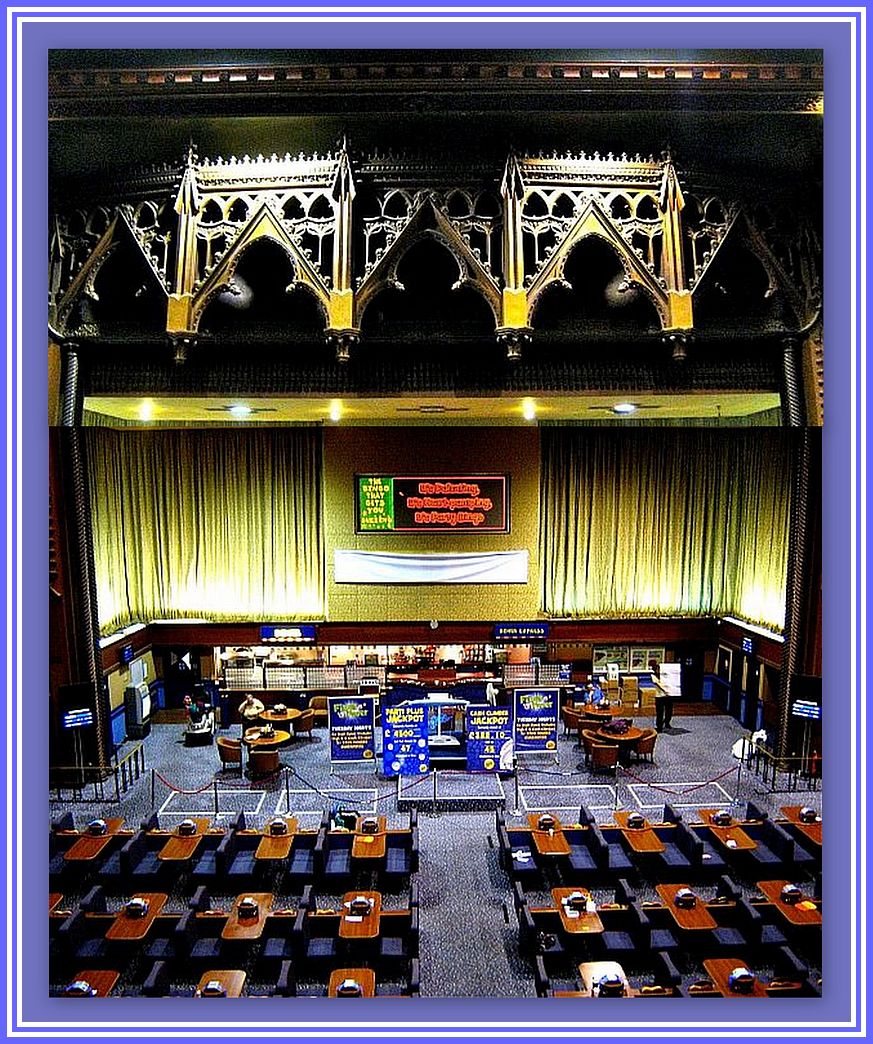
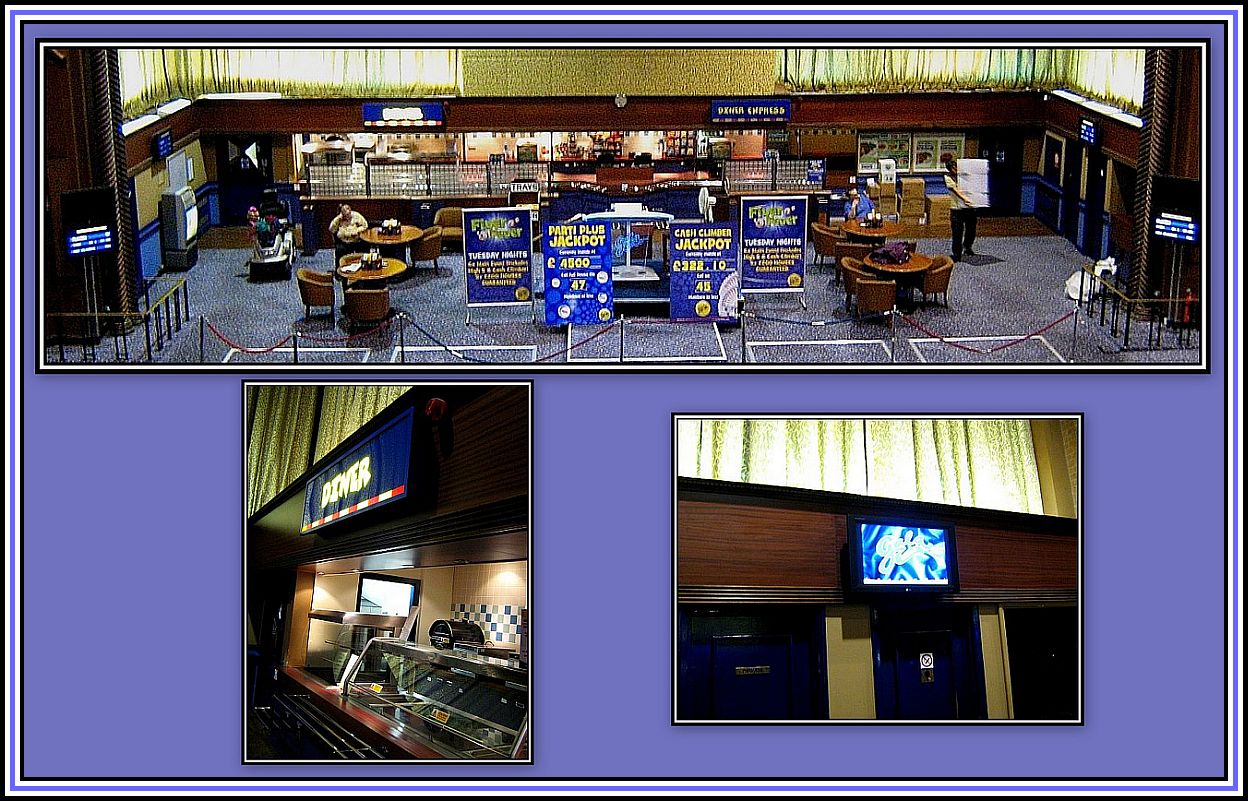

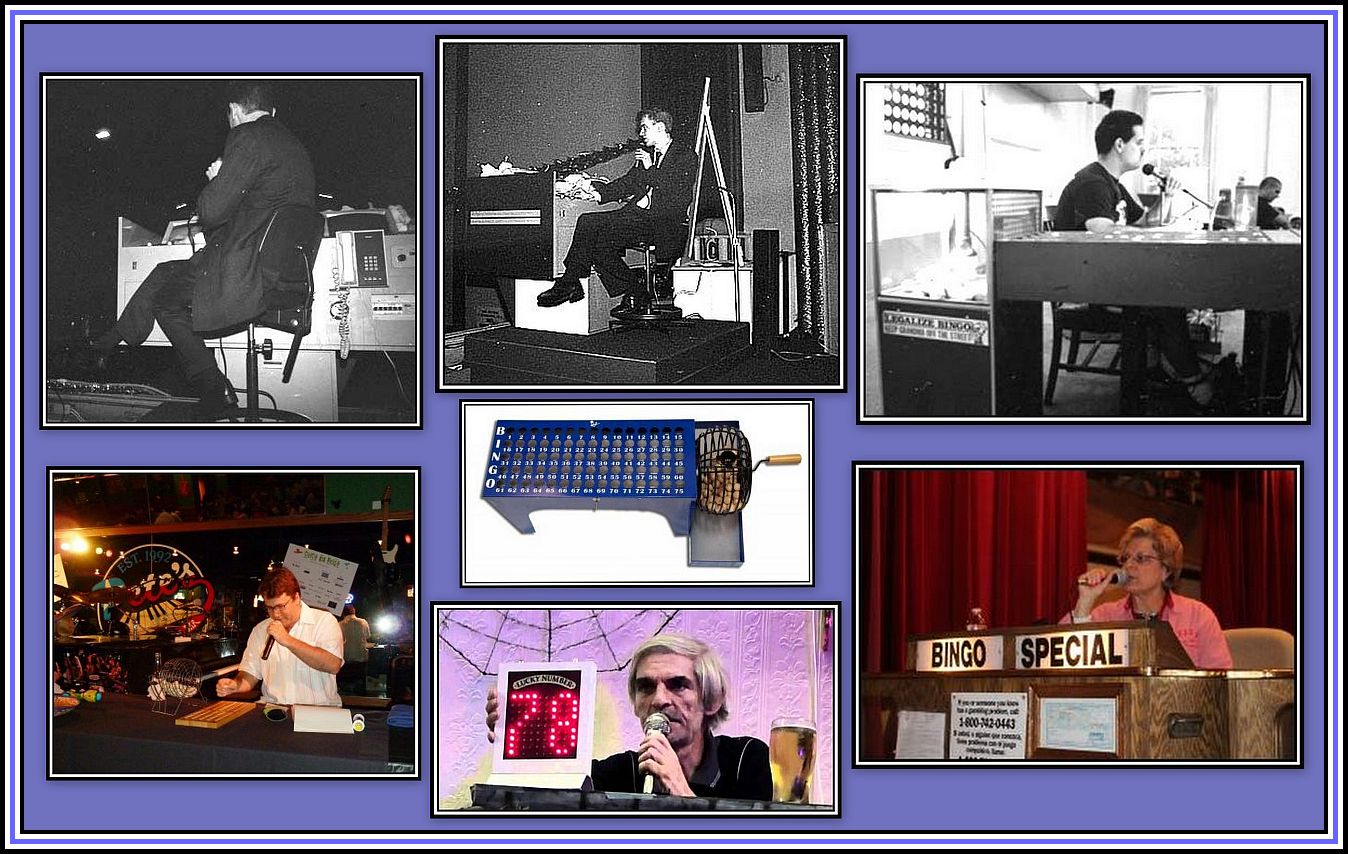

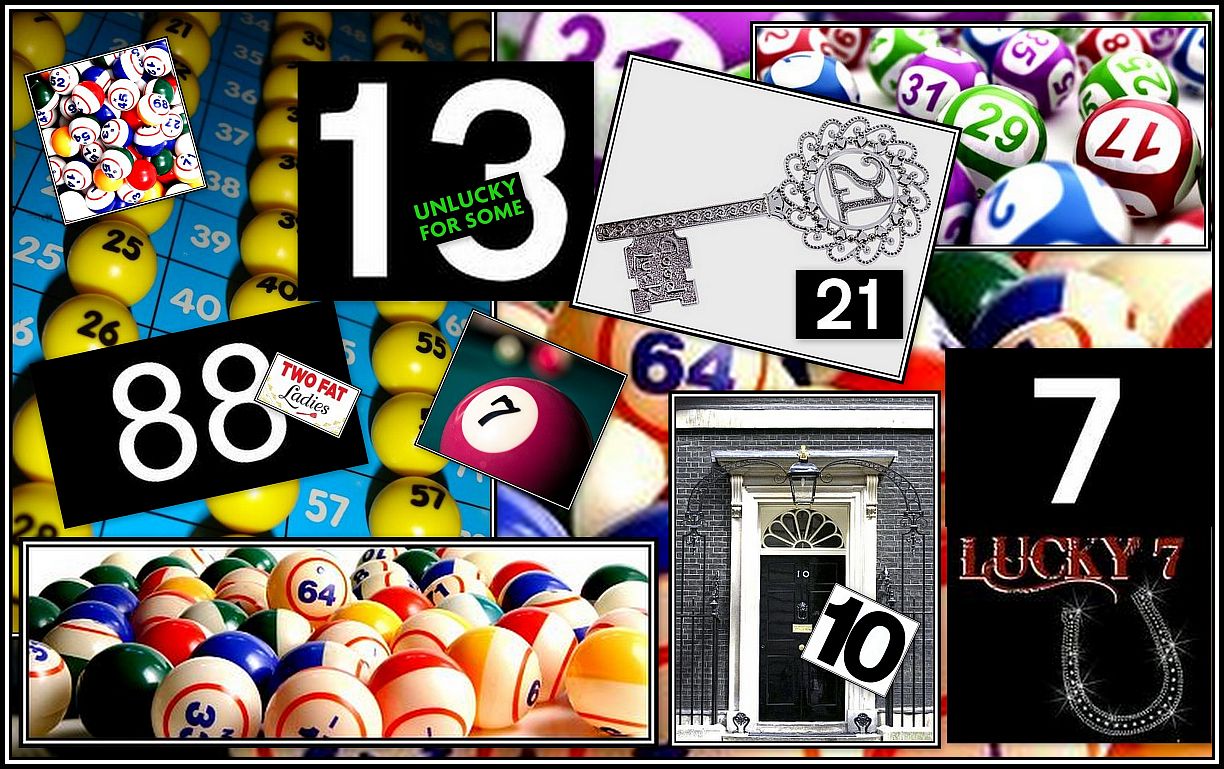
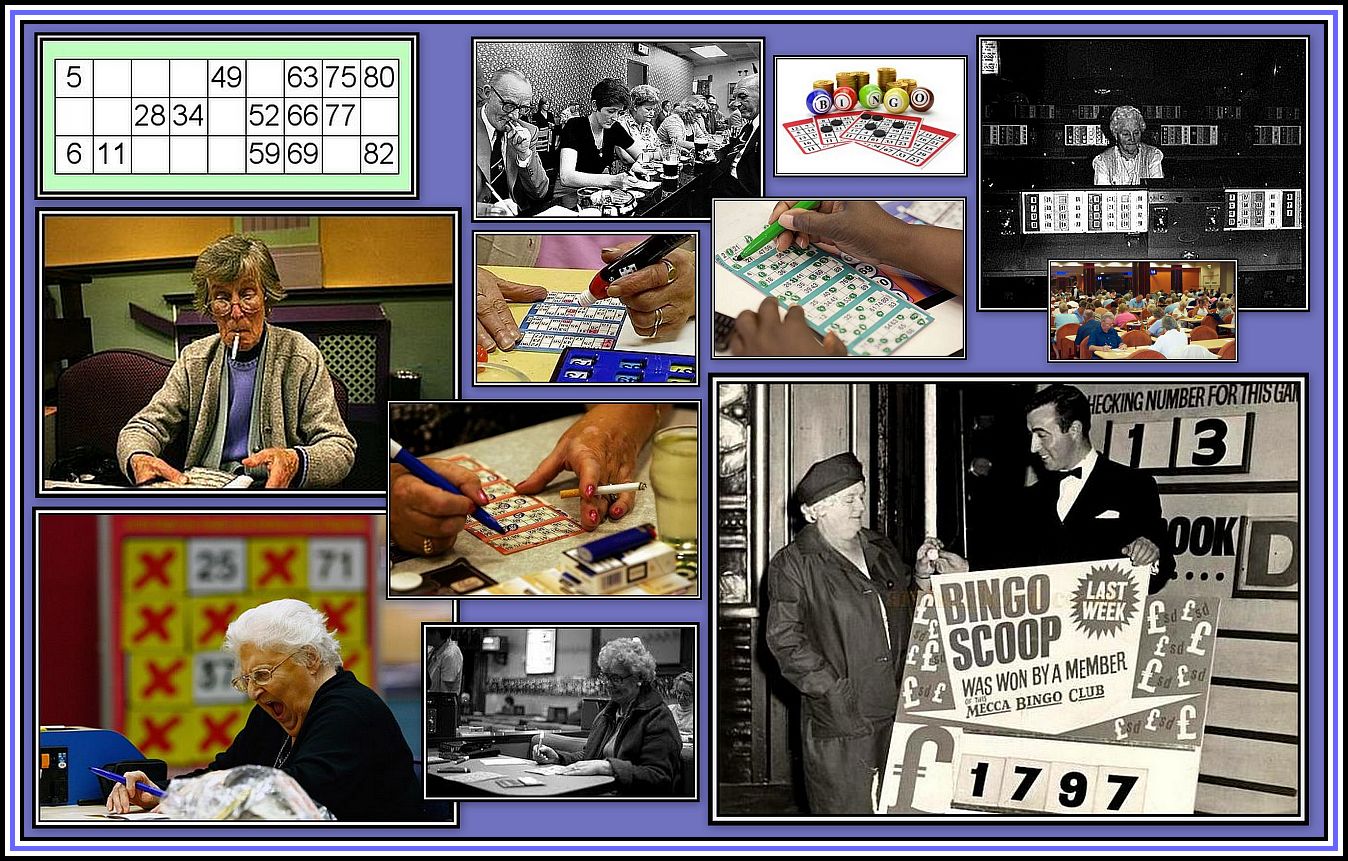
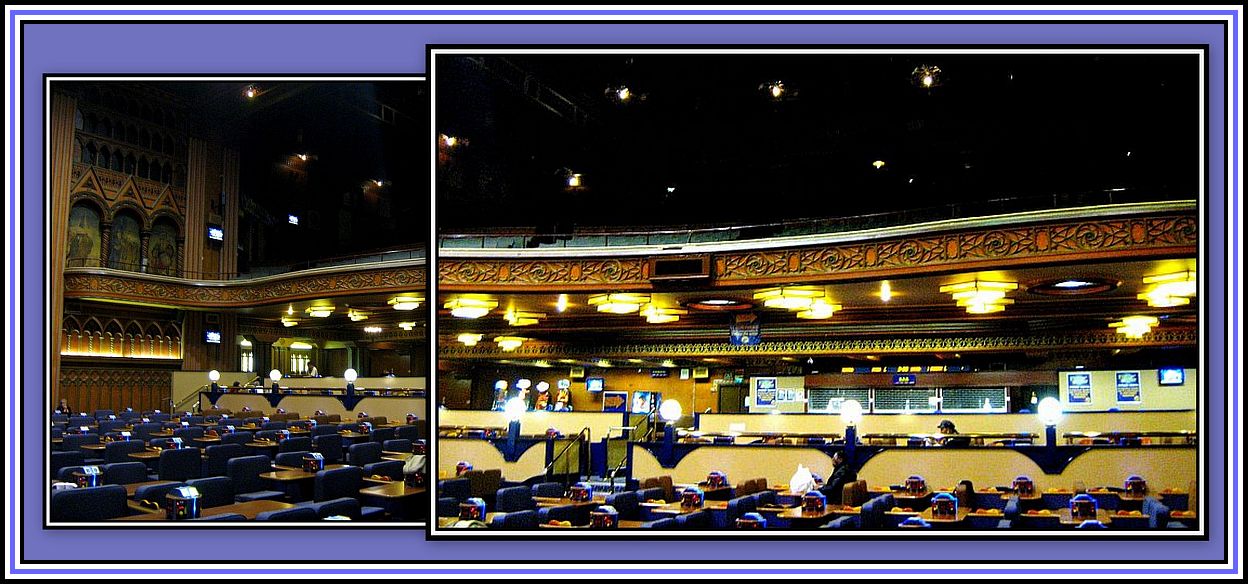

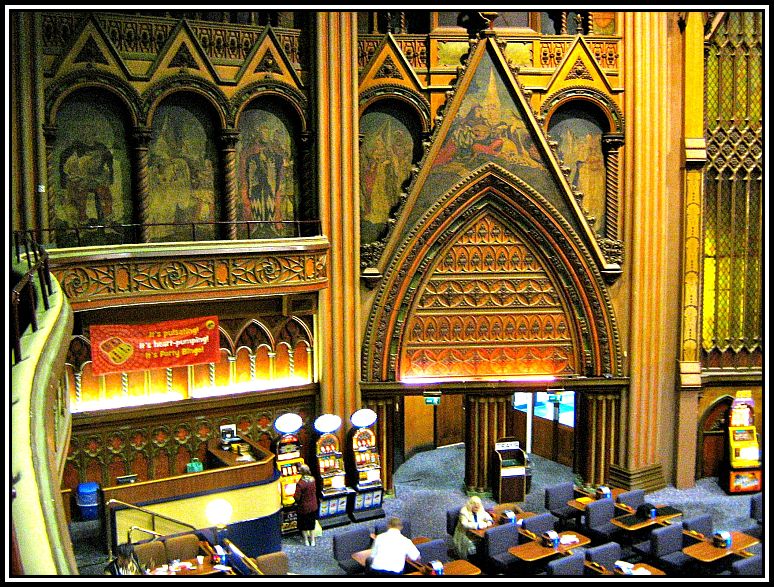
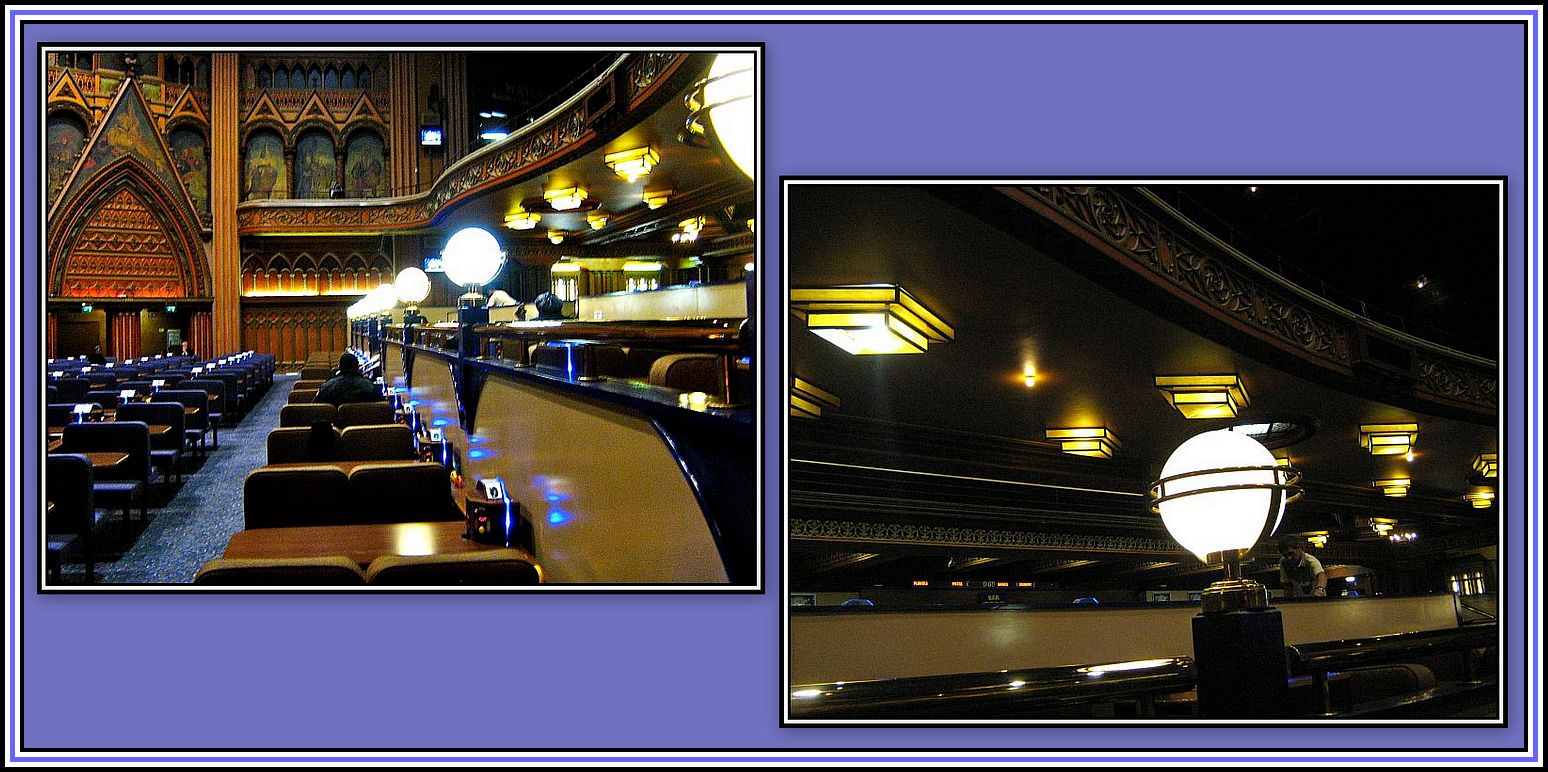
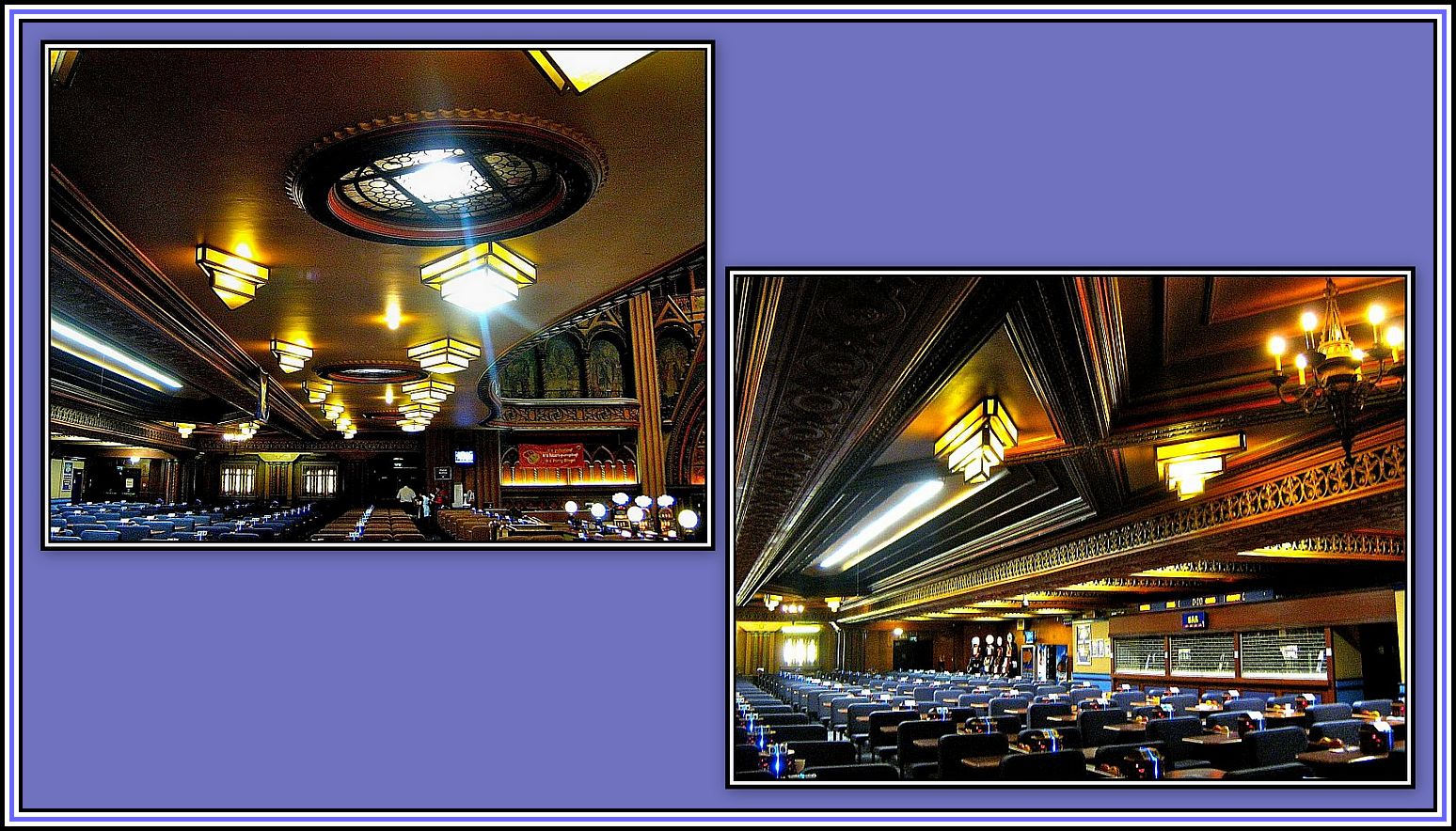
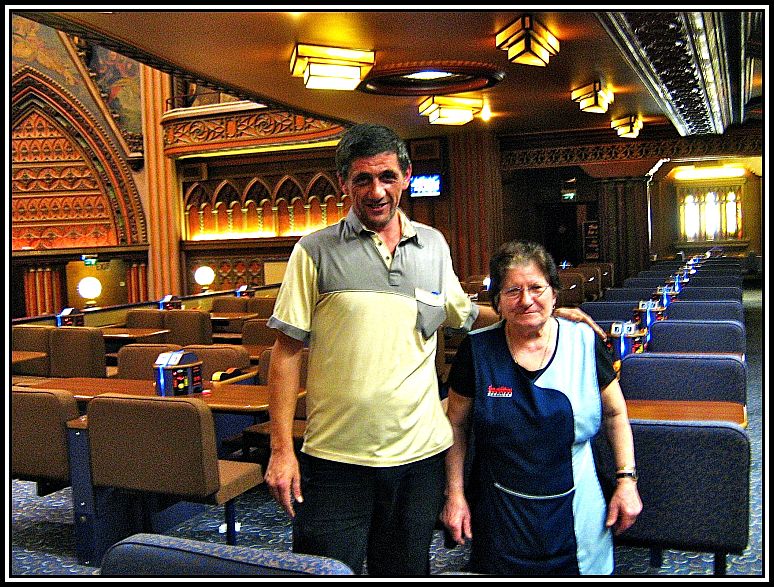
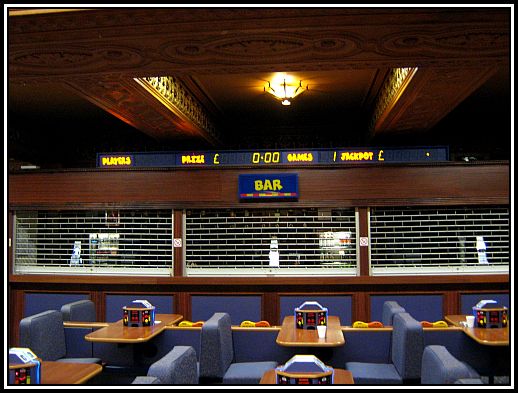
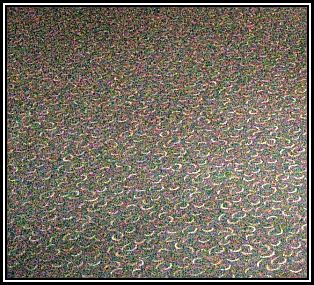
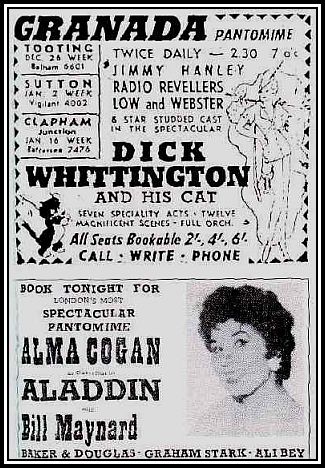

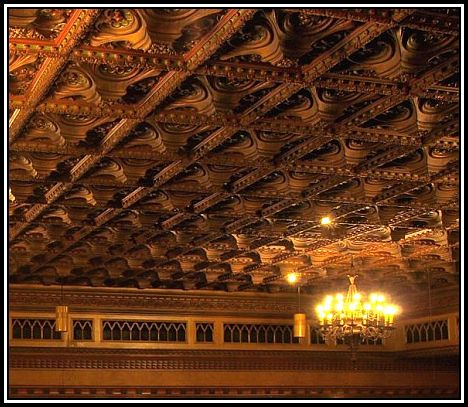
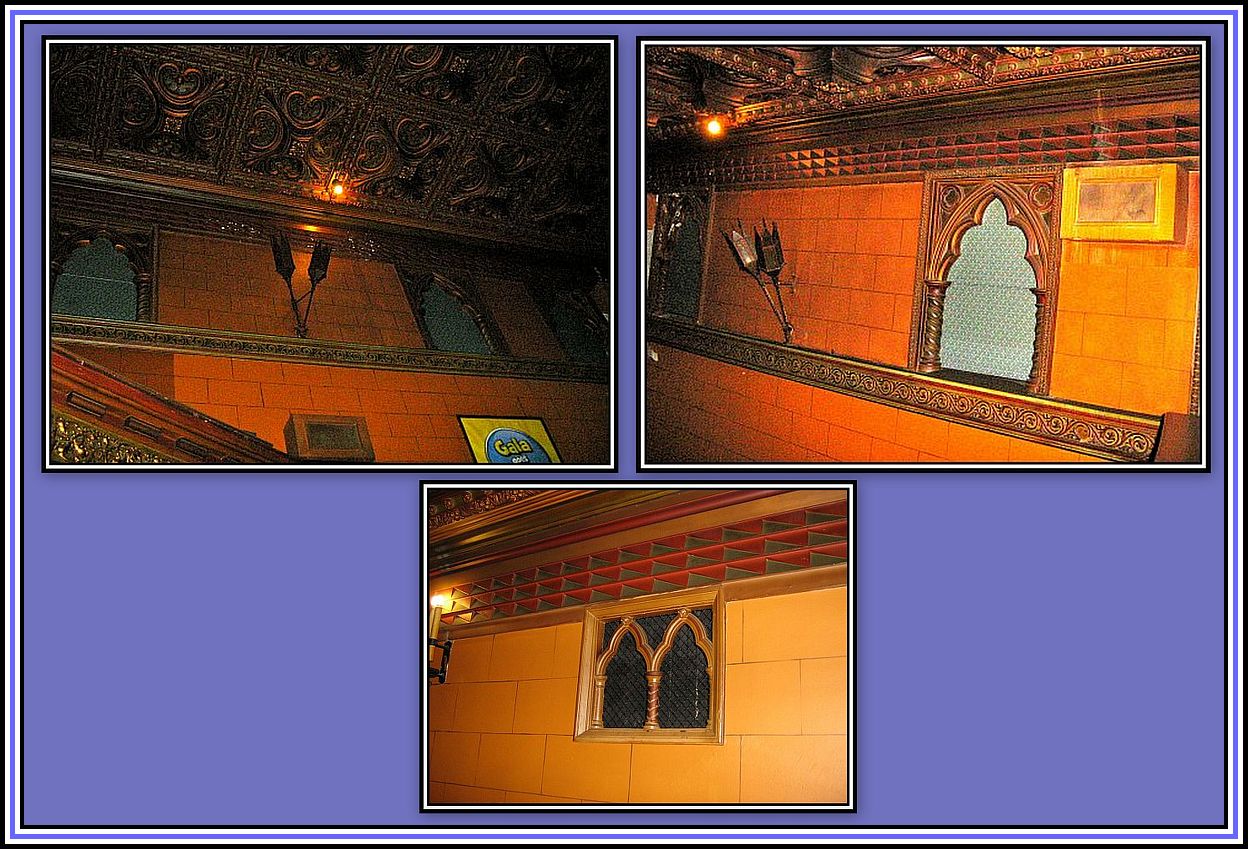
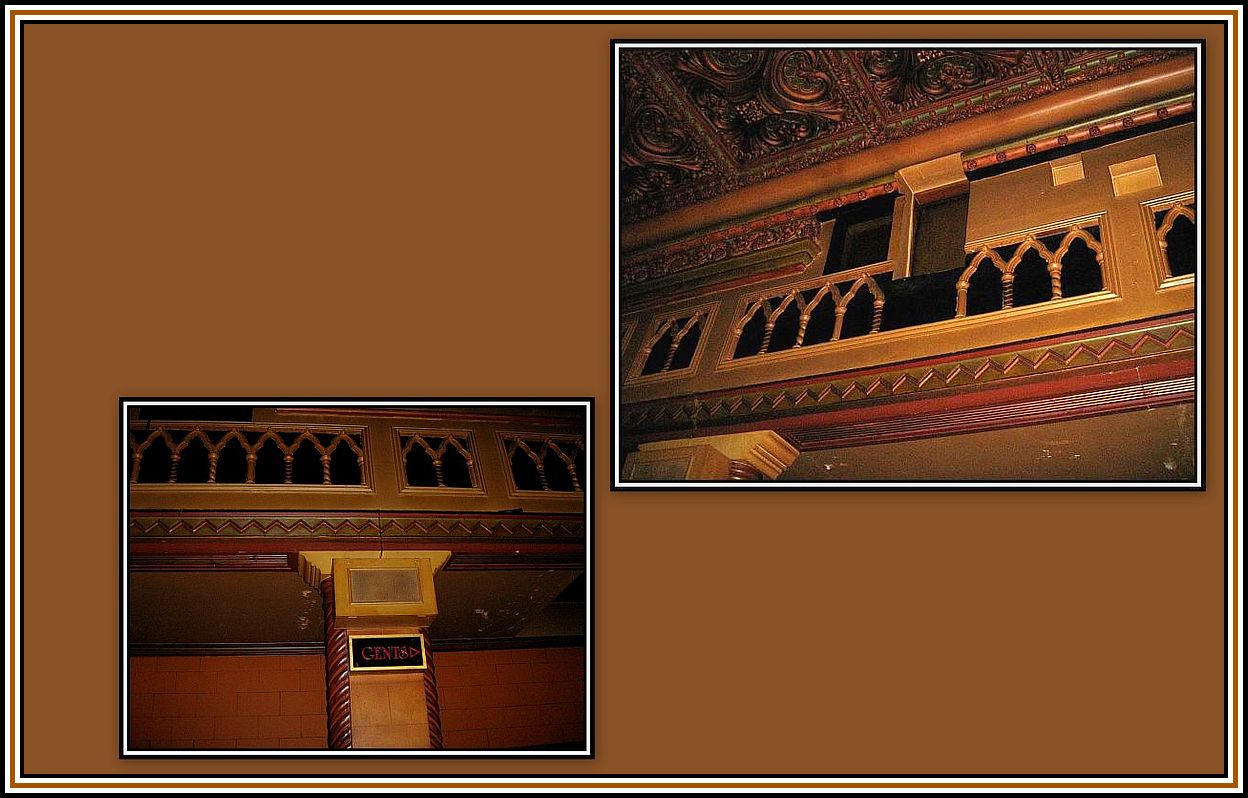
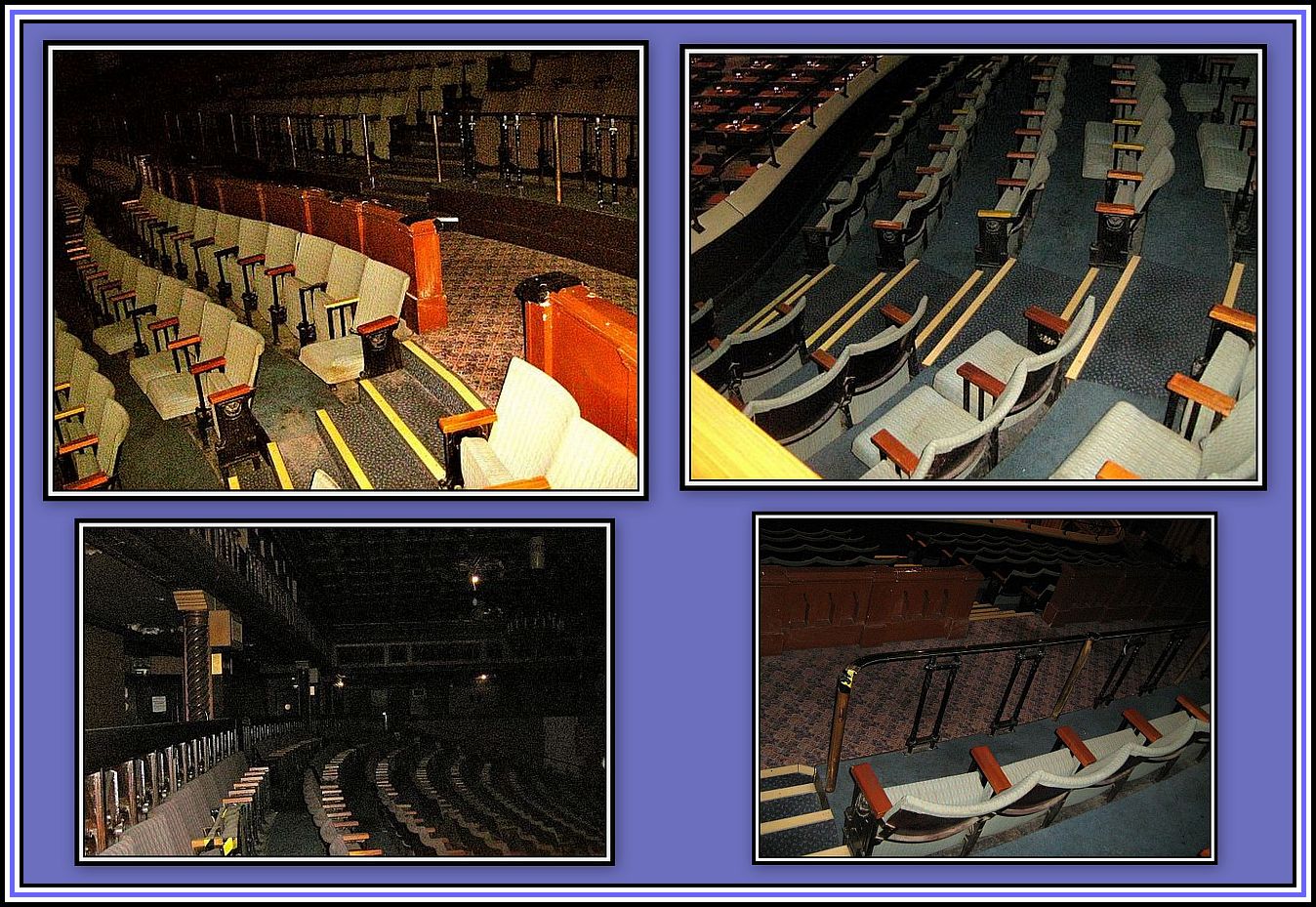
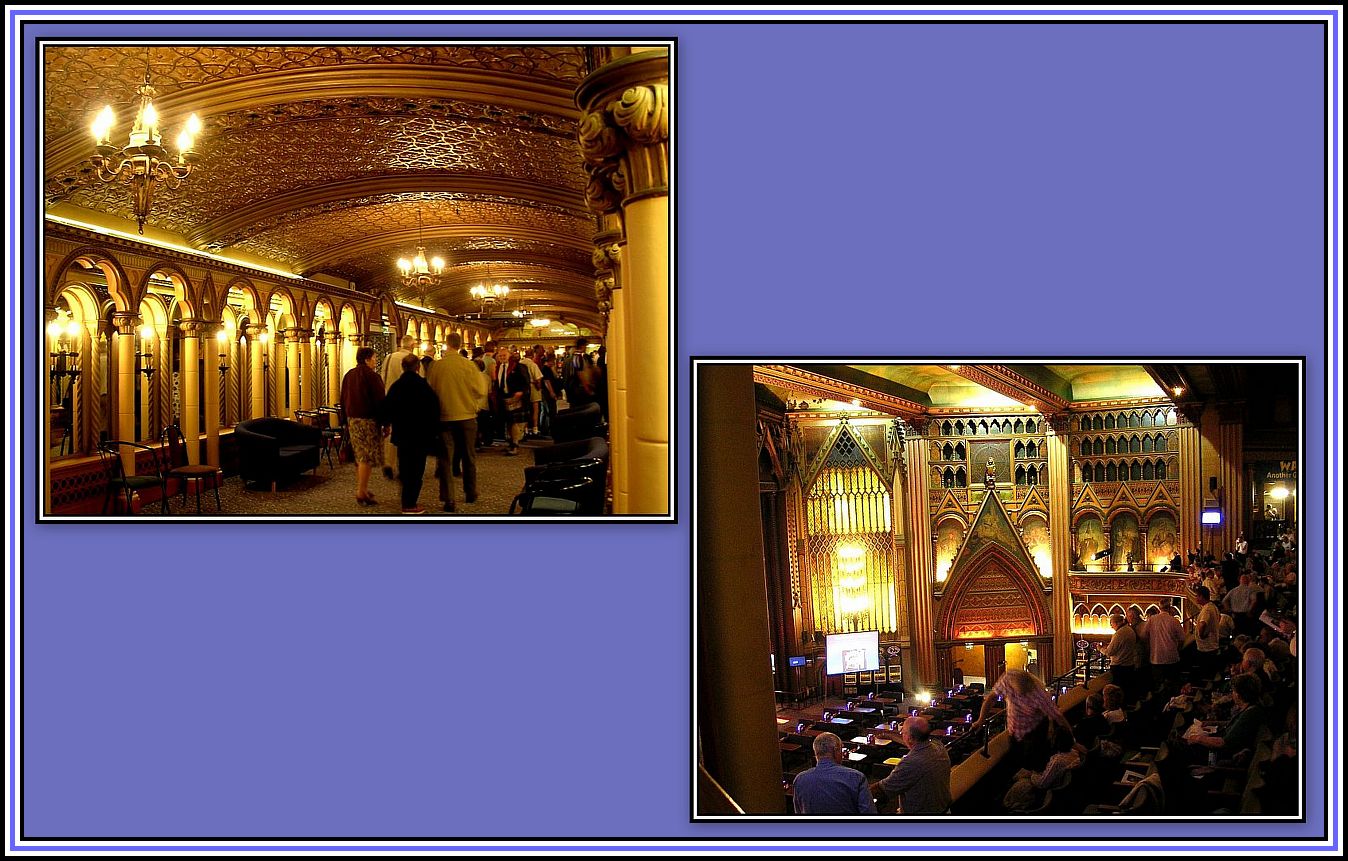
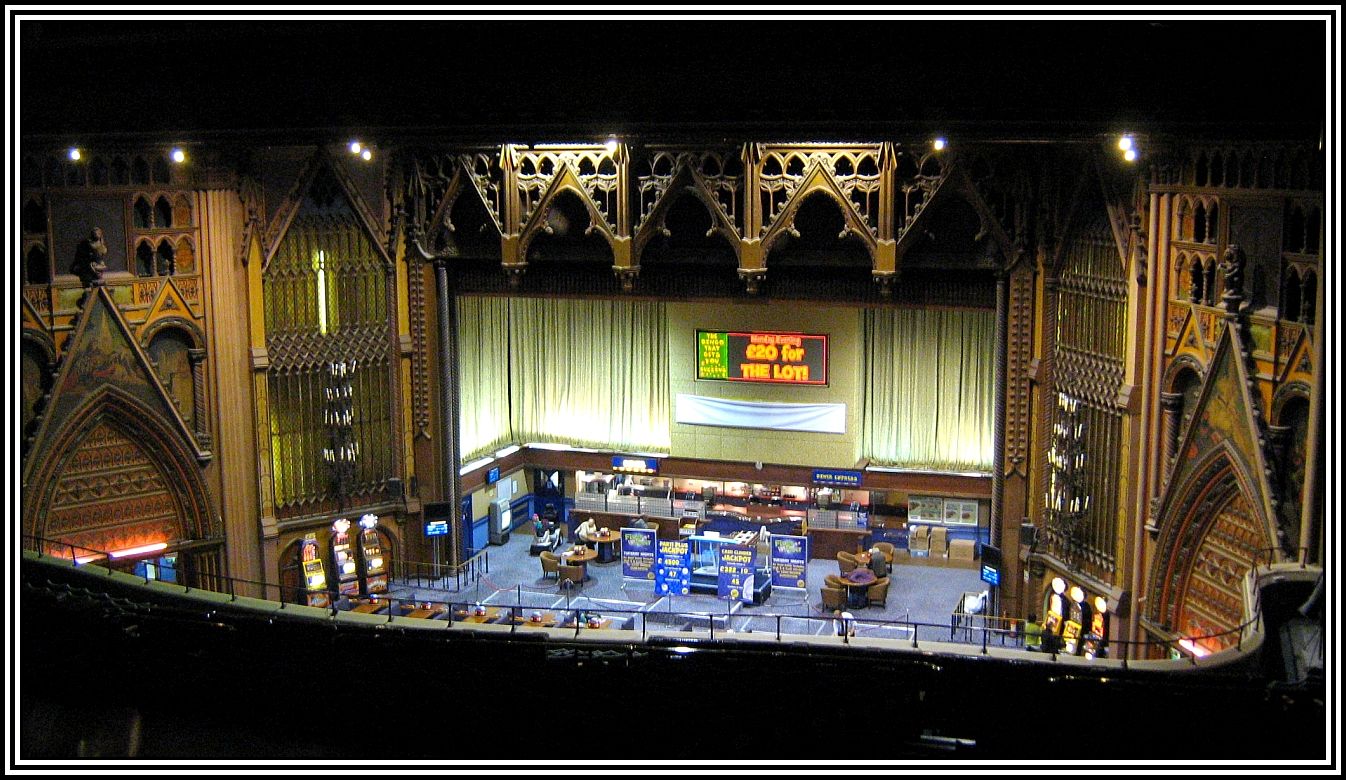
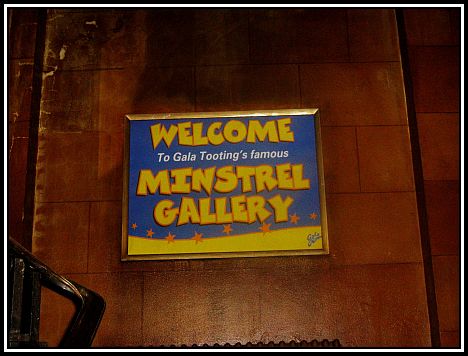

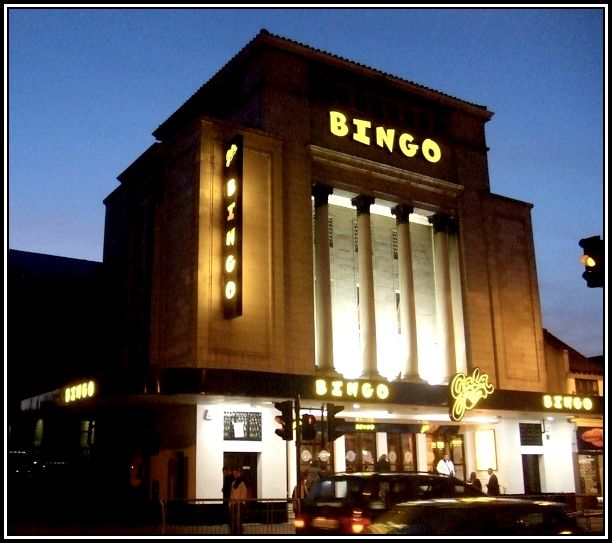

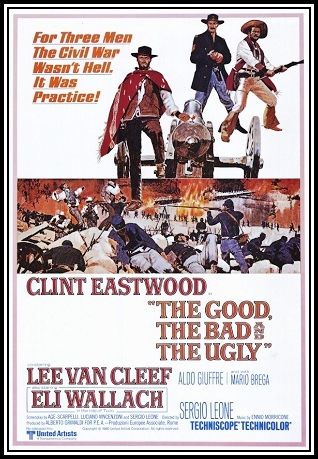
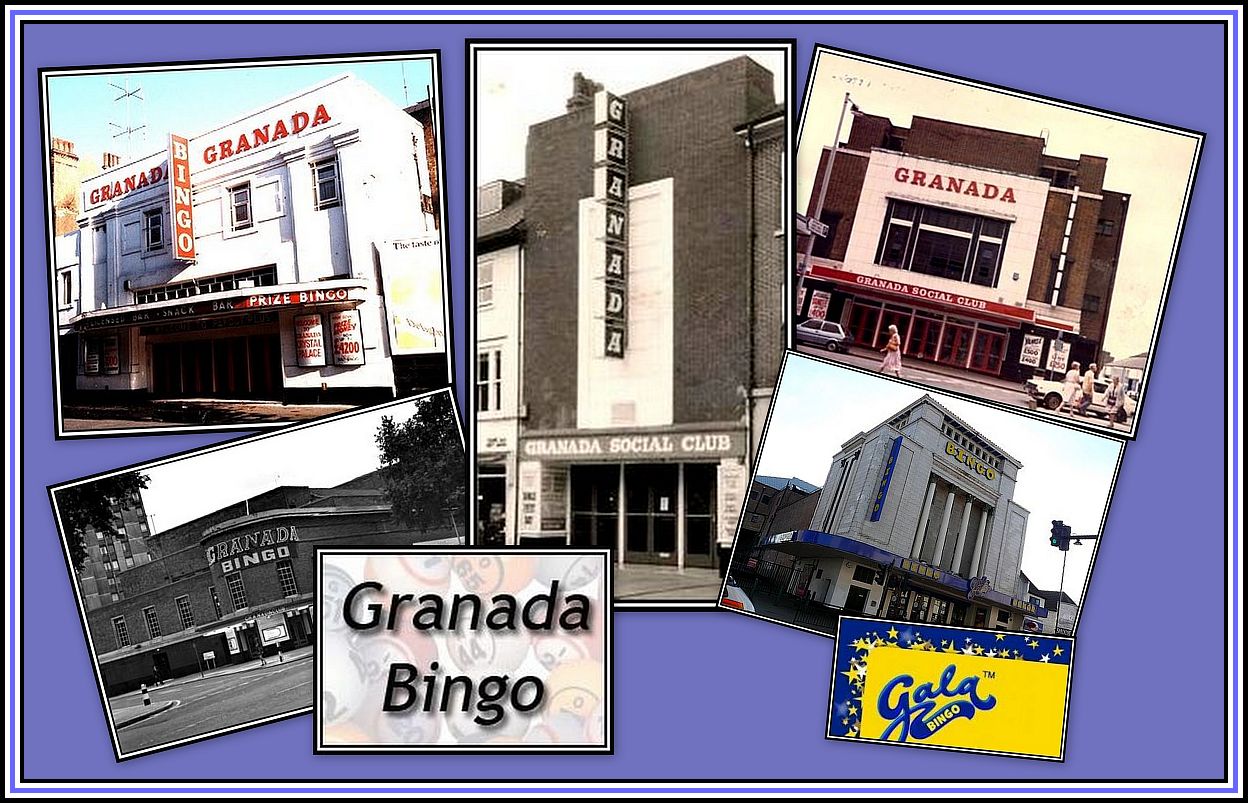
Hello again Charles,
Your photographs provide us with a wonderful archive of just how spectacular this theatre is (and with Grade 1 listing is likely to remains). I have visited on several occasions, the London Open Day, the grand re-opening of the Wurlitzer. This concert was sold out of all 1000 tickets, but I was one of the lucky ones who managed to secure a ticket. Doreen Chadwick, who played this organ during the war years when the regular male organists were called up for service to their country, delighted us all with a guest appearance mid way through. Little did we realize that just a few months after the sterling work of Len Rawle and his team is renovating this great instrument all would be lost with yet another flood. I wonder if Sidney Bernstein’s surveyors were aware that the site sits immediately over the underground River Wandle?
On an amusing note, my last visit resulted in me being locked behind the heavy gates beside the buillding. This led to a small staff car park. When I entered to have a snoop around the outside of the building this gate was open. To my horror, on return, it had been closed and locked! Despite my jumping up and down in front of the security cameras no help was forthcoming. My only means of escape was to climb over several walls of the adjacent yards and enter through one of the back doors of a shop. If anyone saw me it must have been a rare sight to see a pensioner scrambling over these high walls!
Regards
Peter Towell
Peter: Thank you very much for taking the time to post such an interesting comment. Charles
Madeleine Williams 12/11/2013 at 2:16 pm
Dear Mr Jenkins,
I am sorry to trouble you however I wondered whether you may be able to help. I manage the events programme for the Members’ of the V&A Museum and I am interested in running a visit to The Gala Bingo Hall Tooting, Mitcham Road. I see from the Playing Bingo website that you have written about this particular Hall in some depth and I wondered whether you would be interested in leading a tour of the building for a group of ours Members?
I look forward to hearing your thoughts on the above suggestion.
Kind regards,
Madeleine
The tour of the Granada Theatre Tooting has been arranged to take place in May 2014.
If you have any interest in attending, please contact Ms. Williams at the Victoria & Albert Museum.
Thanks.
Charles
Thanks a lot for these beautiful images of the Granada theater. It was just like a mime through time. I never knew how spectacular this theater is before looking at the pictures shared by you.
Just came across this site whilst idly googling and I’m reminded that in my loft there’s a group of old 78s which includes a 10″ HMV of the Wurlitzer at Granada Tooting, played by Lewis James [can’t trace him]: “I’m goin’ back to old Nebraska” and “Sweet Susanne”. Interestingly it was pressed at HMV’s factory in Calcutta! Guess the record was made at around the time of the cinema’s opening although it sounds older. It is an electrical recording quite clearly.
Charles a superb article on our granada, it will alway be remembered as such by us older folks i am surprised whilst roaming in tooting that you did not make your way to selkirk st which is only minutes from the underground station, to feast on what by some is the finest pie and mash emporium in the capital, nay tbe british isles, harringtons whilst not opulent like the granada, well somewhat down to earth,harringtons is a must for someone who grew up with pie, mash and .liquer and jellied eels, your articles are so well researched and written, they need to be printed and preserved, well done sir, regards
This is a fantastic tribute to Tooting Granada. I can remember going with my Uncle Harry (Lawrence) and Aunty Ciss (Collingridge, nee Lawrence). We saw Bambi, or Snow White and the Seven Dwarfs; perfect for six year old twins. Tooting was the family’s home town. My mother was the third child, born in Kenlor Road, and their younger brother Walter Lawrence, later owned a sweet shop in Garratt Lane; Lawrence’s Corner. Aunty Ciss lived in Blackshaw Road, where we had great family parties. My father lived in Mitcham, near Amen Corner, and we grew up in a house opposite Mitcham Common. The next time I remember going to Tooting Granada was to see Scott Walker of the Walker Brothers. We were around twelve and went on the 44 bus with an older girl; her name was Leslie Steele. The bus stopped outside and it was dauntingly busy, but it wasn’t long before we were screaming in the aisles with all the other fans. Fast forward to late teenage years: I’m sure we saw many films there and walked through the hallways and stairways of fabulous architecture and decor without a second glance. Wish I had taken more notice now. In my twenties, beginner’s luck was on my side when I was invited by a friend’s mother and sister, to play commercial Bingo. I won a hundred pounds! A lot of money to me in the seventies. So glad this is now a listed building. I’m also interested to find out more about Tooting Co-op. Has it survived too? My mother and two older siblings all worked there.
Hello,
In January 1954, I was in a Pantomime in the Granada theatre , Babes in the Wood, with guest star VERA LYNN, I was then Barbara Butler, playing ‘Betty’ girl babe, along with Paddy Wells (Bobby) boy Babe . you used to have a copy of the programme on the Granada site, which seems to have disappeared . I wondered why?
I was wondering if there is any memorobilia at all from that Panto which then moved on the other Granada Theatres in London.
Thank you , yours sincerely
Barbara Brailey
Thanks for your comment. I have written to you to let you know that there is a photograph of the programme cover of BABES IN THE WOOD with guest Vera Lynn is found on my Granada Theatre Woolwich page. Sadly, I don’t think any memorobilia exists unless it is owned by fans. I had been in contact with family members of both Bernstein brothers, but this seems to have petered out sadly despite their promising me all kinds of great information. Again, thanks for writing.
I’ve found an old signed photograph of Jayne Mansfield with Granada Tooting printed on the reverse. It must be from her personal appearance back in 1956.
Steve: Thank you very much for visiting this website. WHAT a great find! I would love to see a copy of this photograph (both sides) and, if you agree, post it here. Regards and thanks again. Charles
Steve: Your postcard of Jayne Mansfield has now been uploaded here. Thanks again. Charles
Hello Charles,
I just wanted to congratulate you on all your research and for putting together your wonderful website which I’ve dipped in and out of many times over the years. Your passion for the Tooting Granada is truly extraordinary and I truly thank you for documenting it in such a lively engaging and visual way. I also think it was where I first came across anything about the Salvador family. I’ve lived in the Wandsworth area for over 30 years but it’s only in the last ten or so that I really opened my eyes and started taking an interest in the history all around me. I started doing Guided Walks and Tours, giving talks and visiting schools. I’ve even put up a few plaques. Of course the Granada is the jewel and though its never going to be like the ‘golden days’ its great to see it thriving and somewhere people can still go to have a good time in the most incredible of surroundings. I get a tingle of excitement every time I go past it thinking about all that has happened there and the wonderful memories it made for so many people! I’d love to put up some kind of plaque with the names of some of the artists who performed there because most people really don’t know… and they should. I’ll keep you posted as to how I get along with that. Anyway, I just wanted to ask if you have any knowledge about who the managers were in the early years as someone who believes a family member may have been the manager there in the 30s contacted me from Canada recently. They are visiting soon and I’m hoping to show them round. Yours sincerely, Geoff.
Geoff: Thank you very much for your kind comment. It is nice to know that there is someone else who admires this glorious building as much as I do. Sadly, I have no knowledge of any of the managers of the building. Perhaps the local newspaper may be able to offer some help. I look forward to hearing about your wish for a plaque.